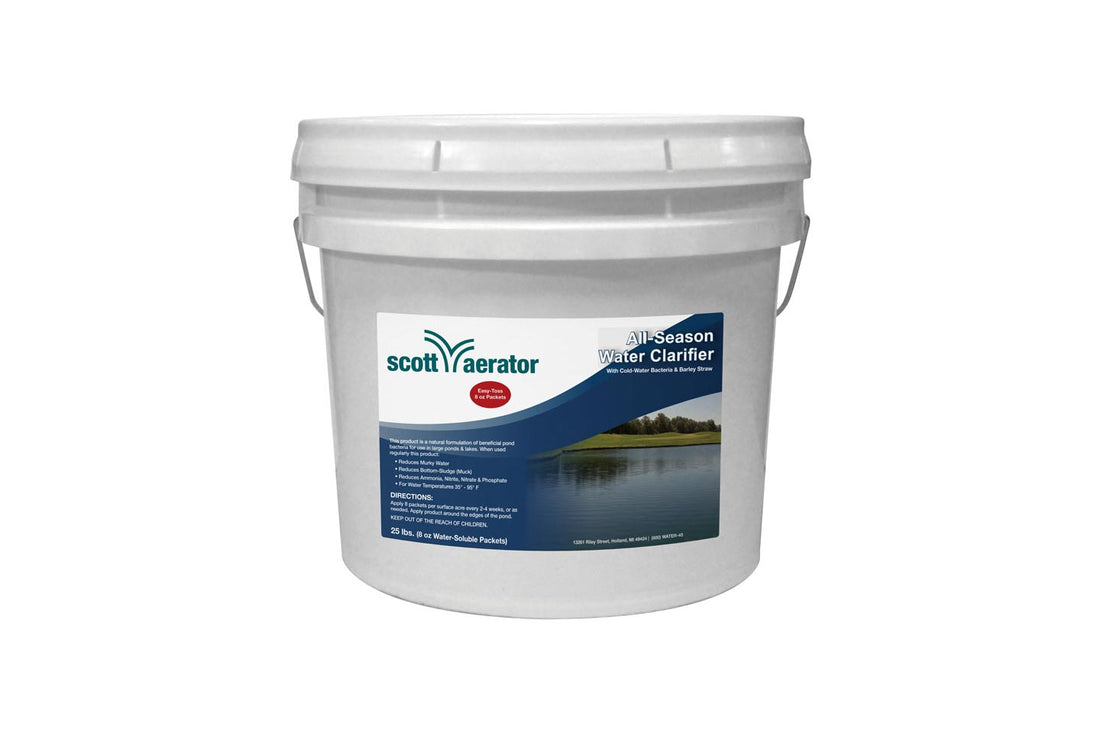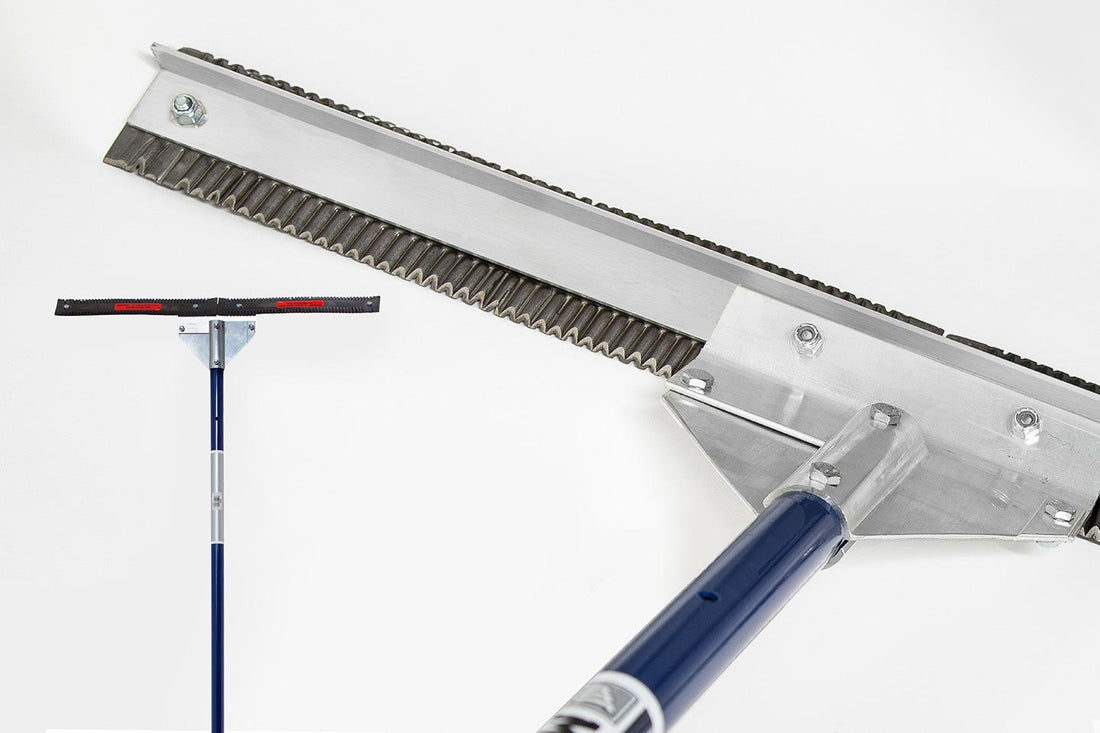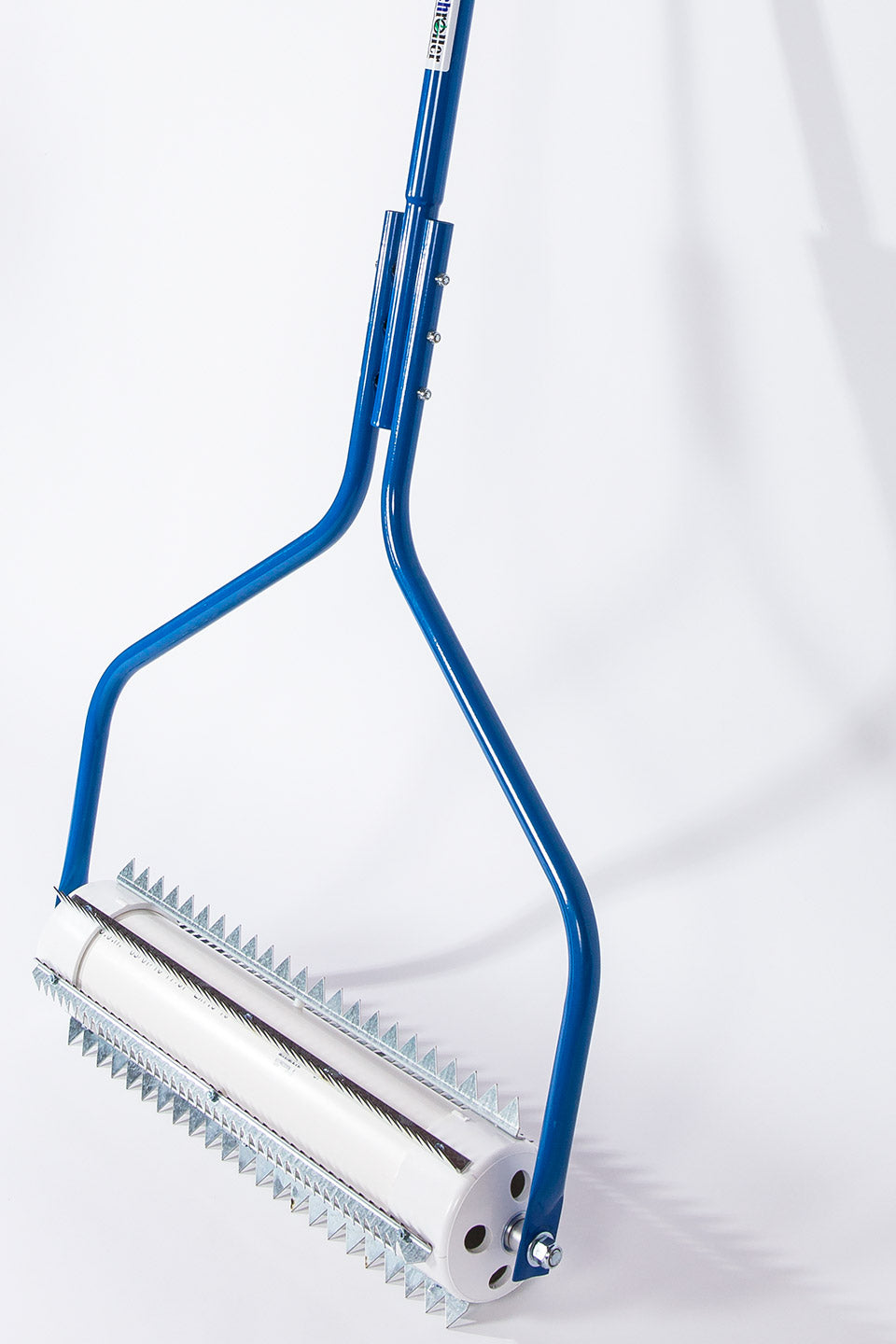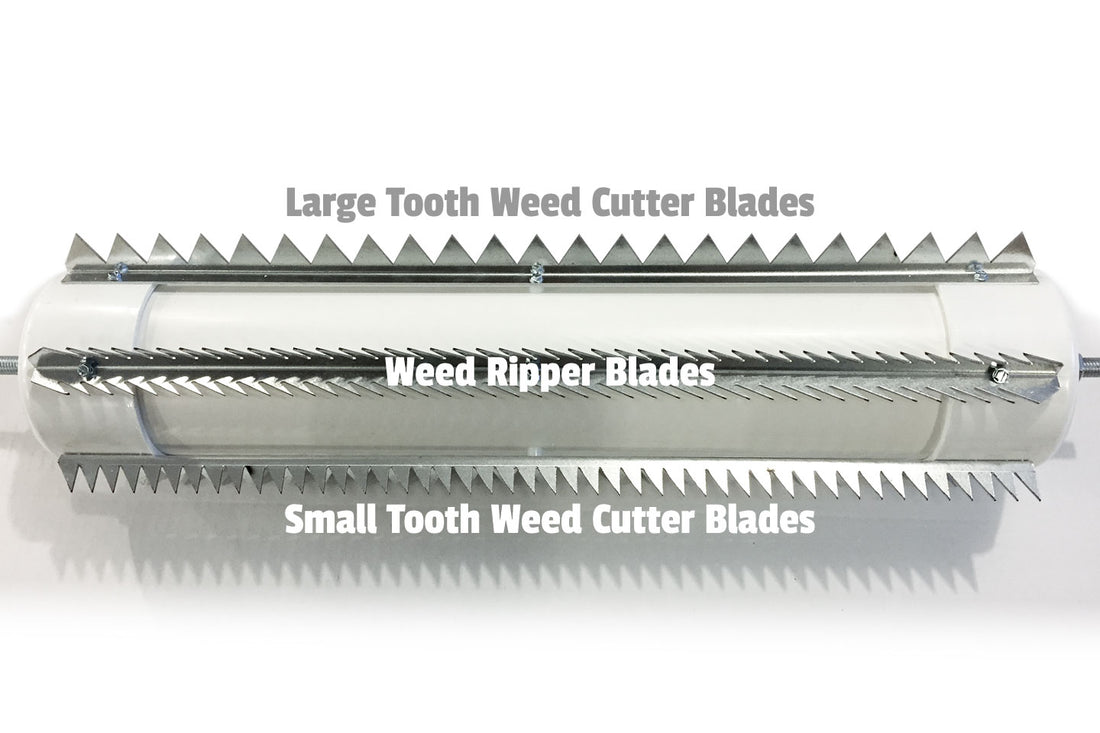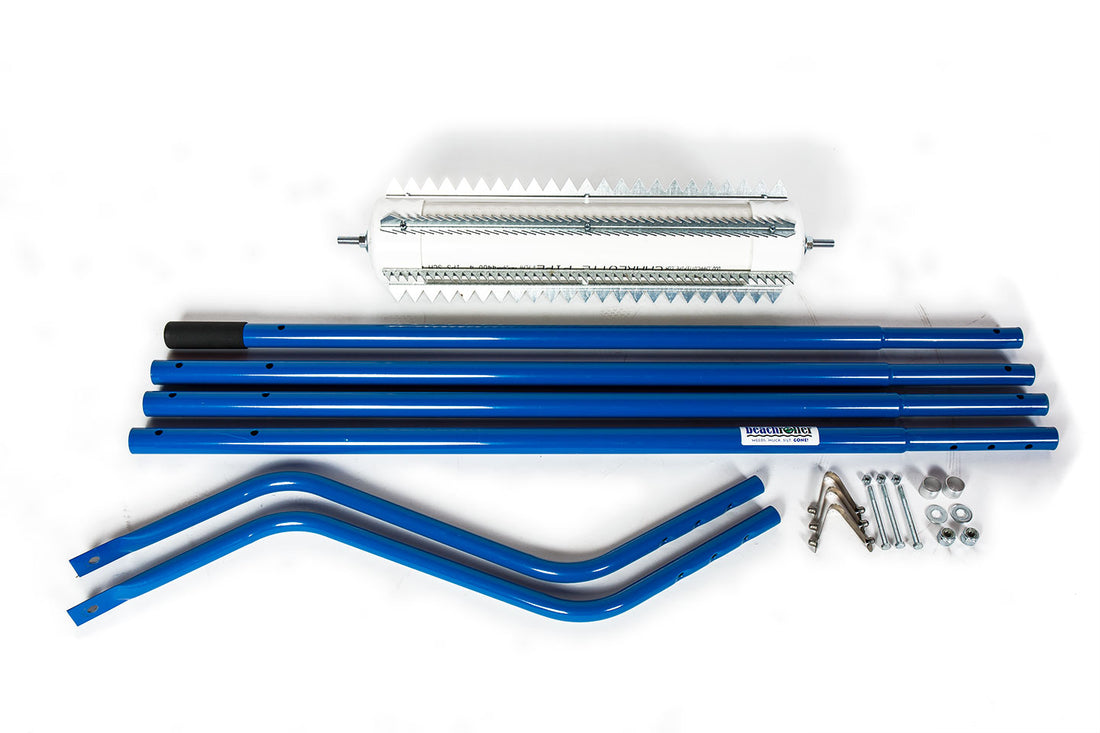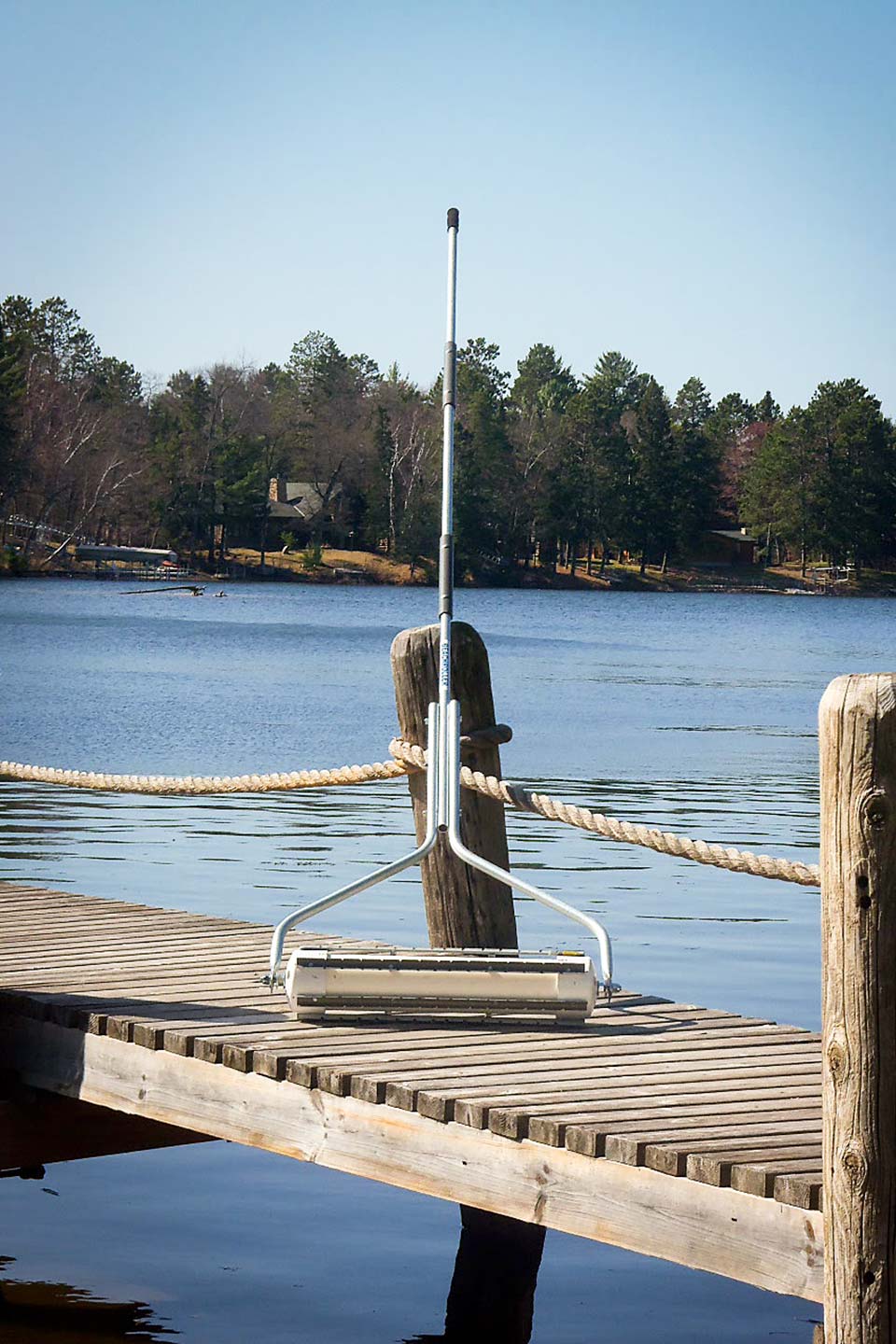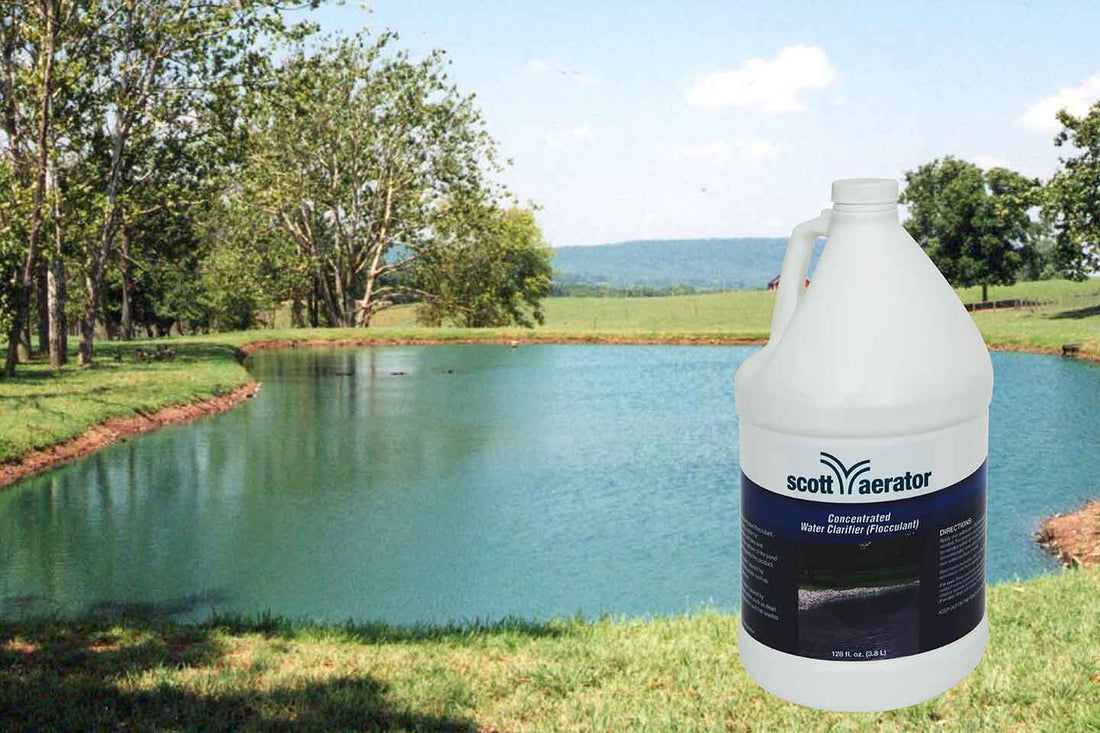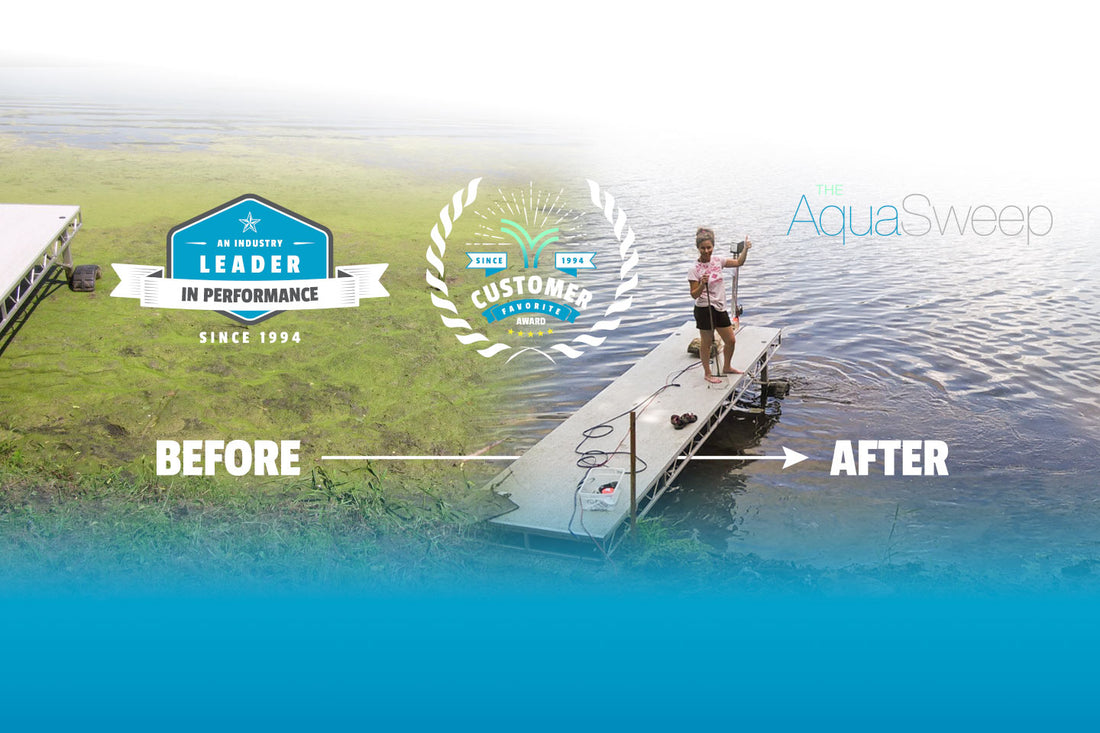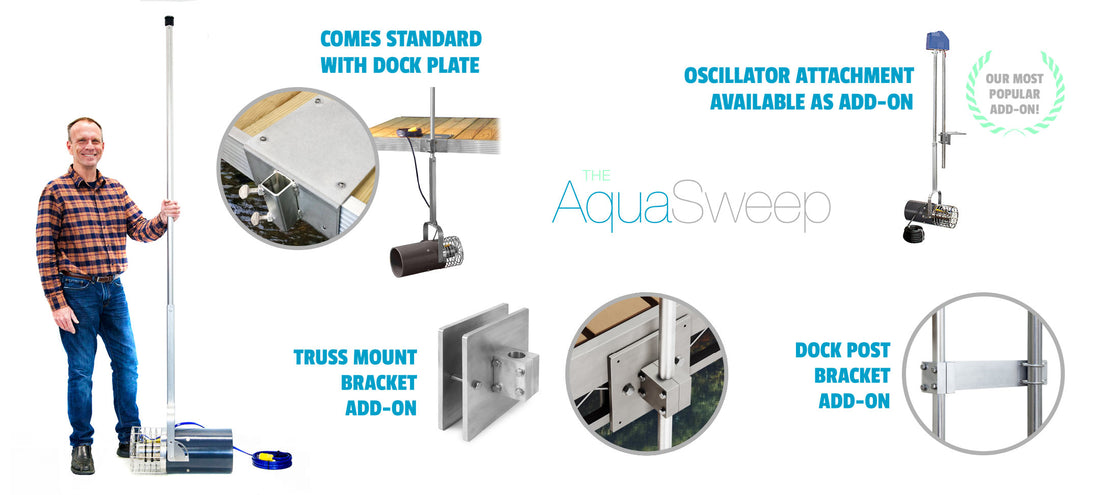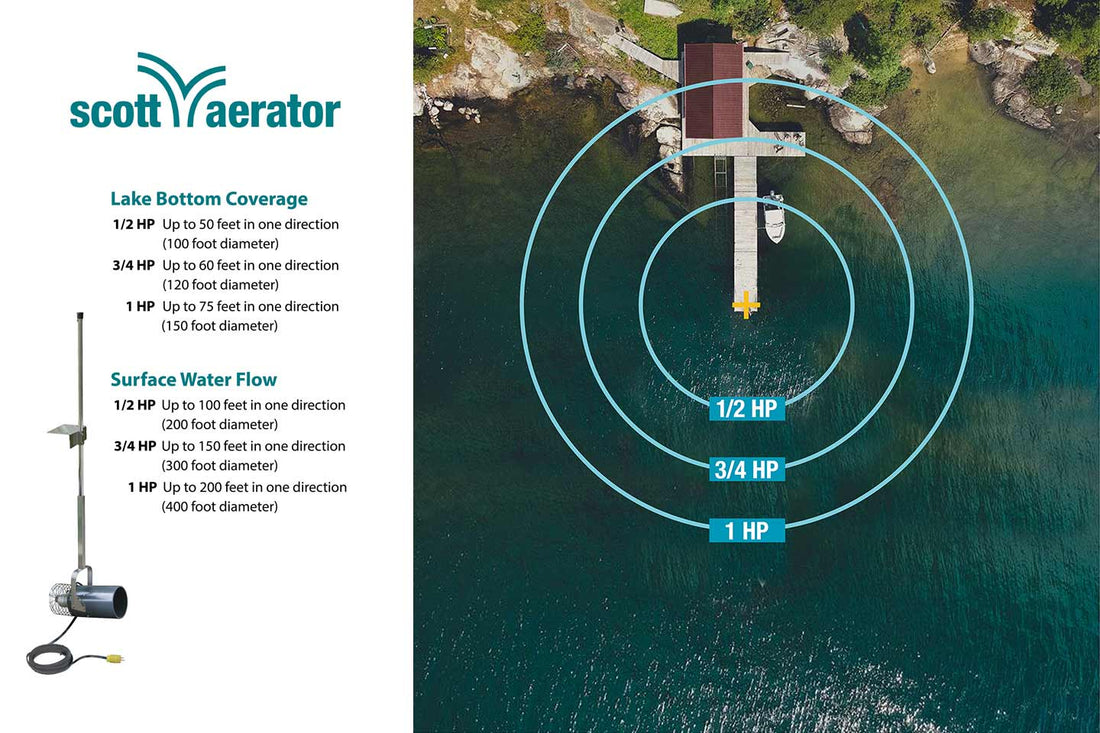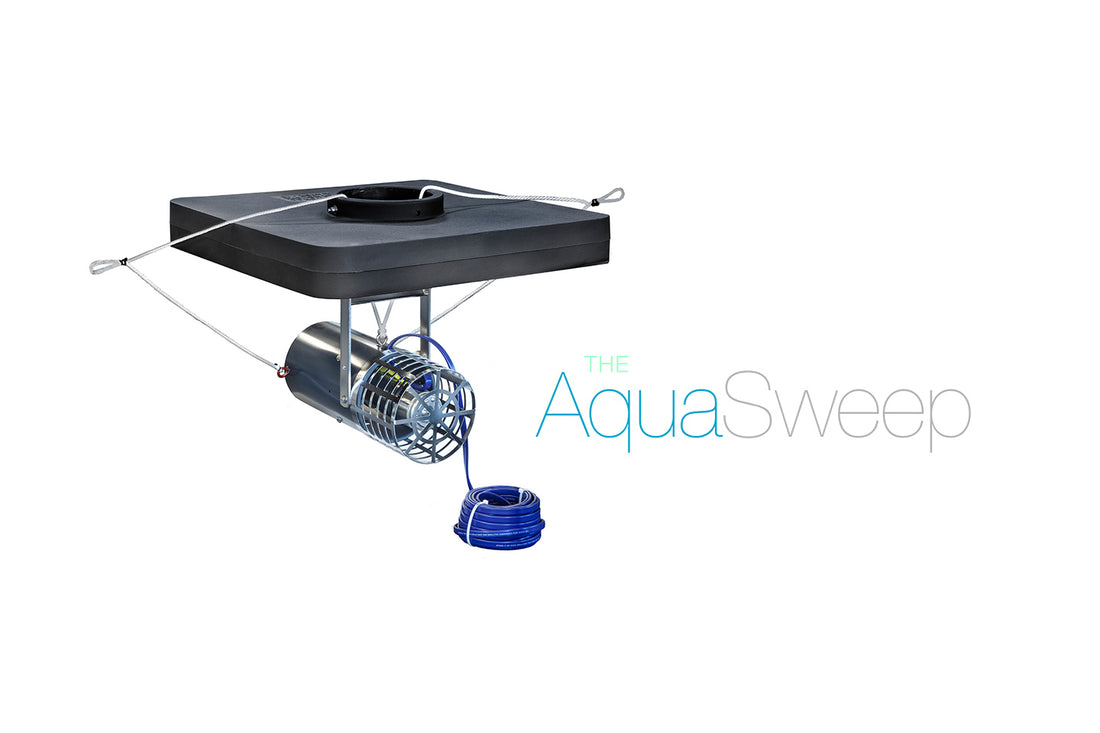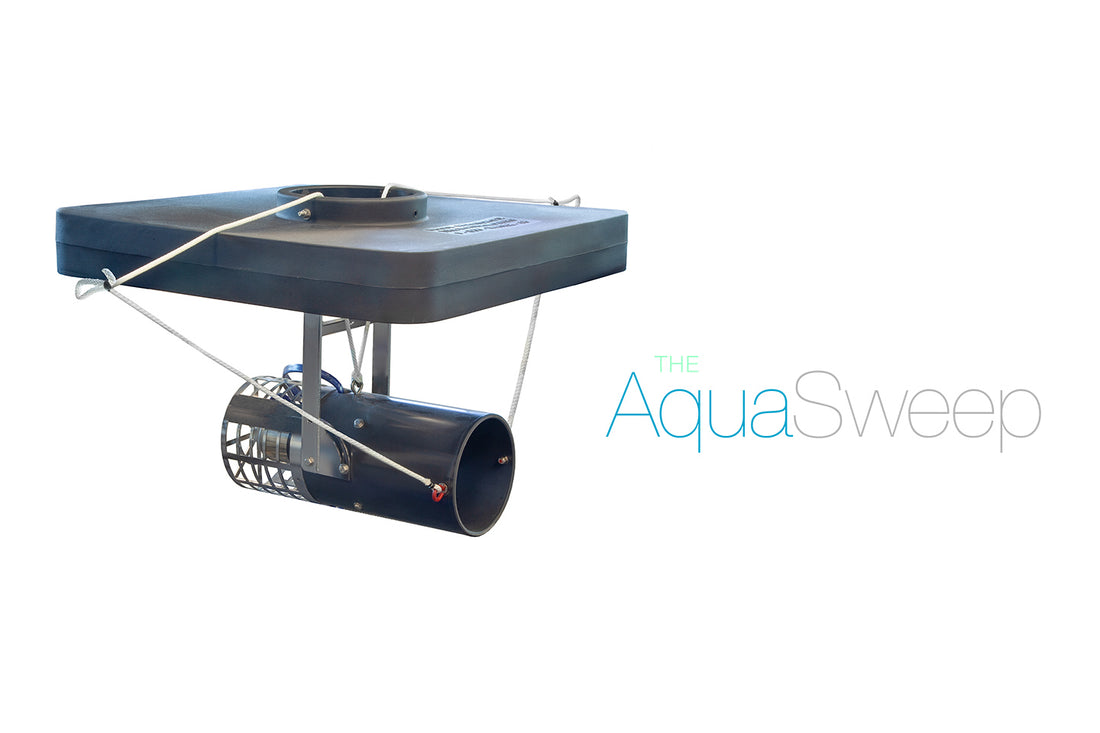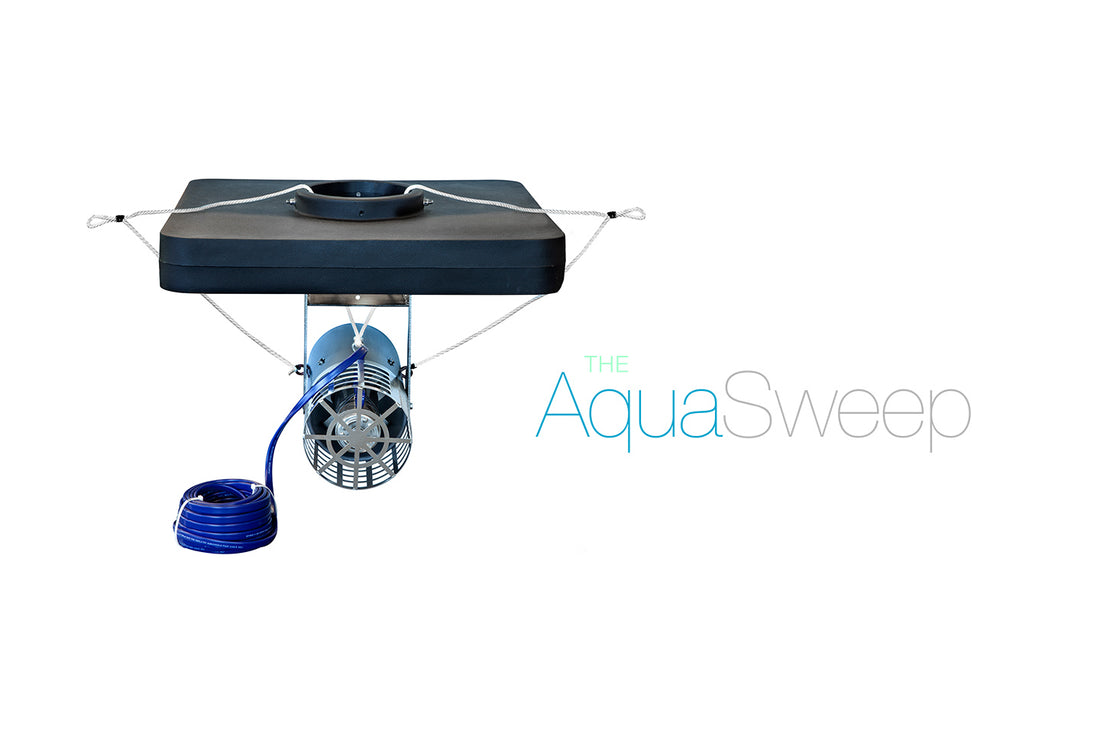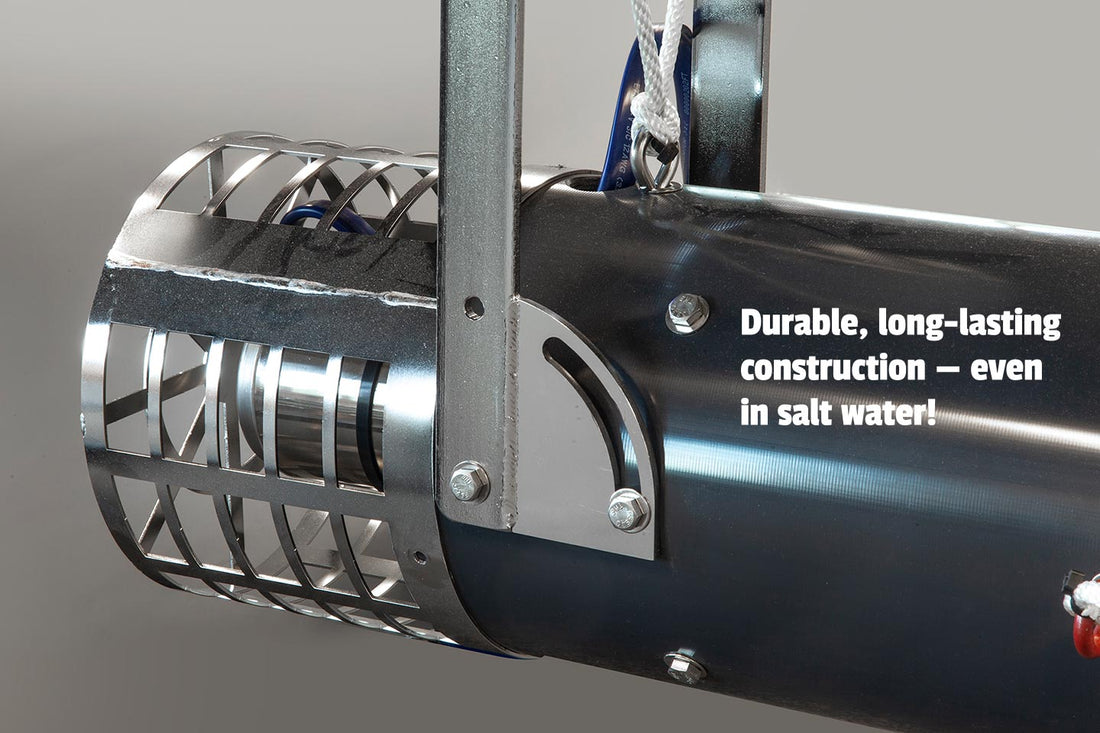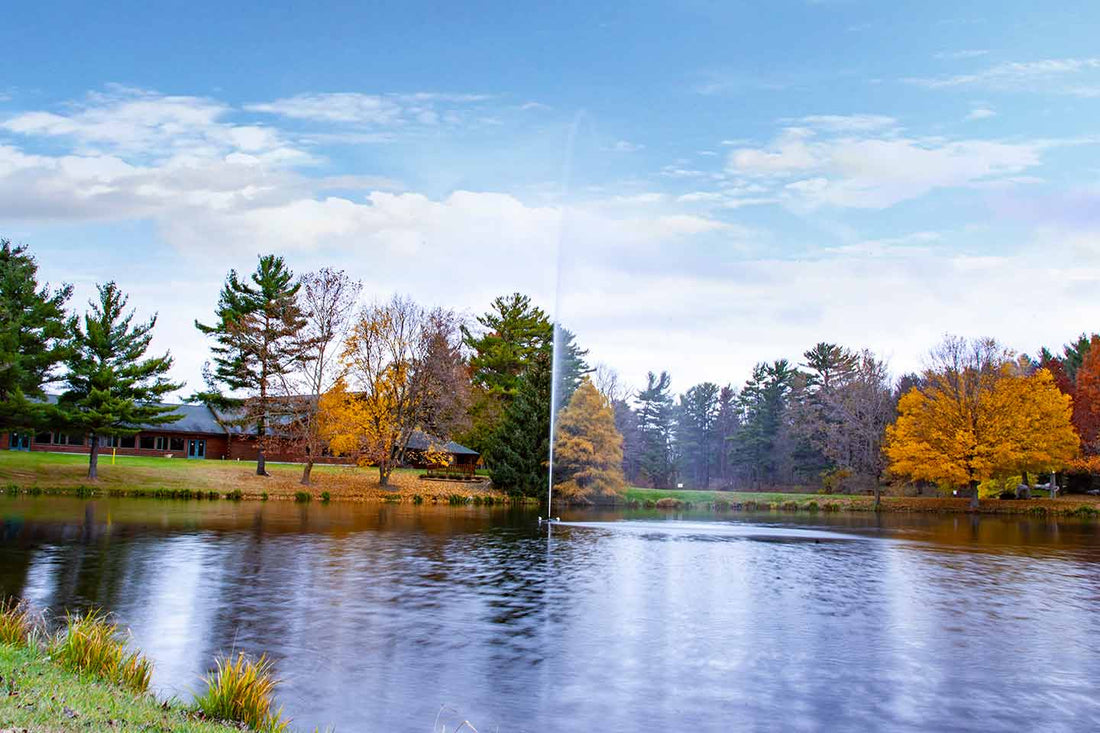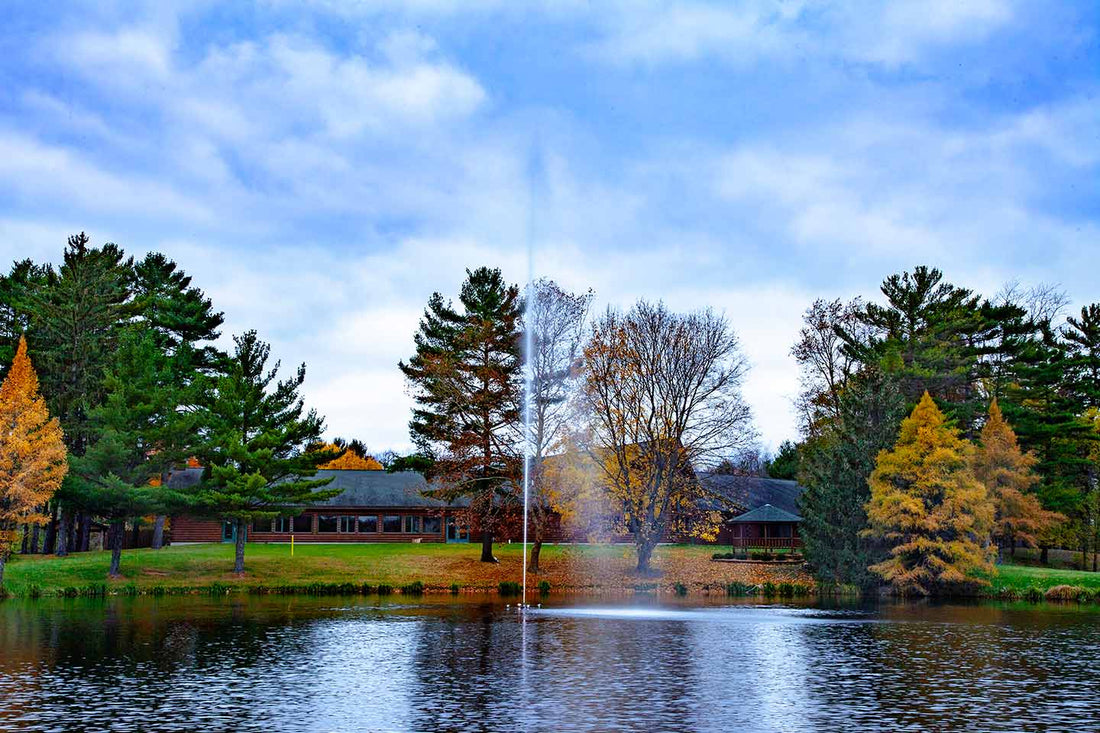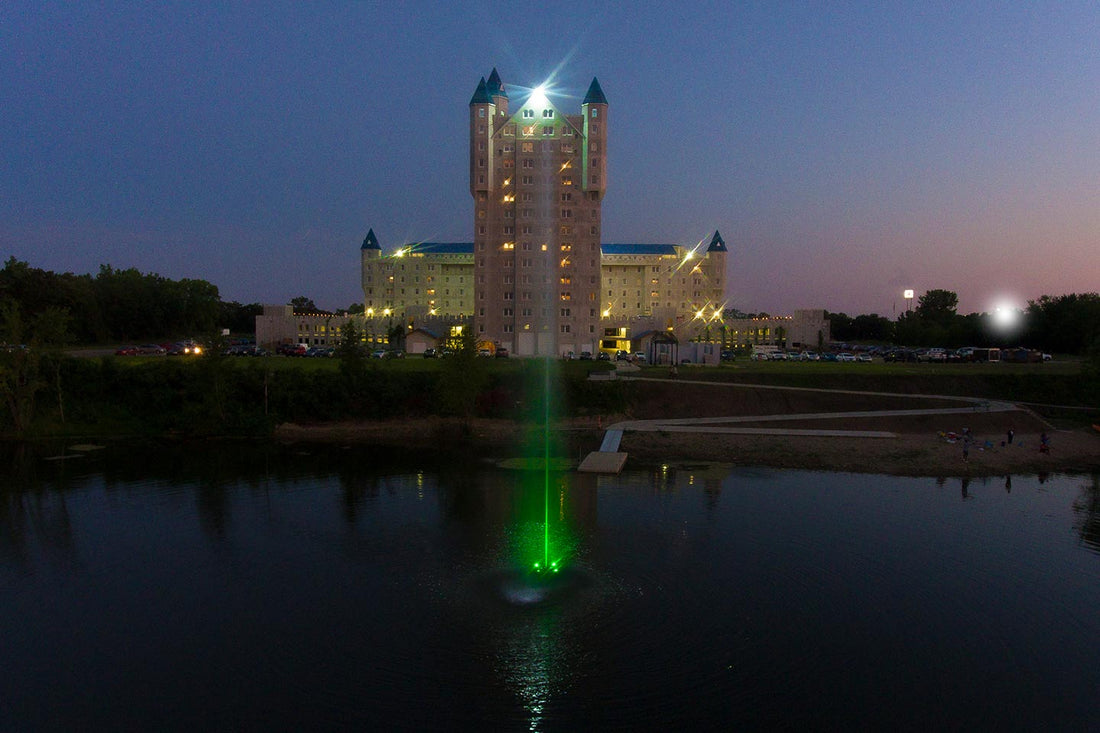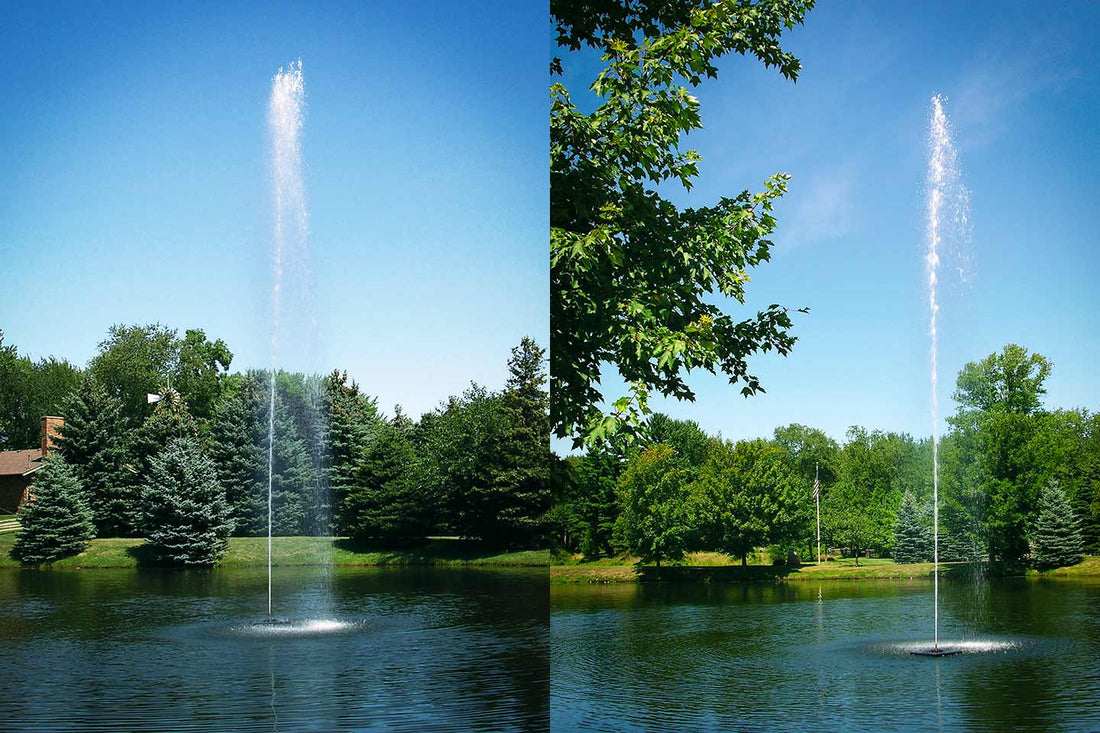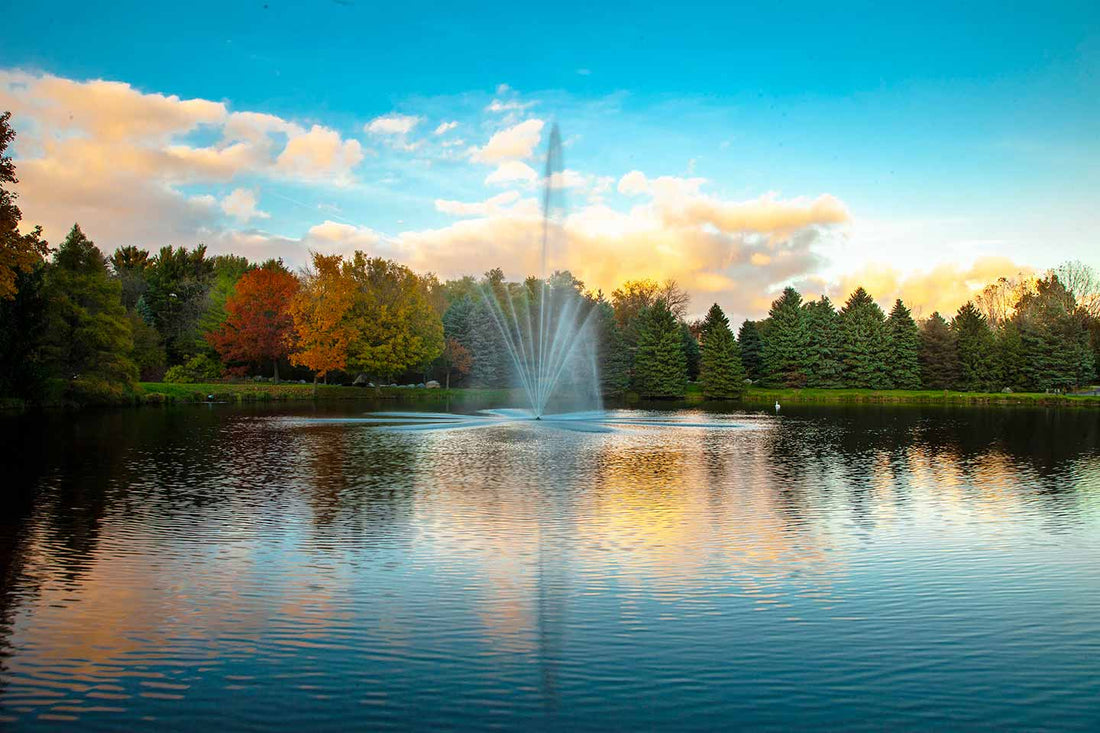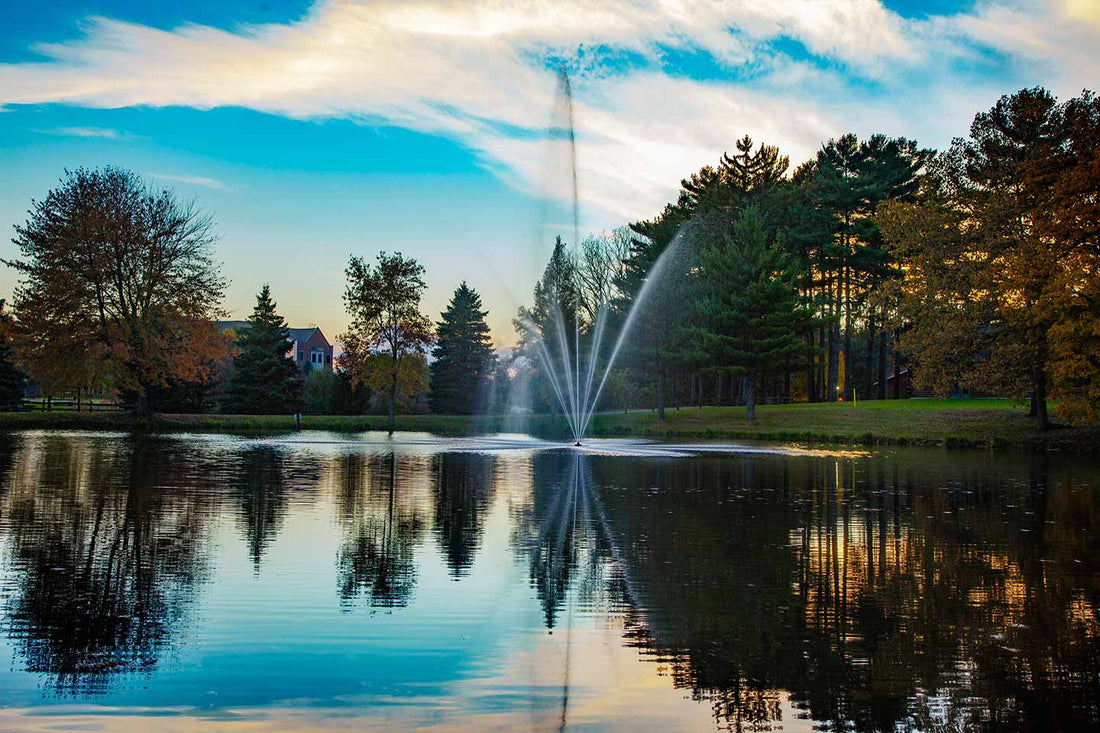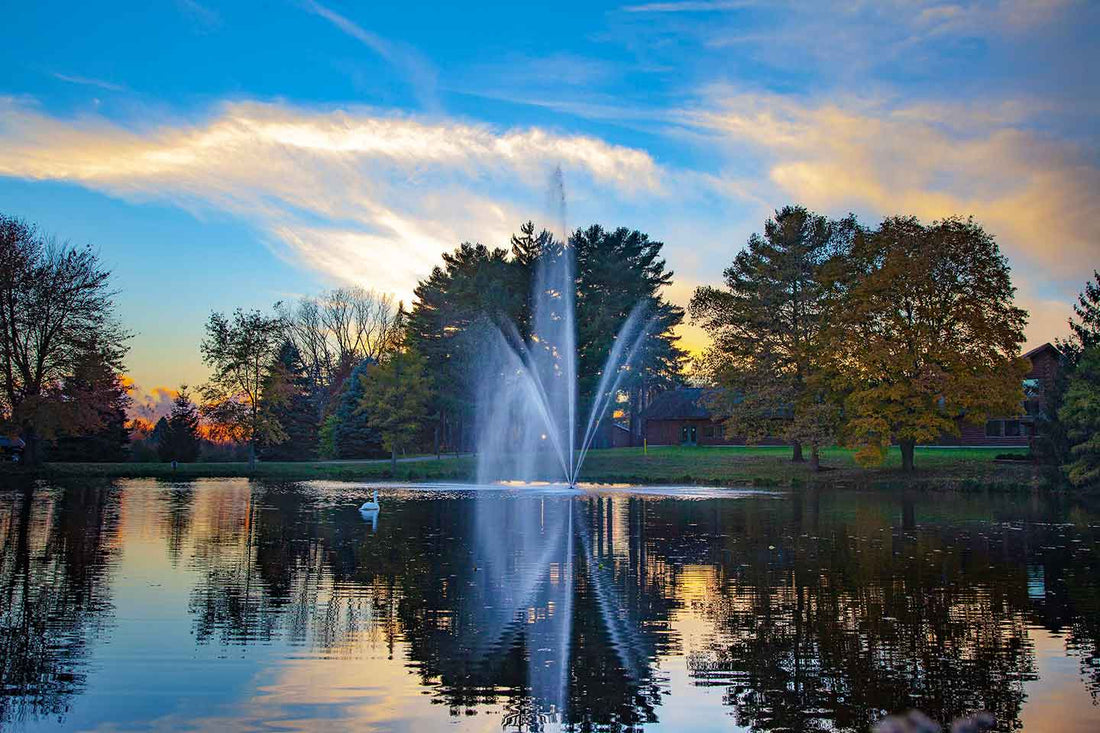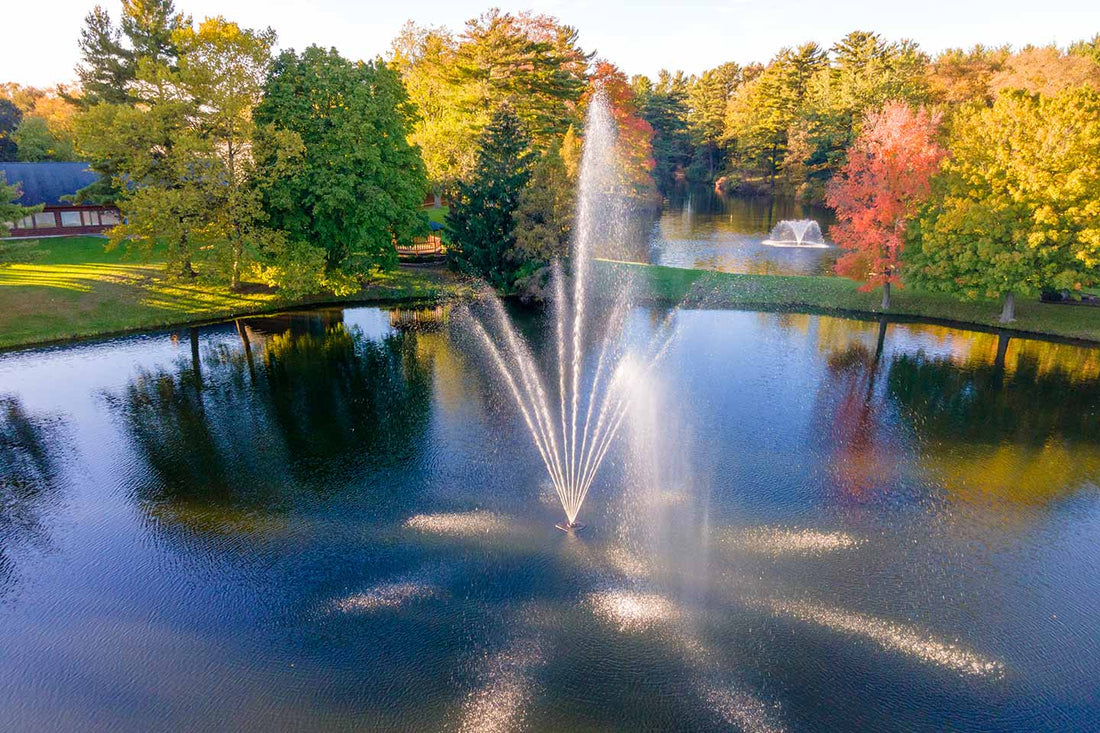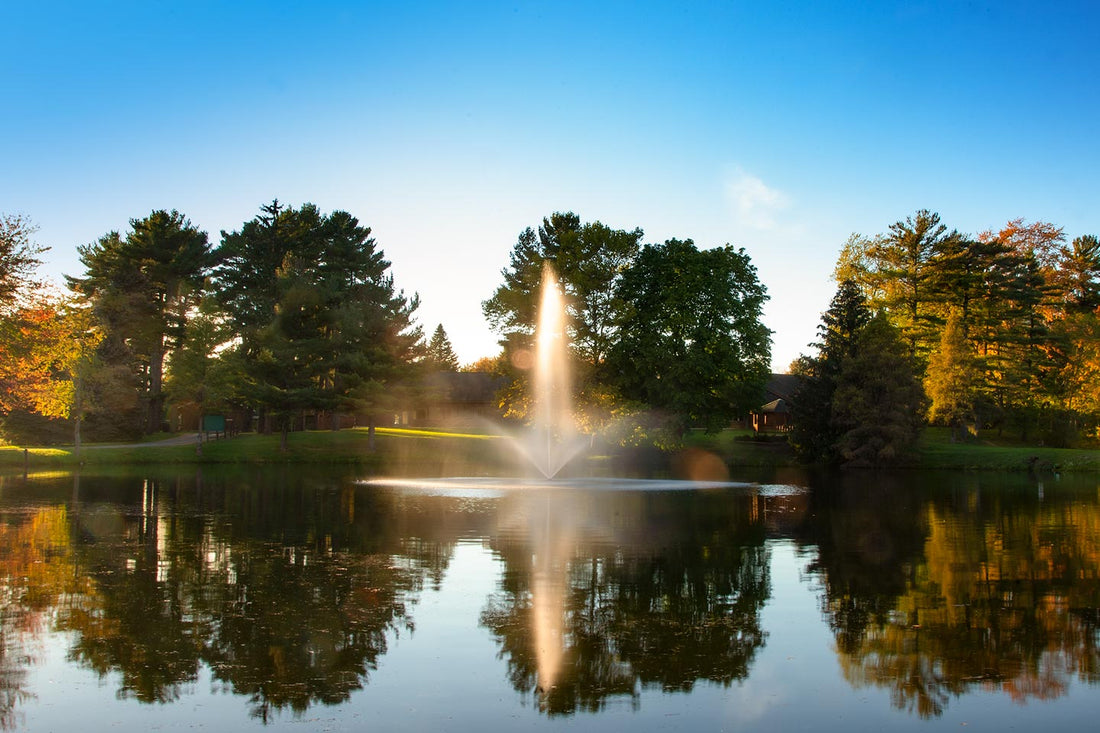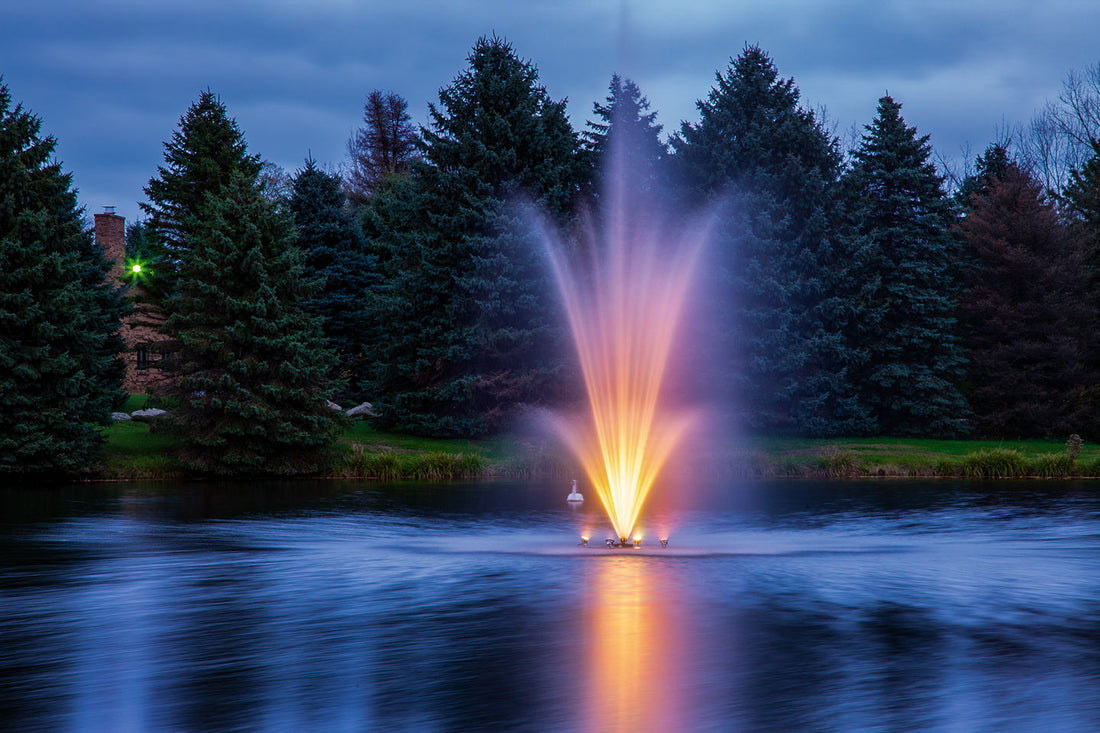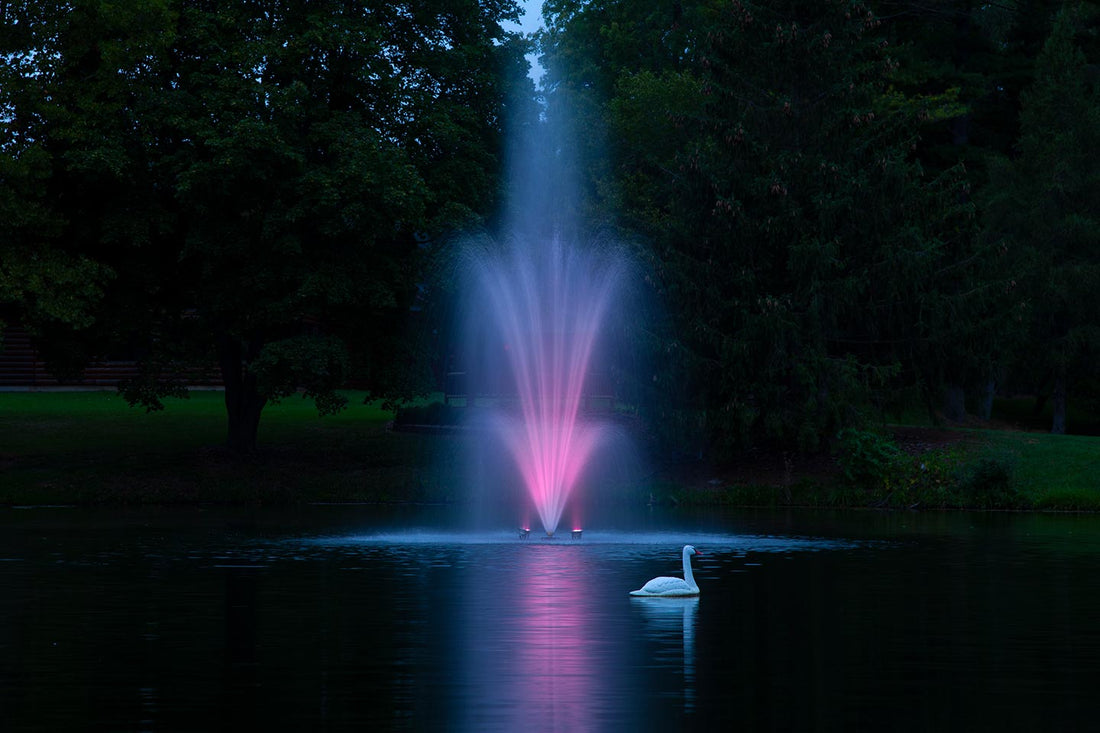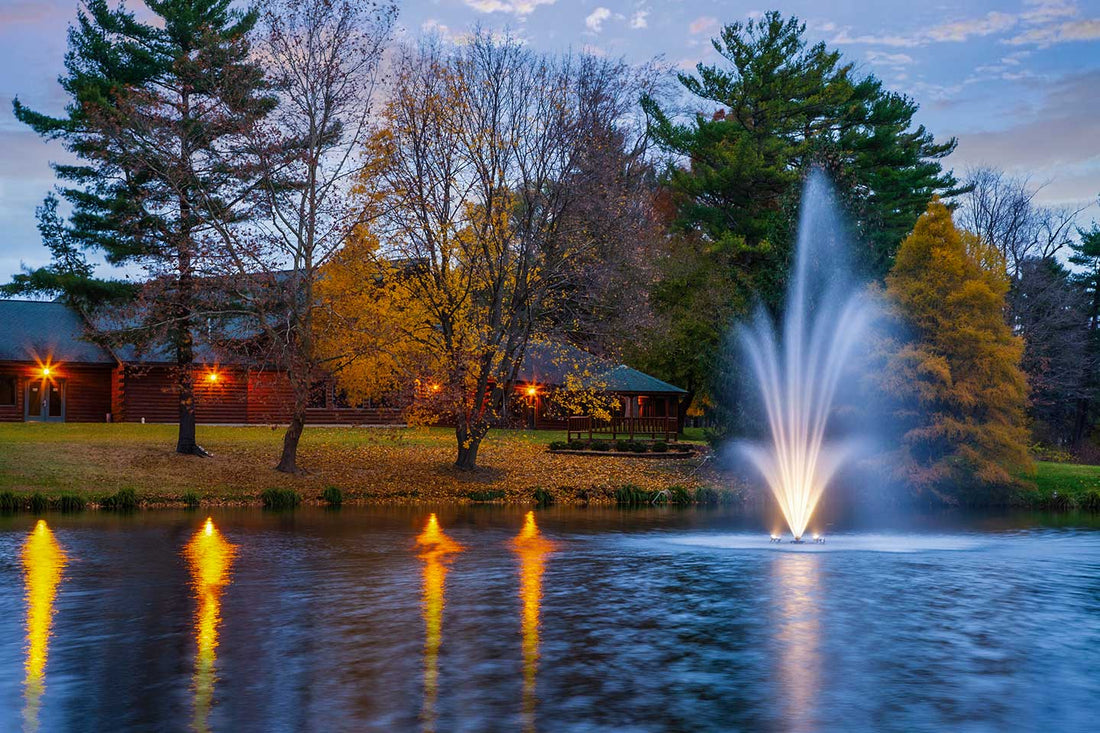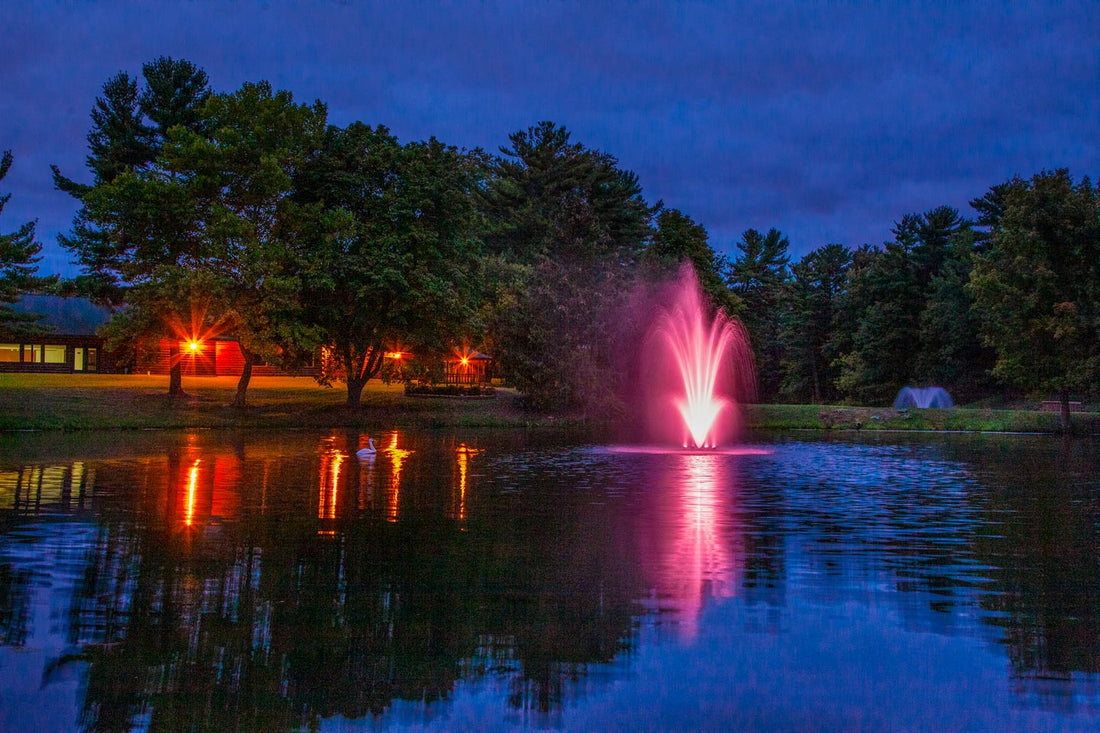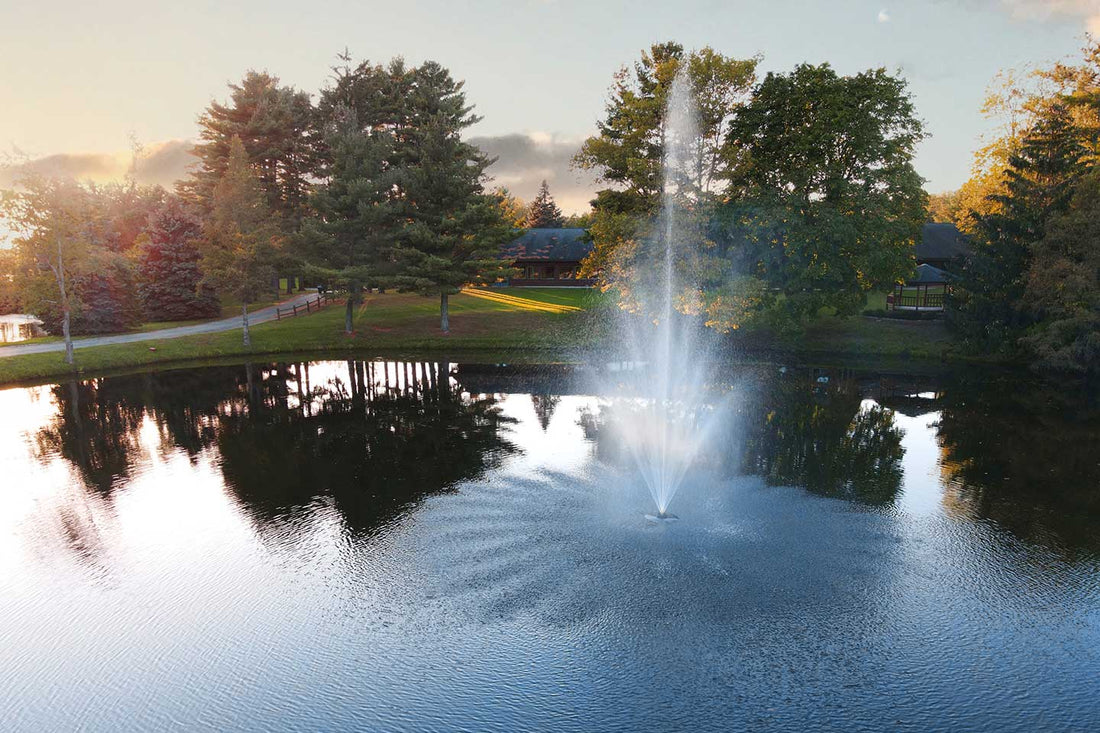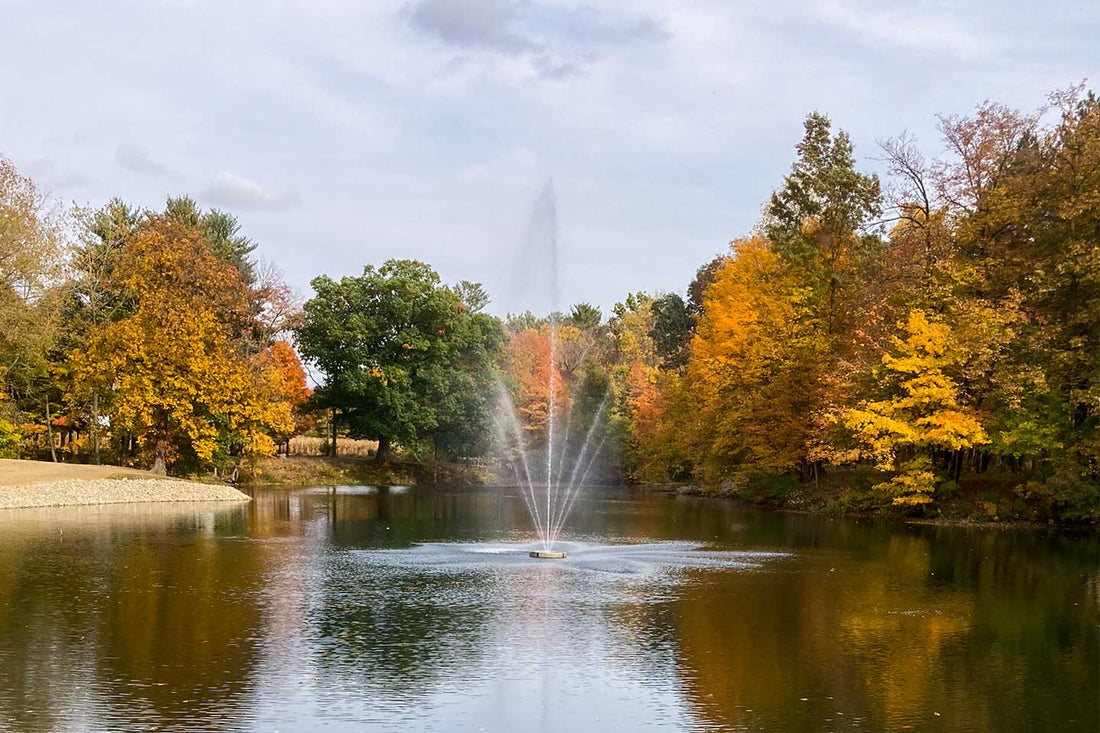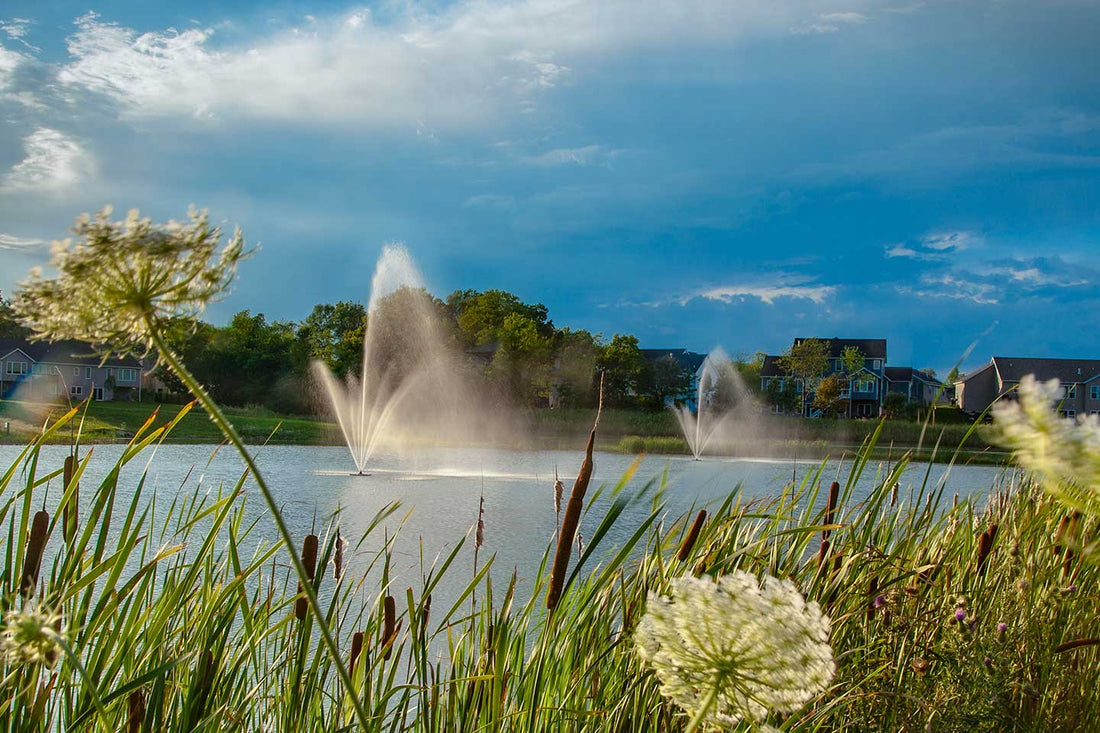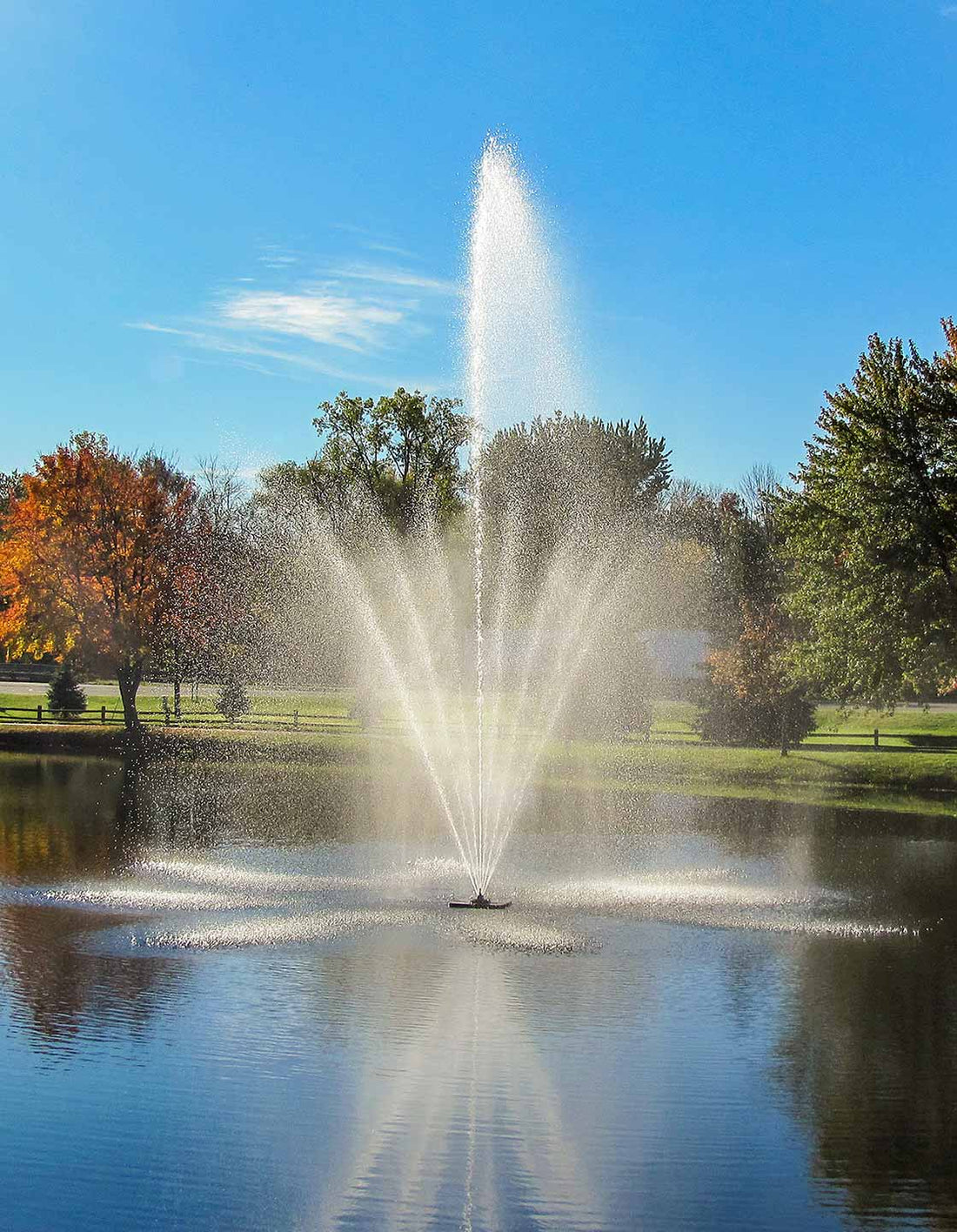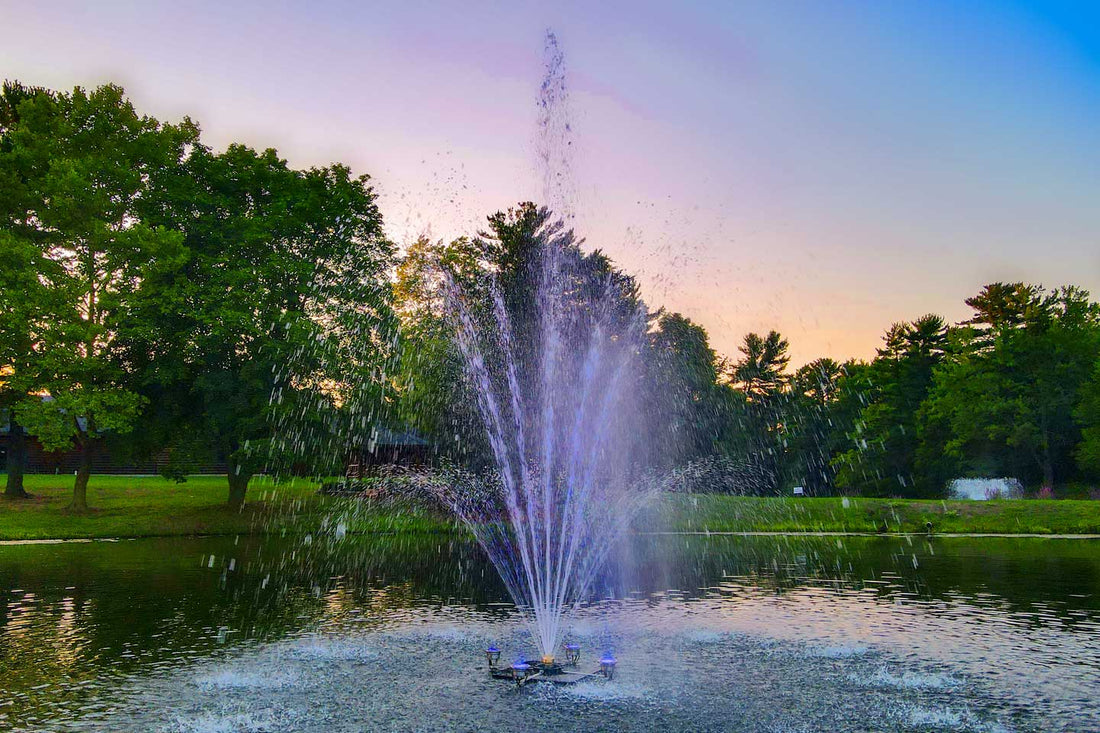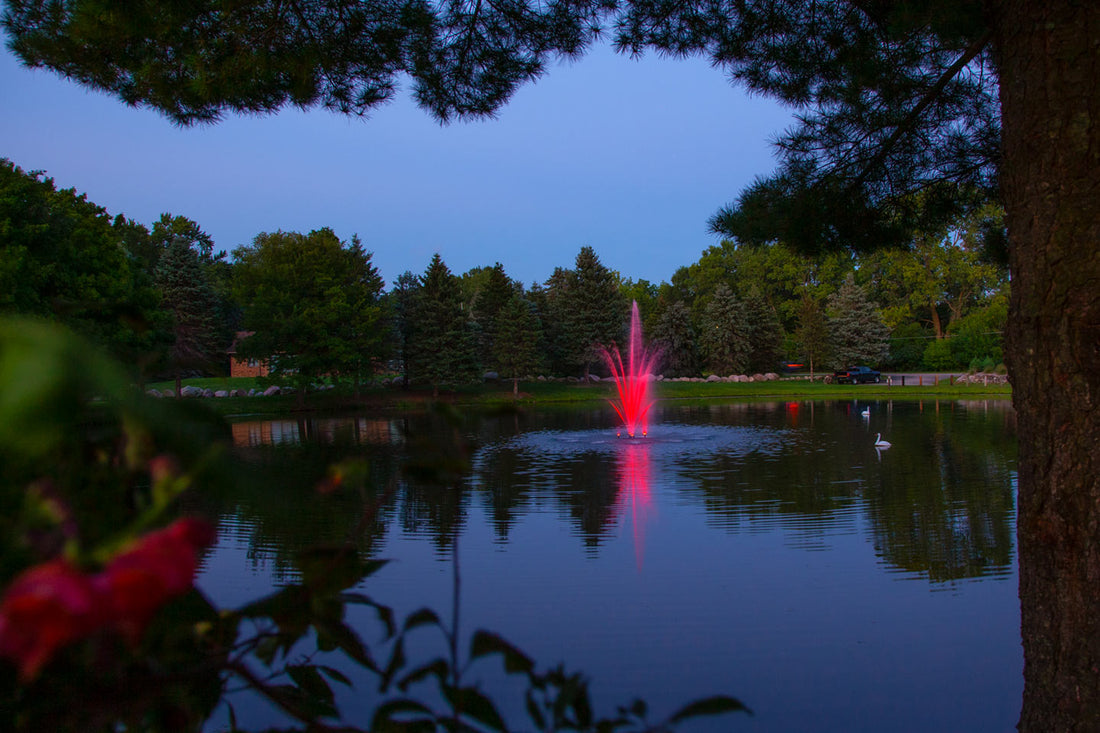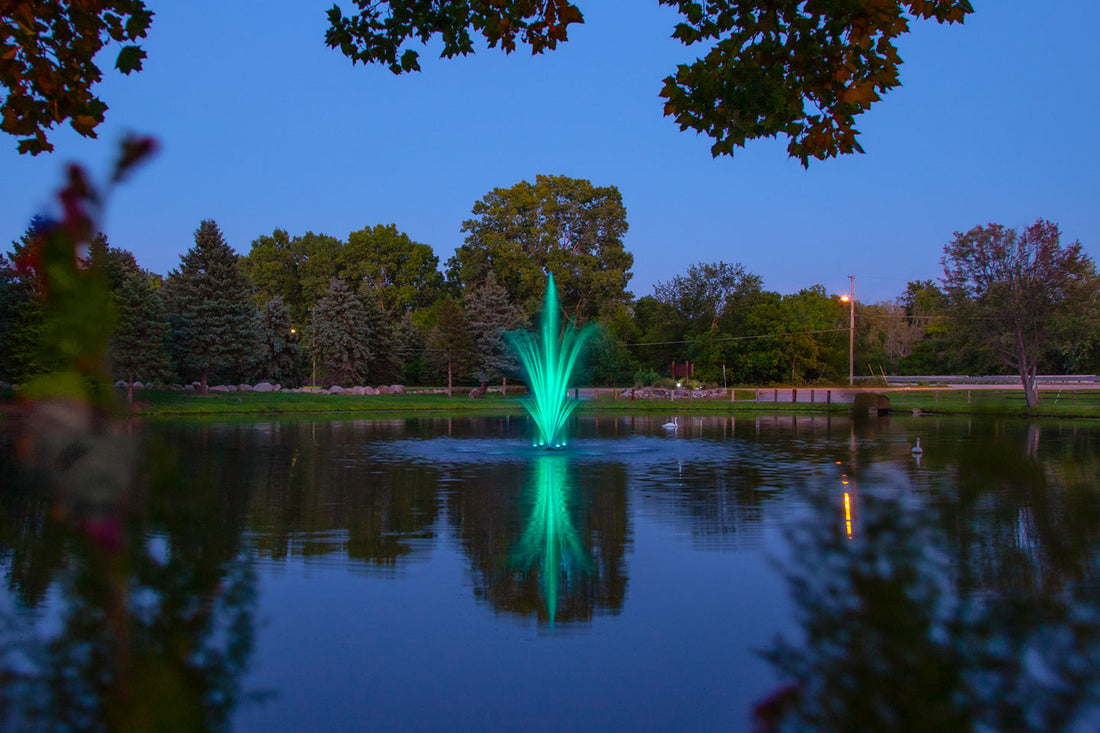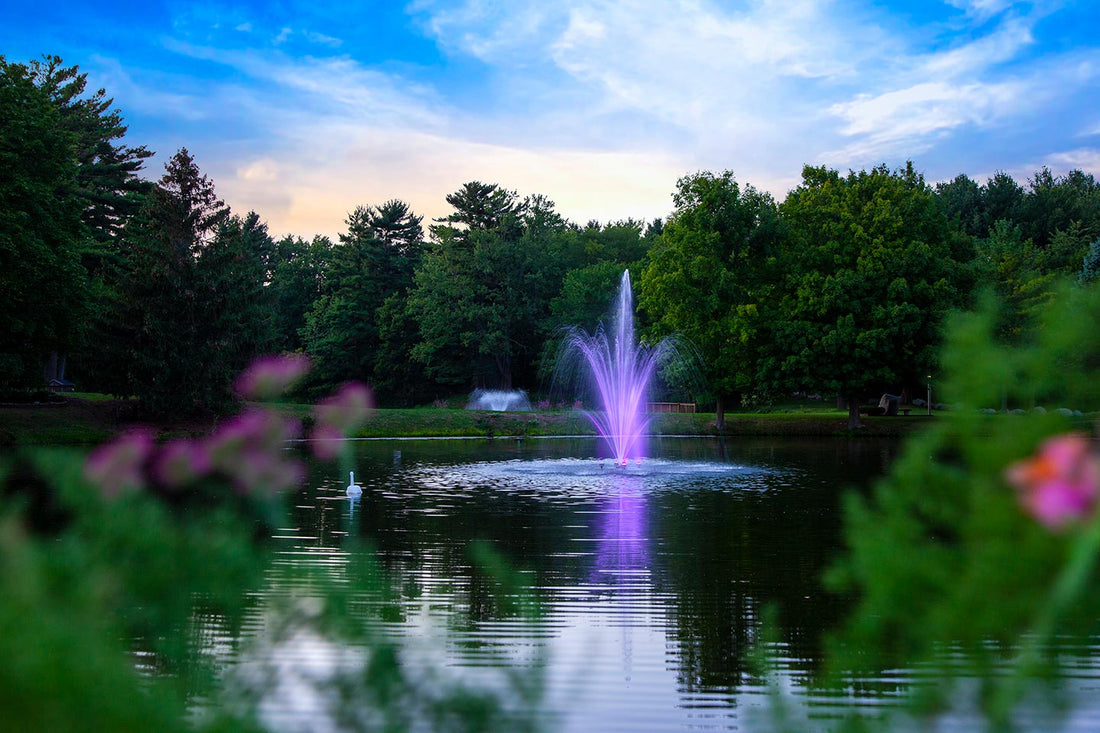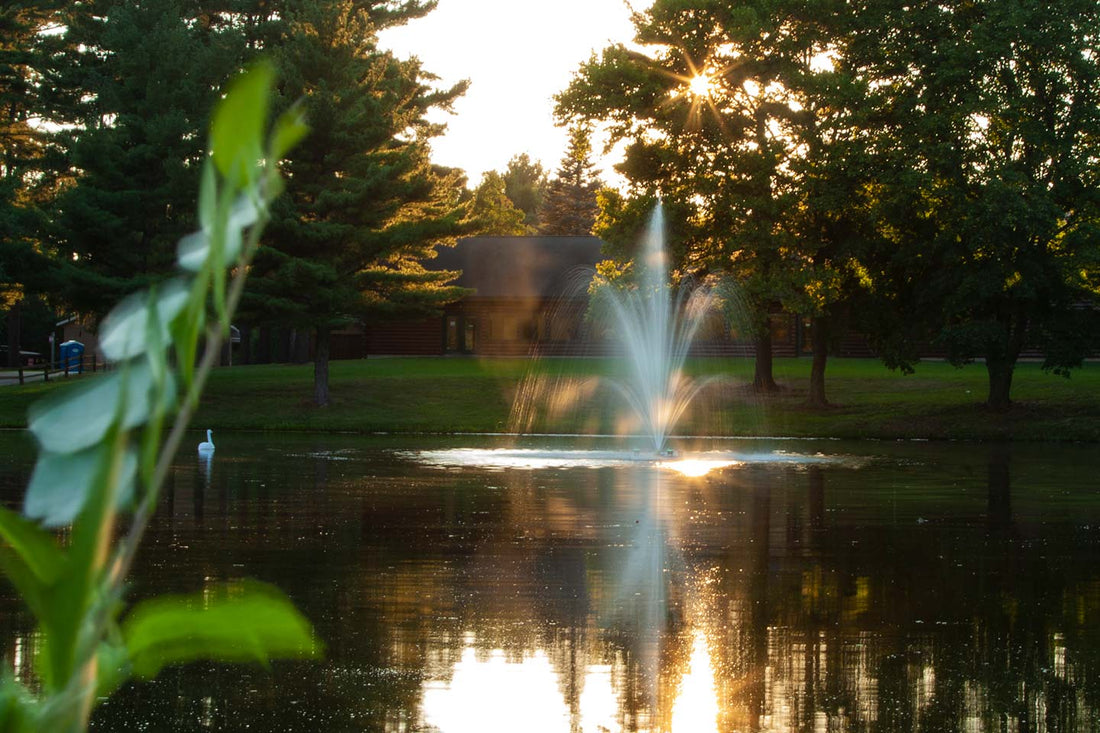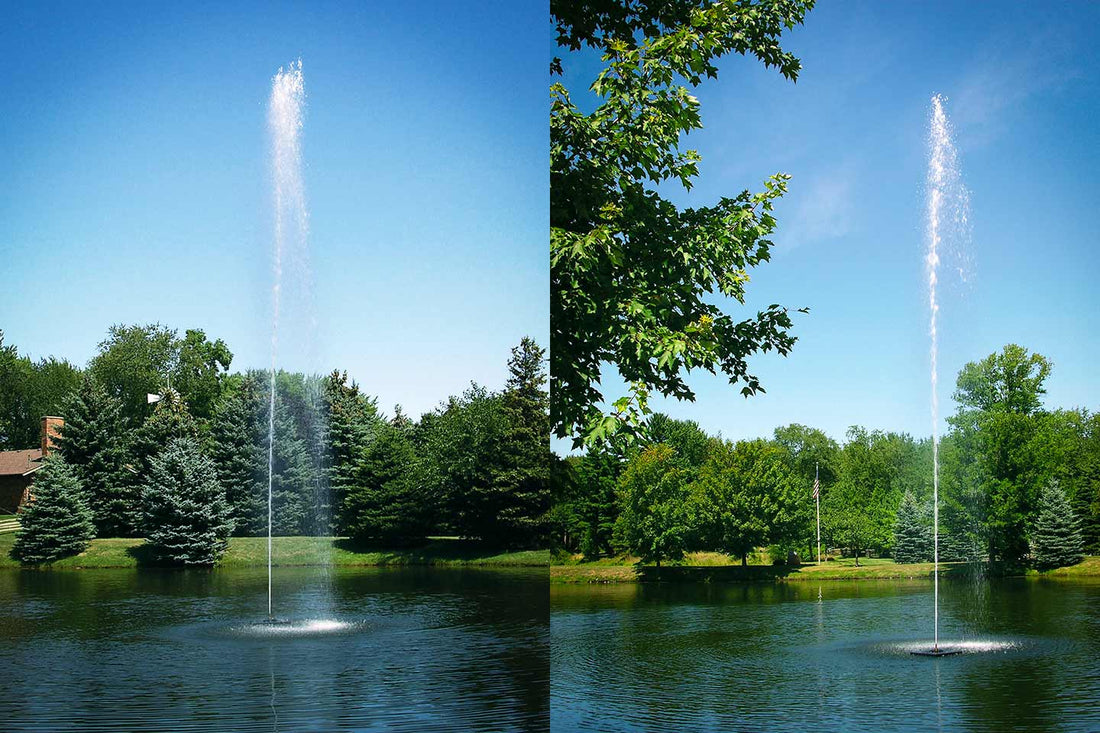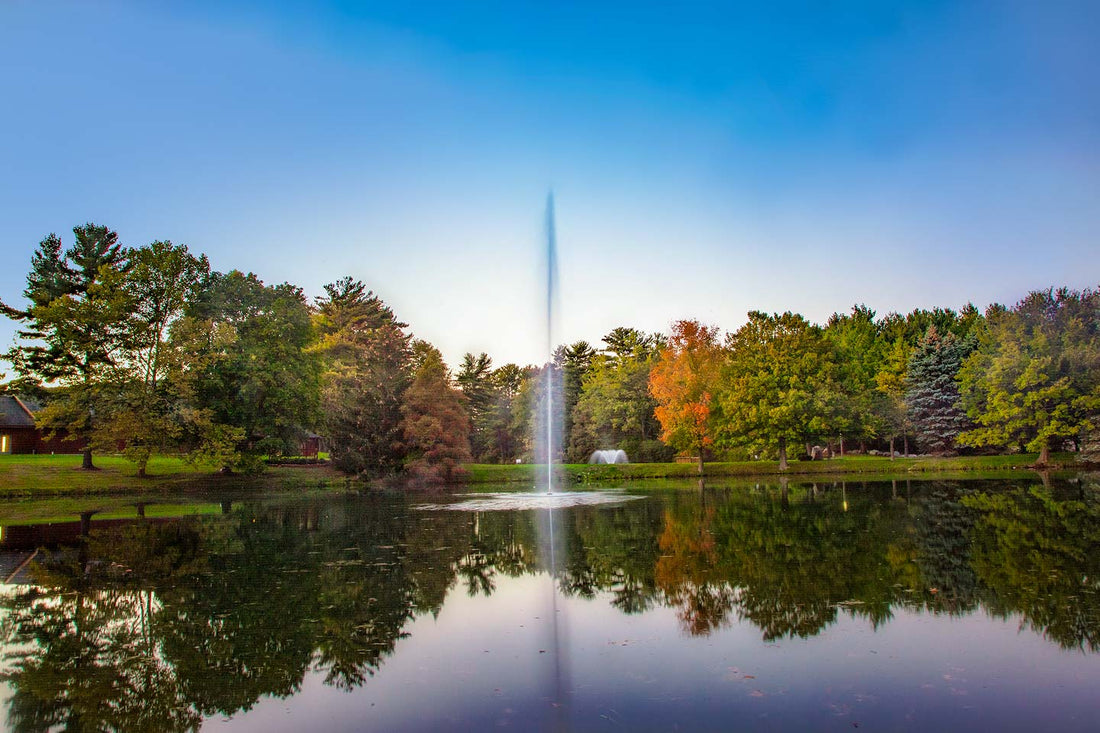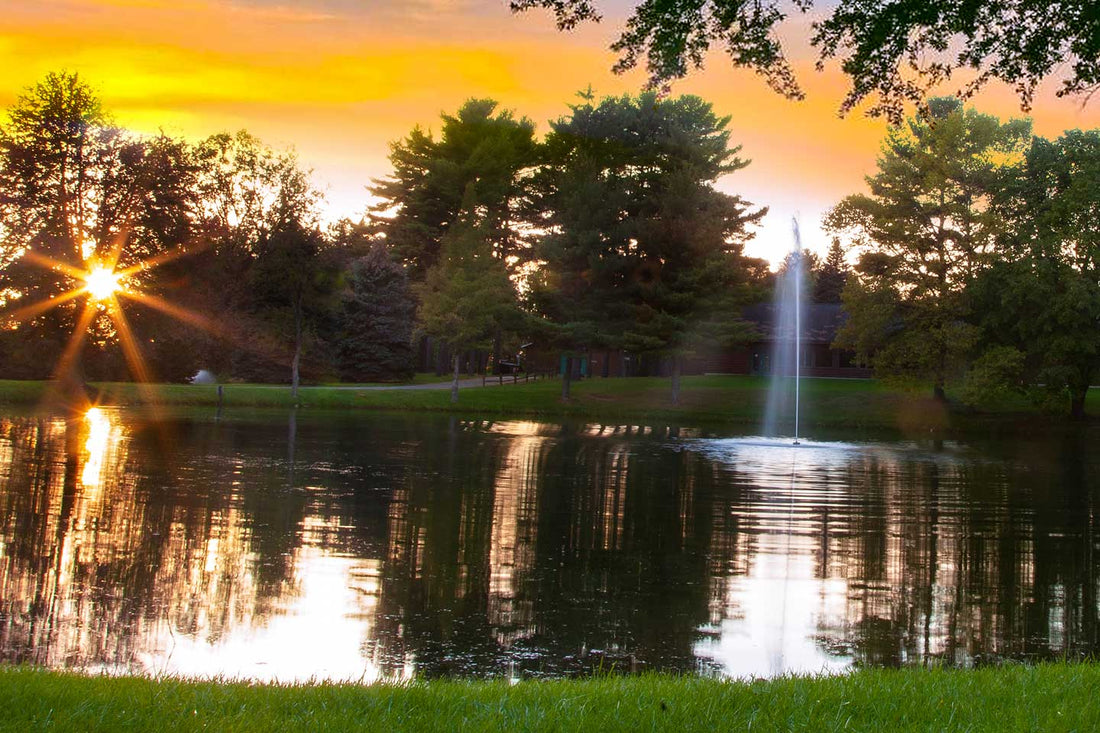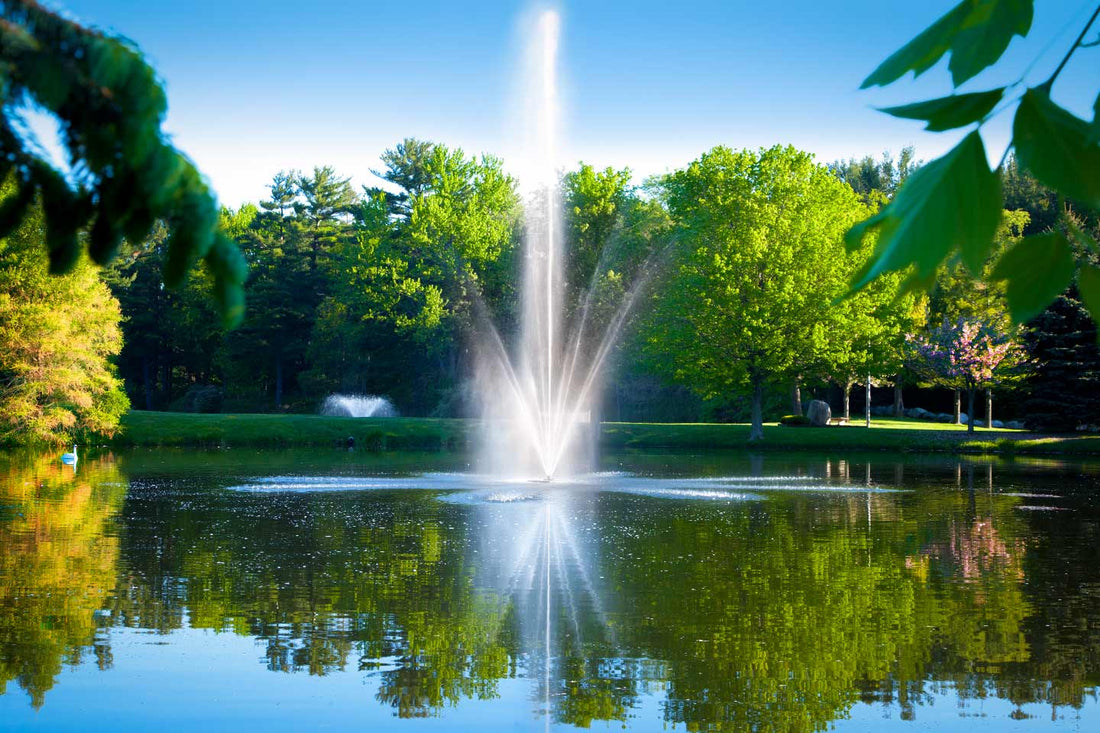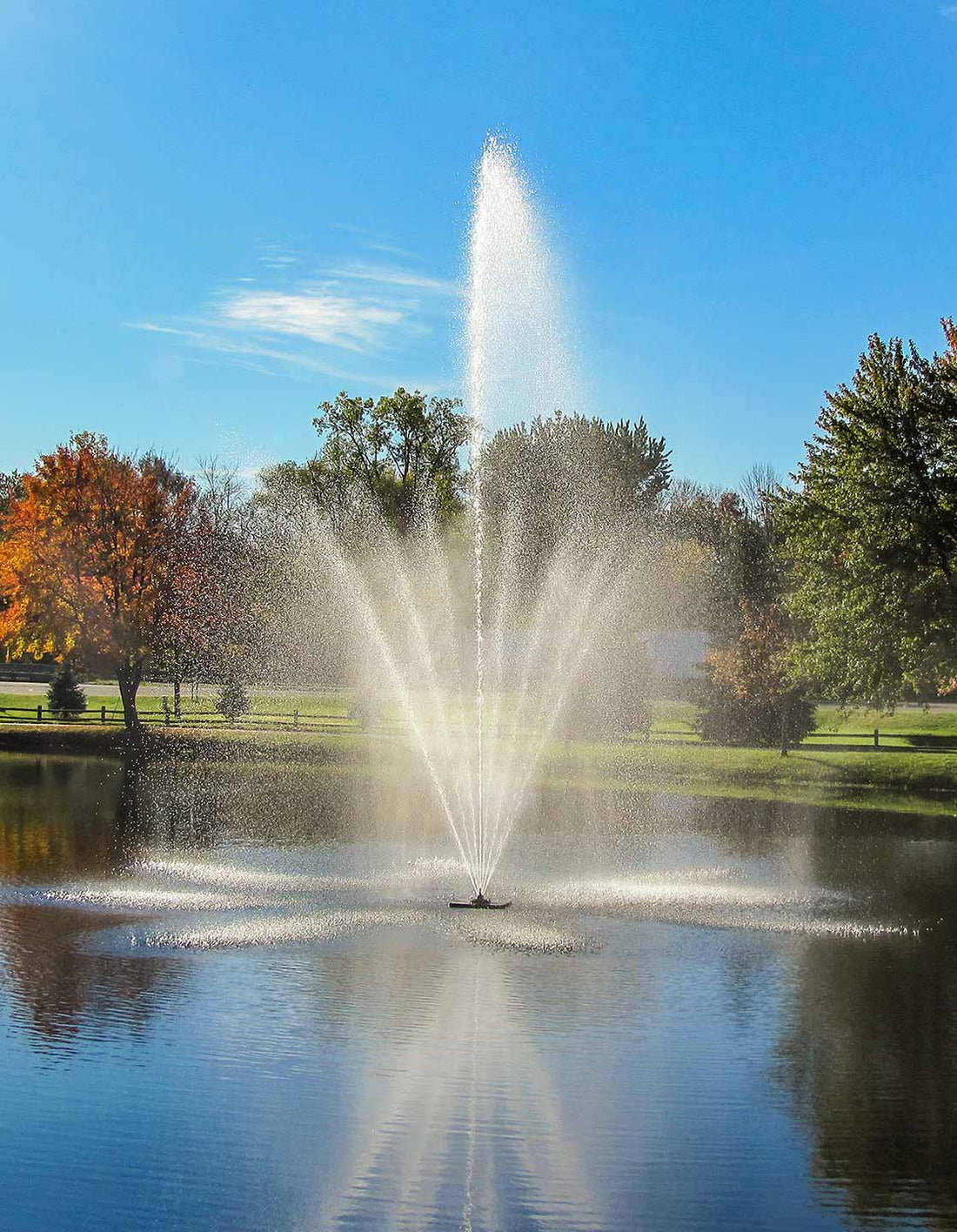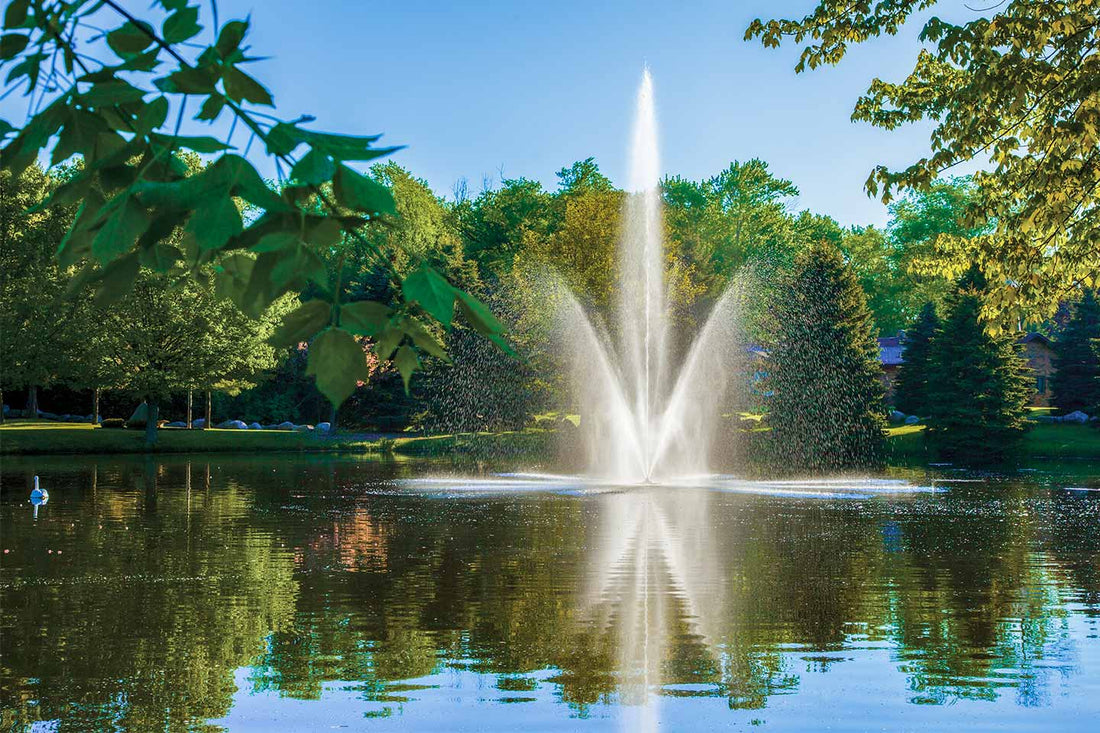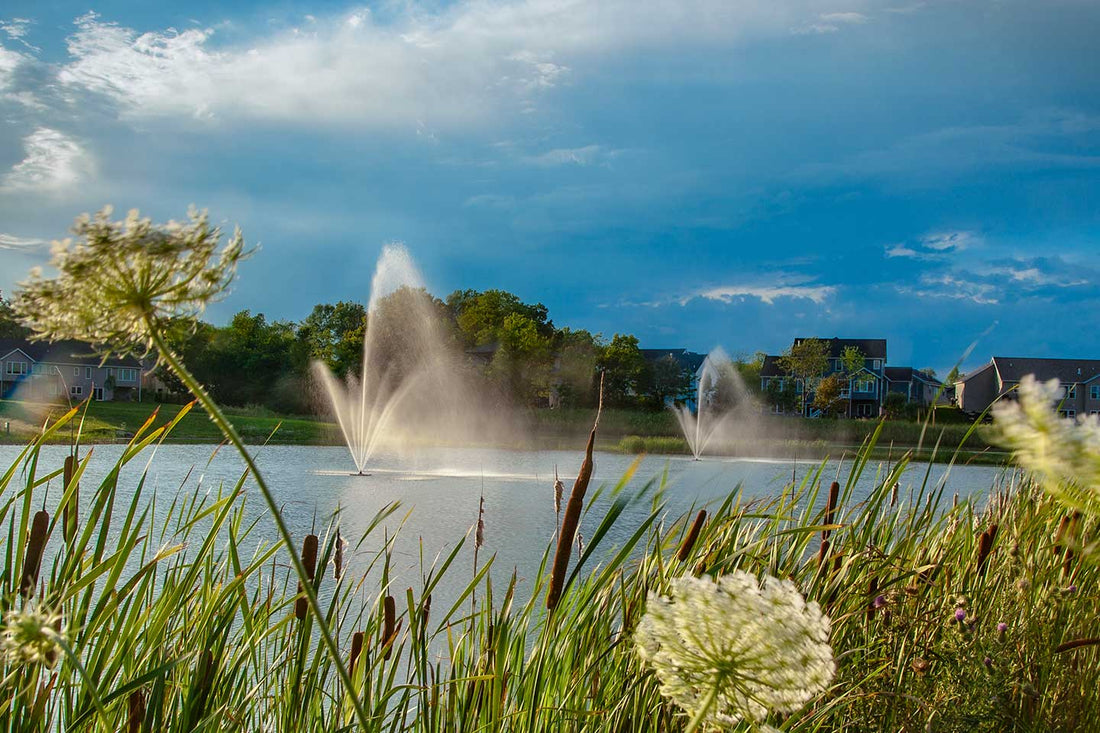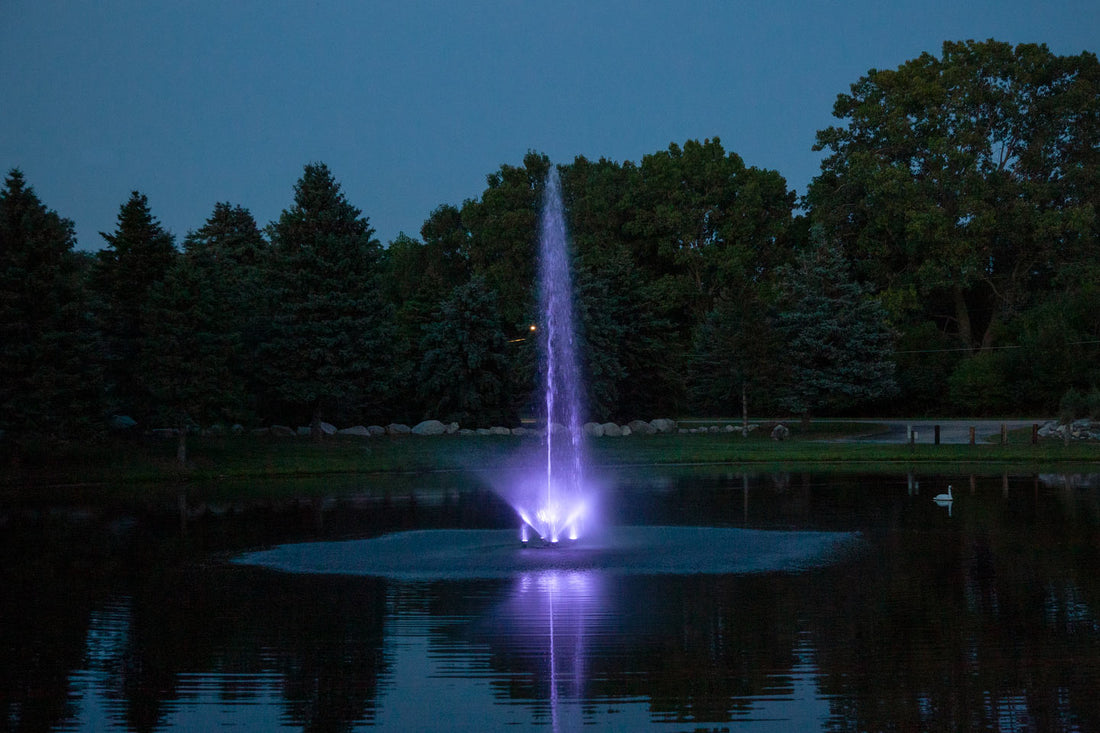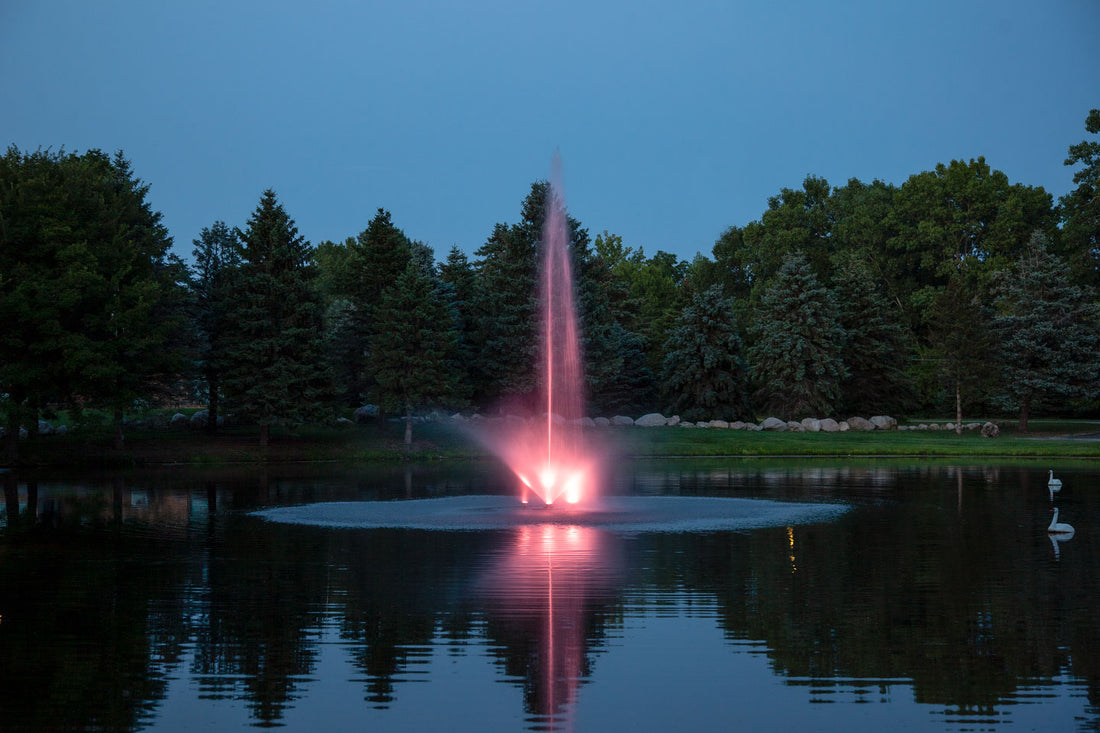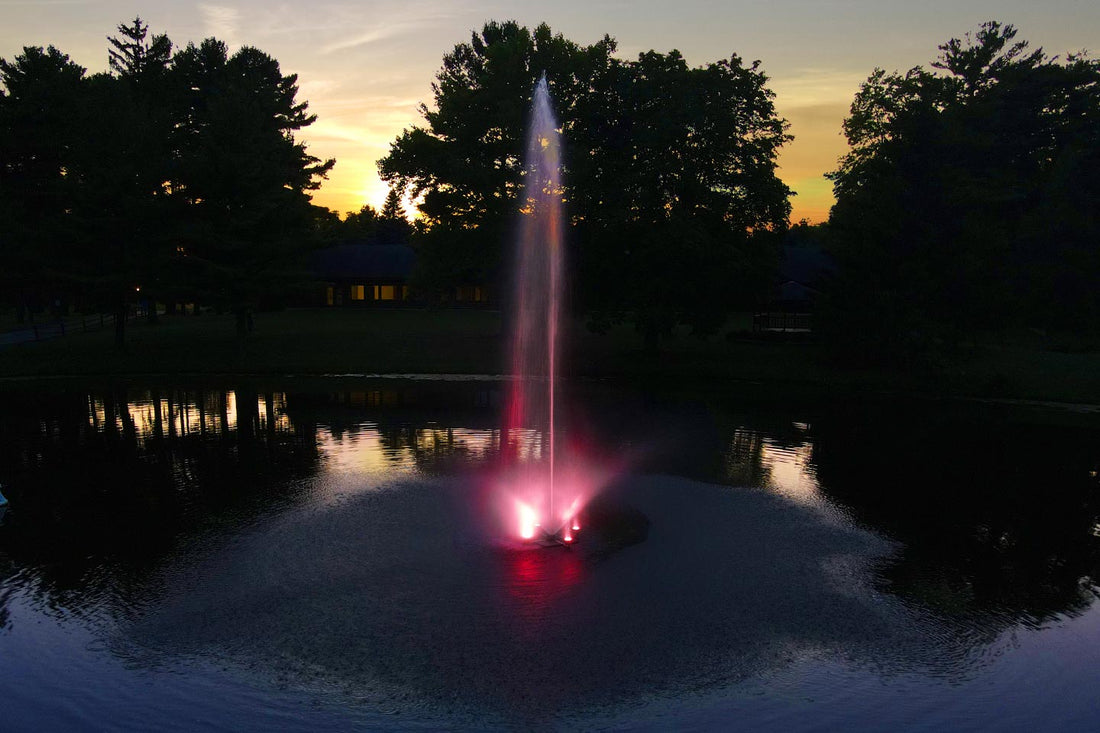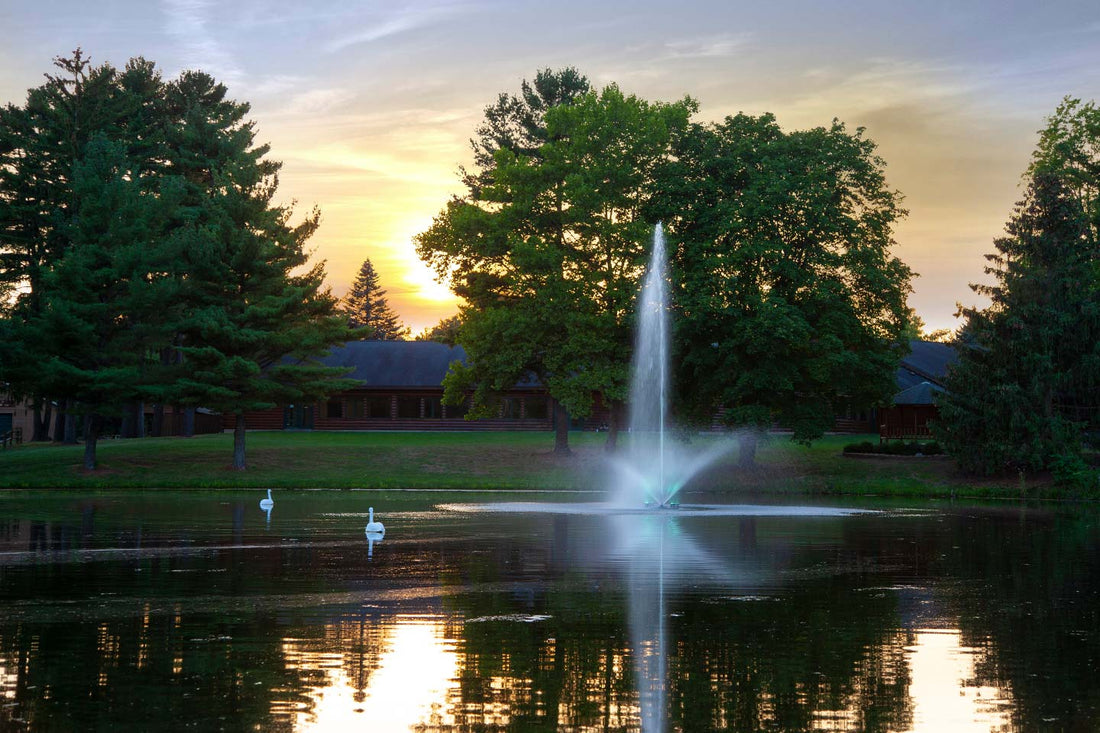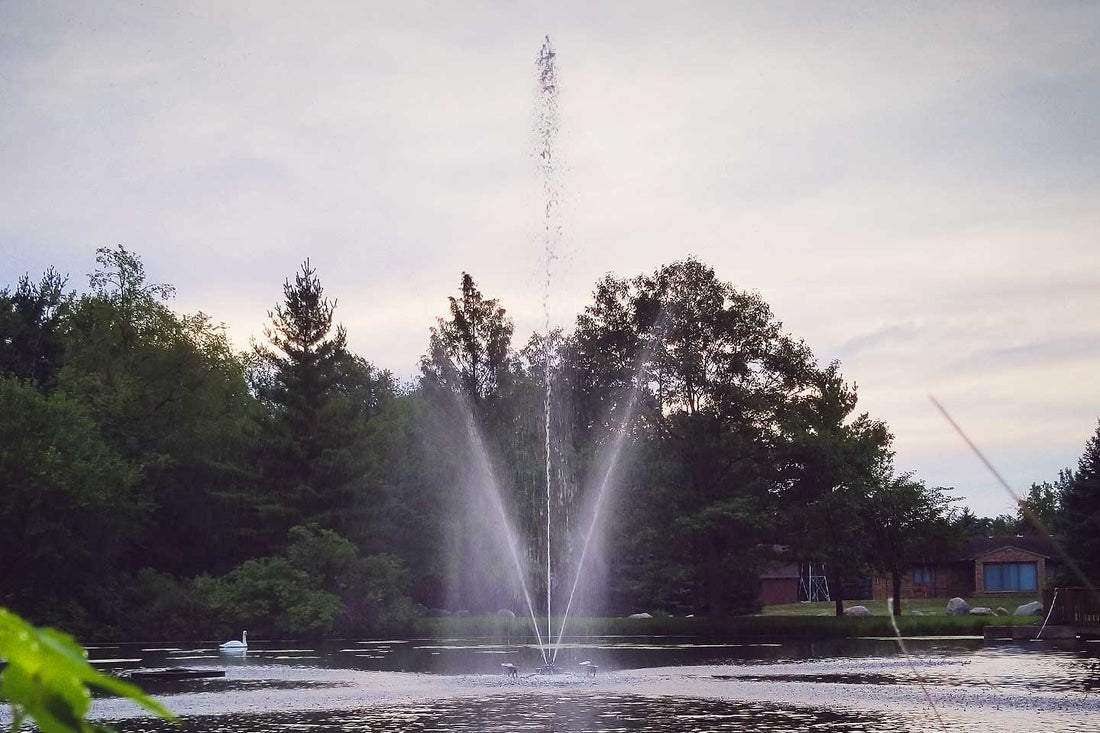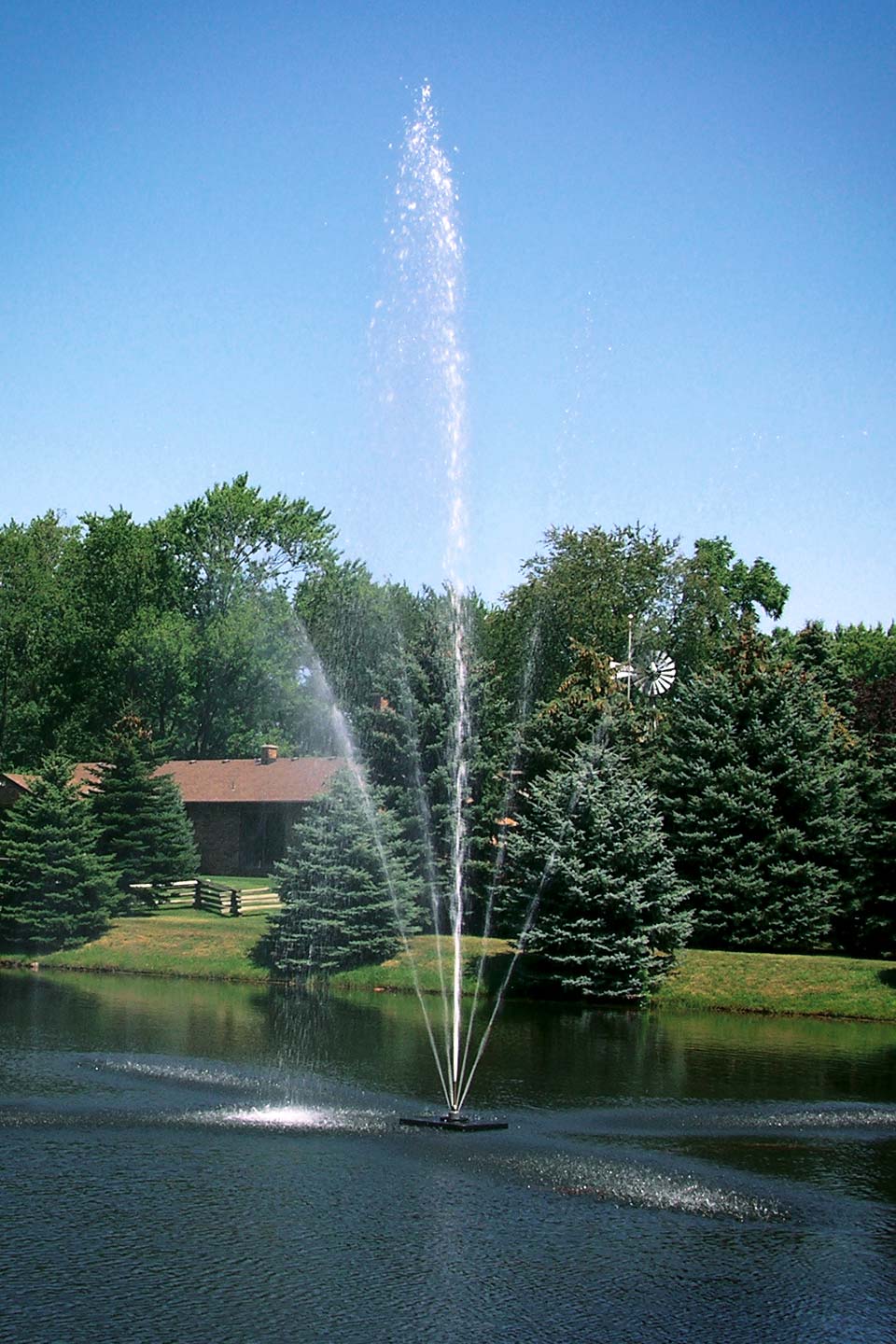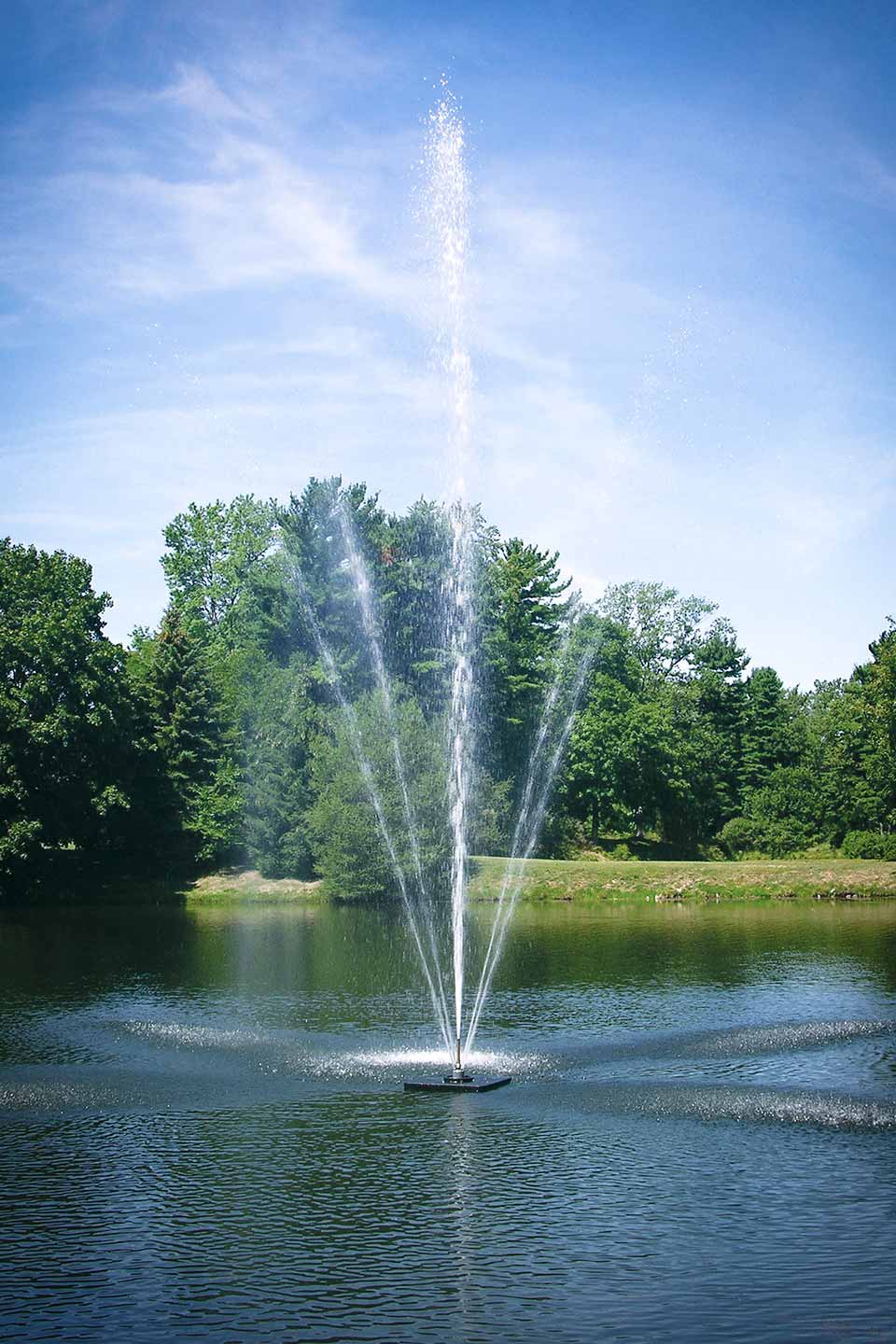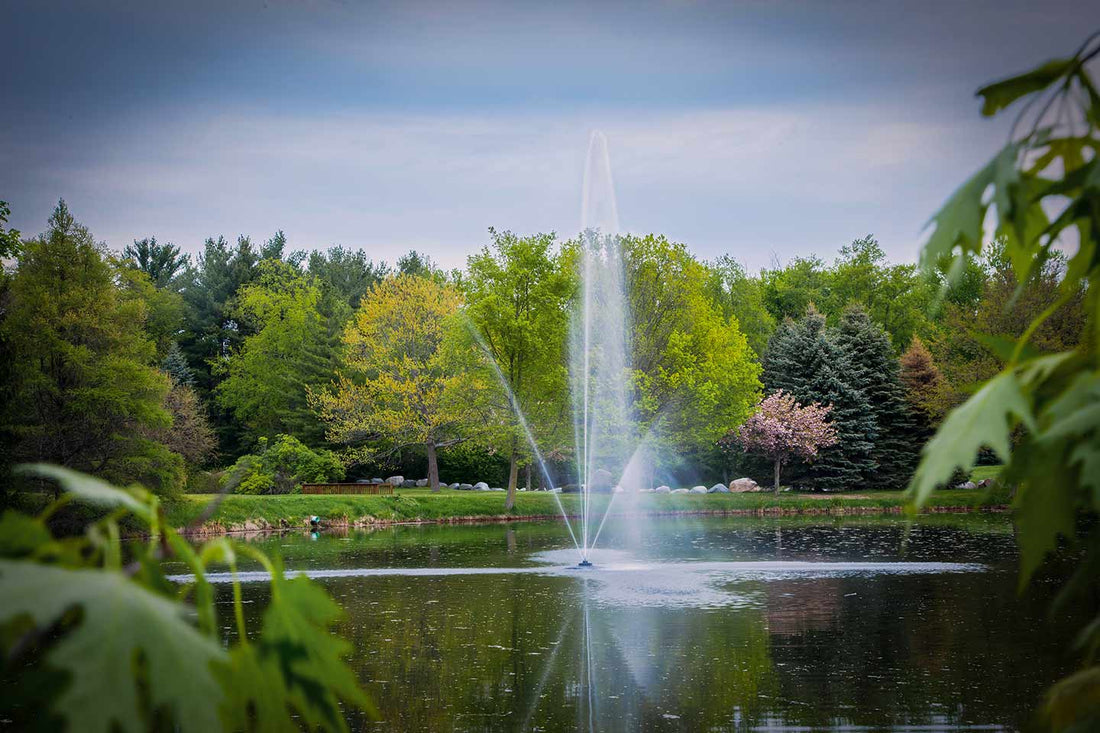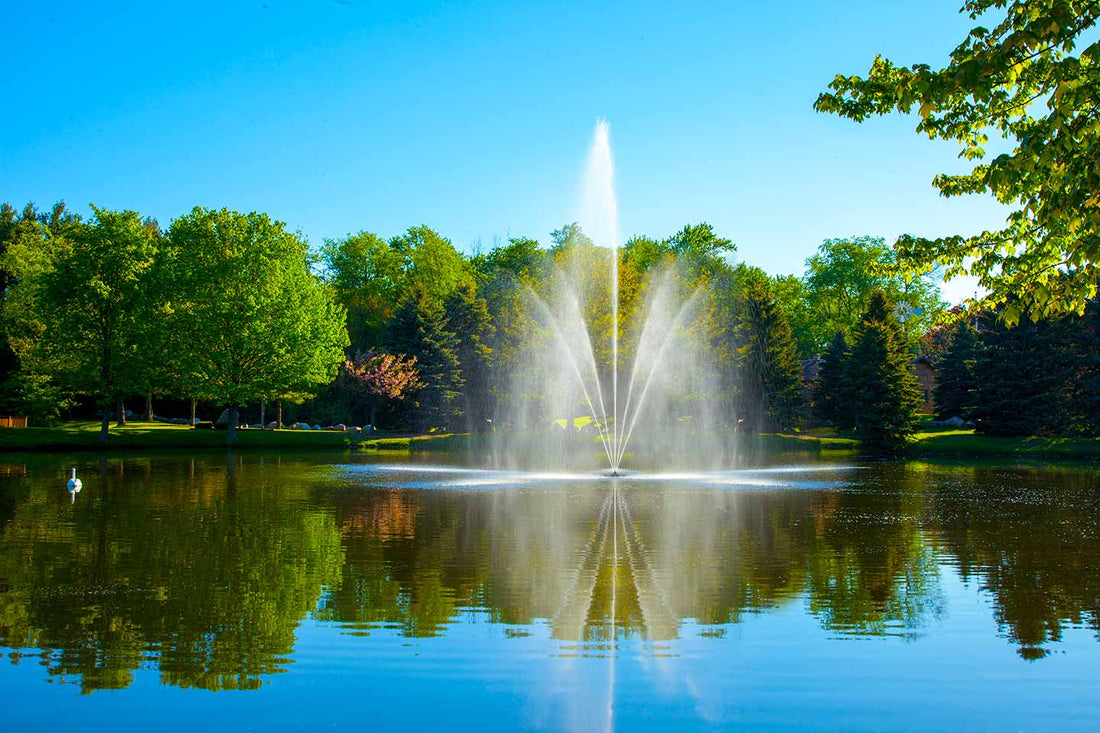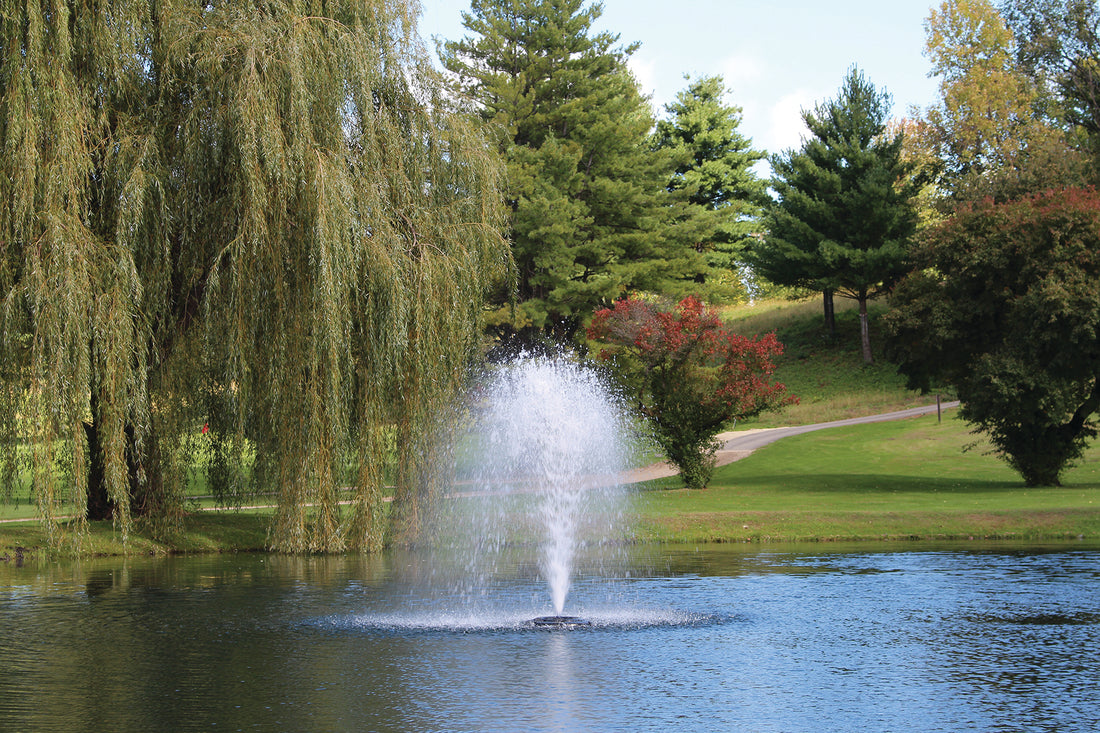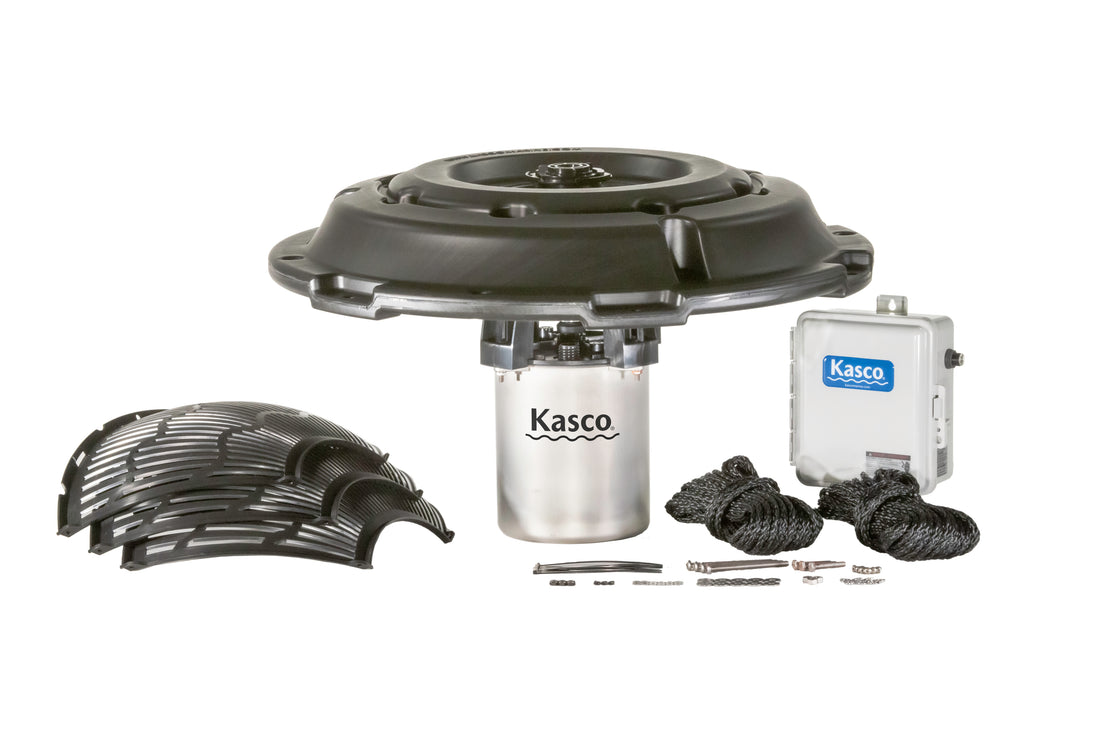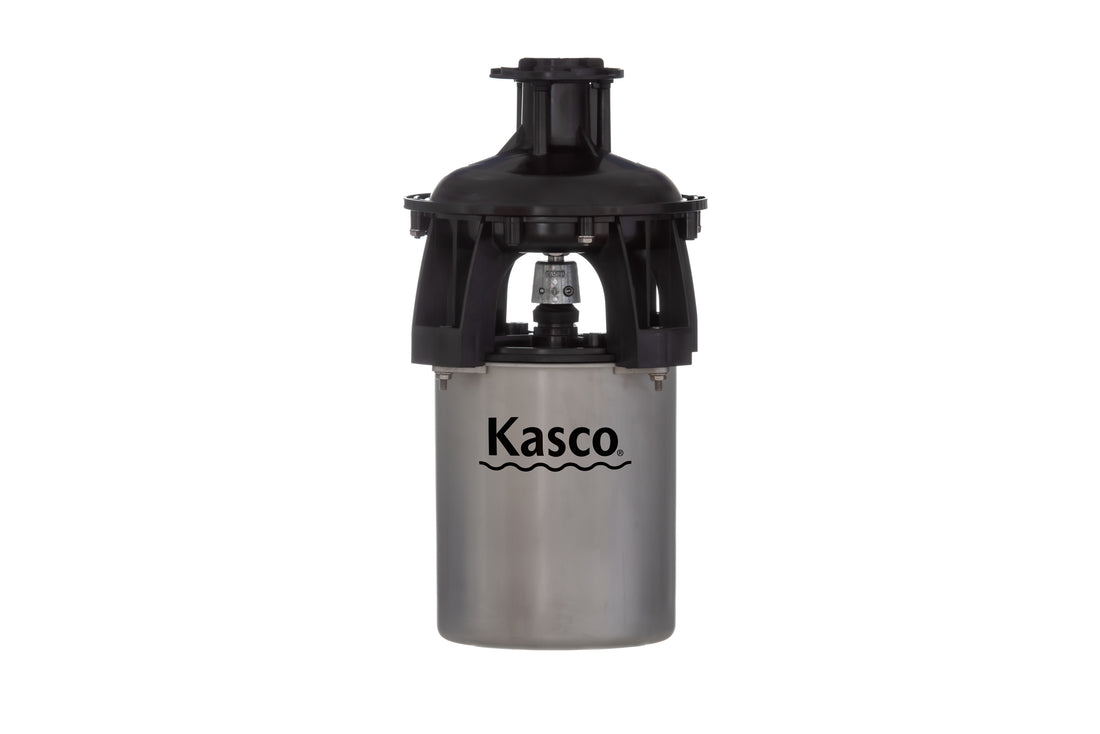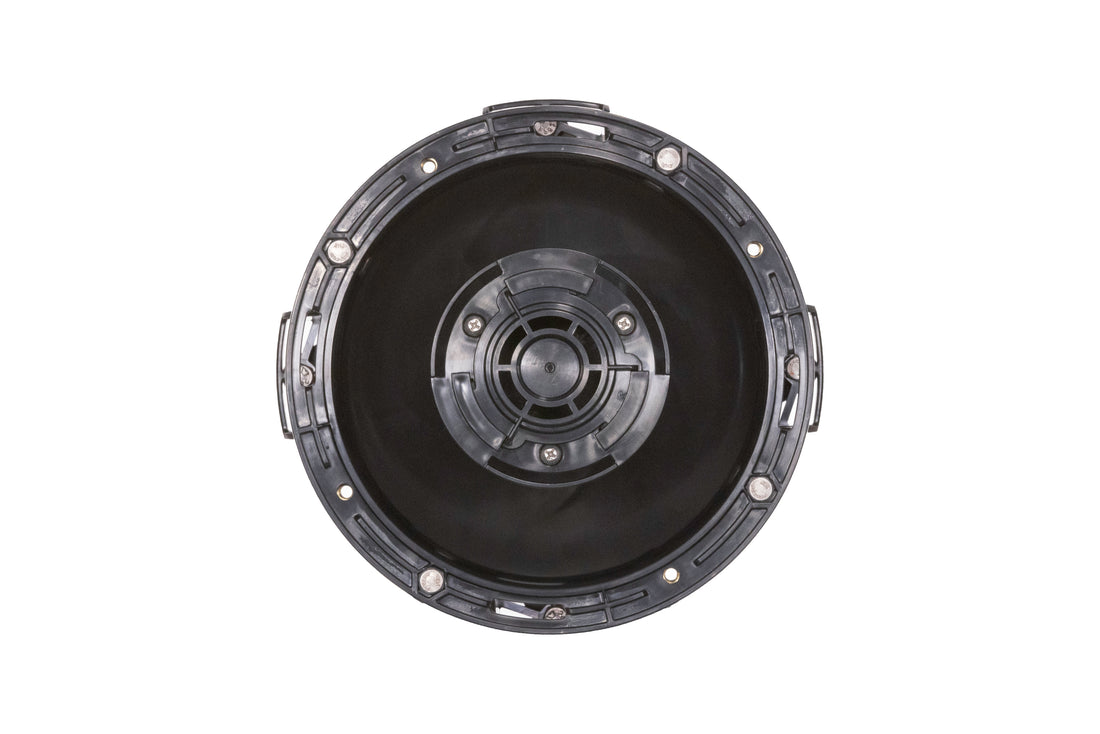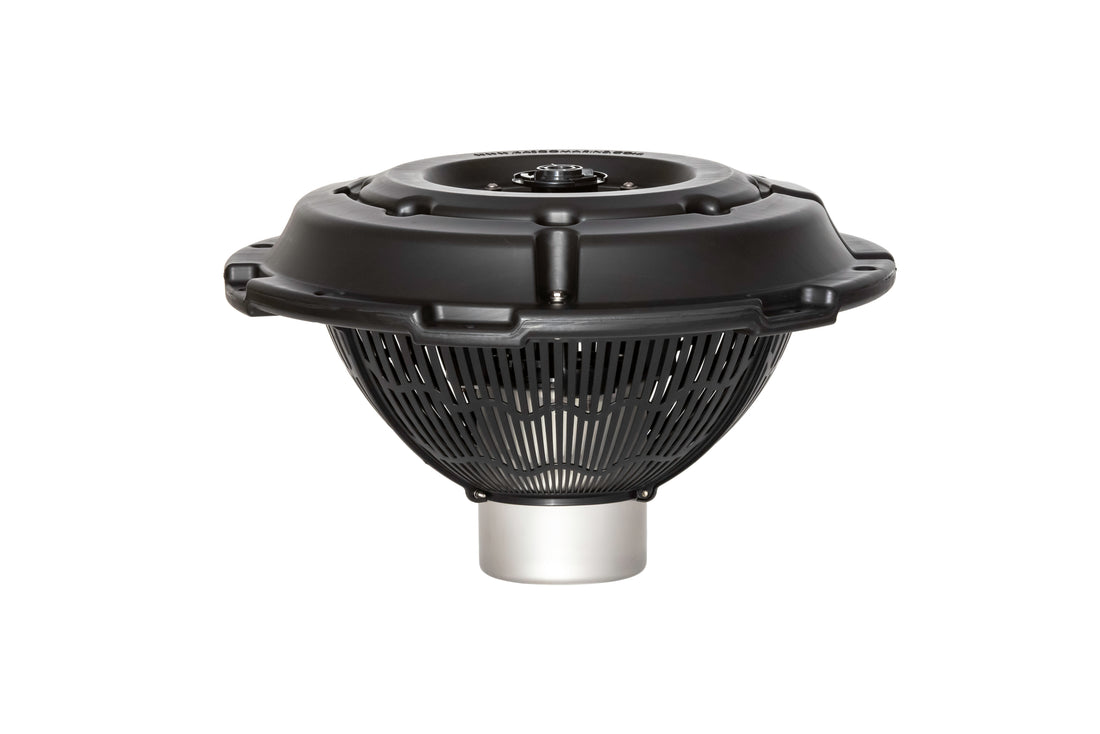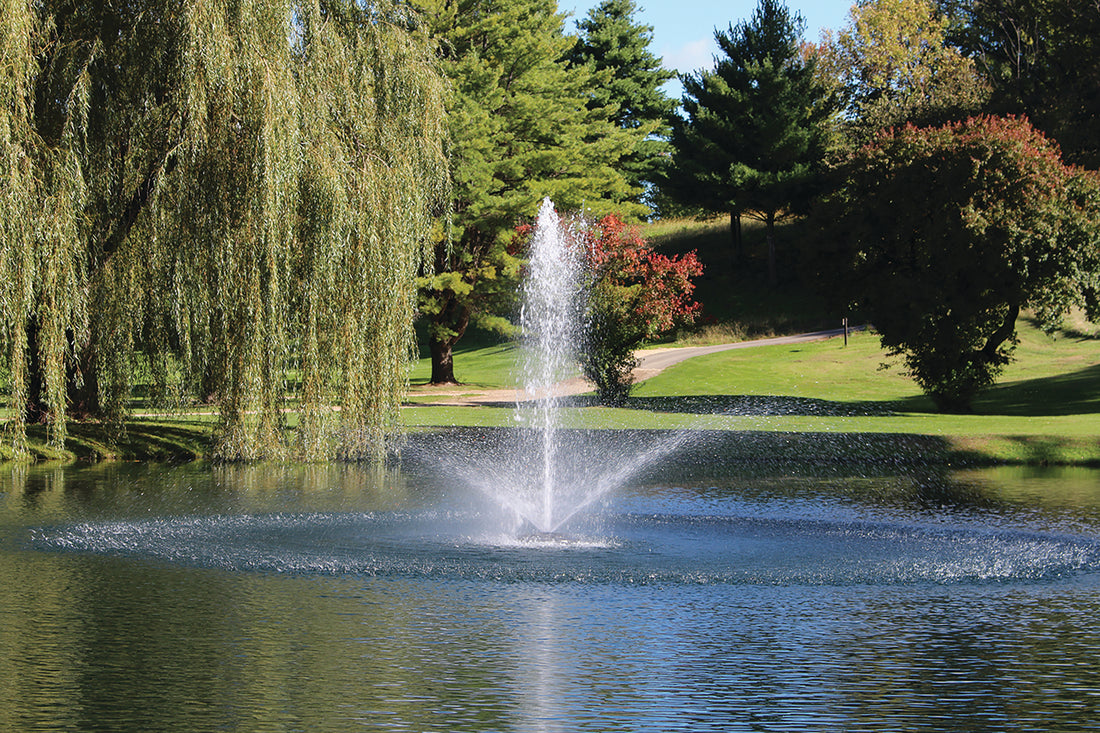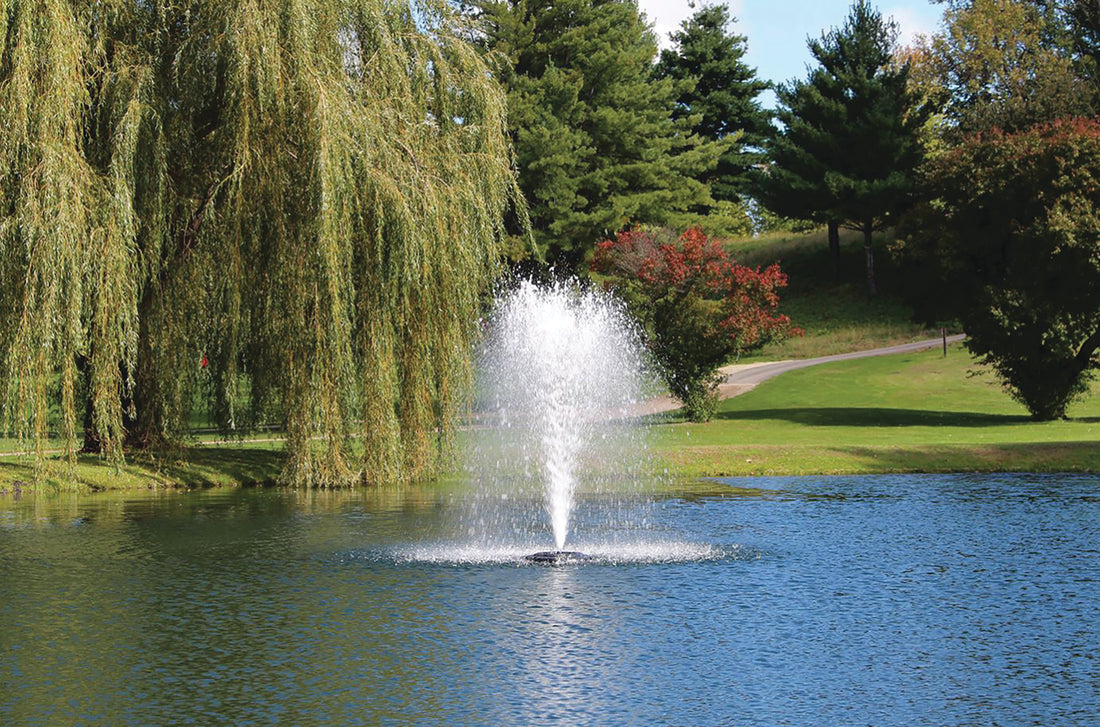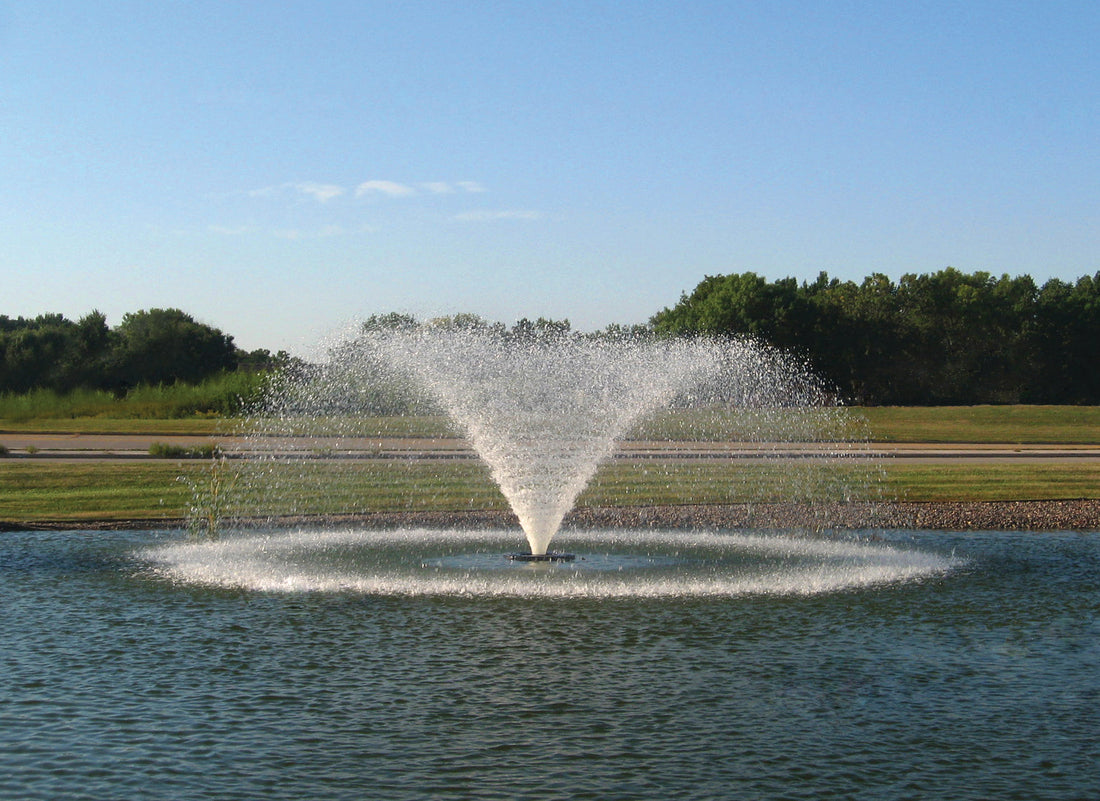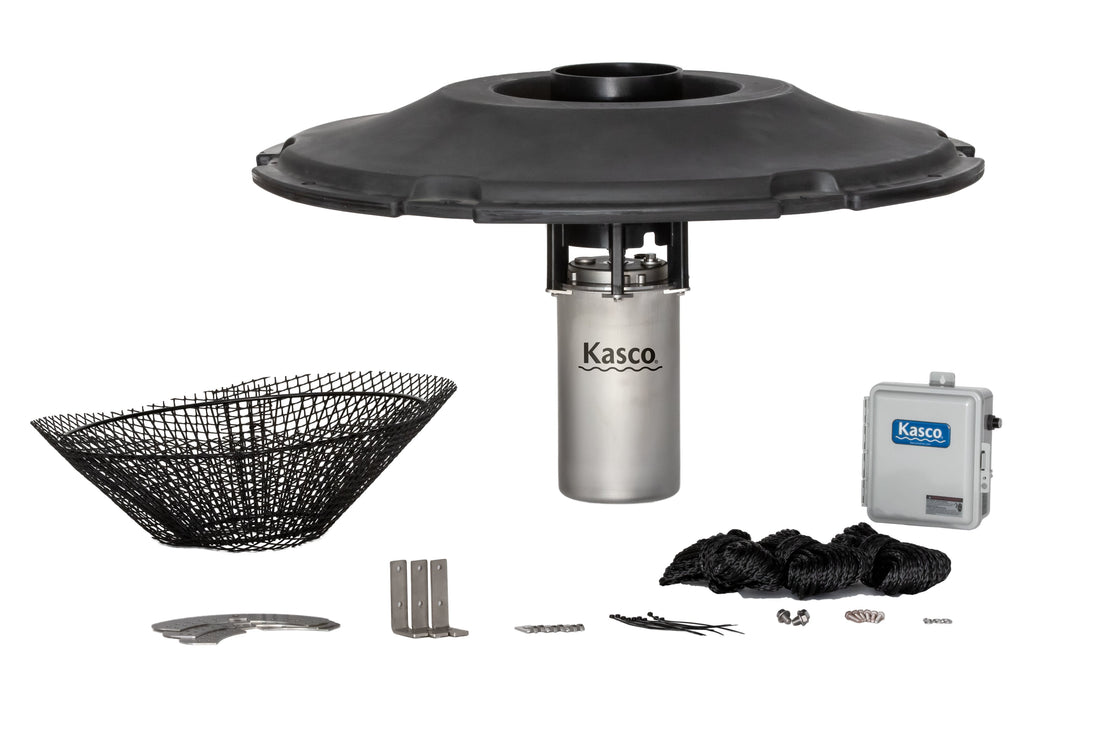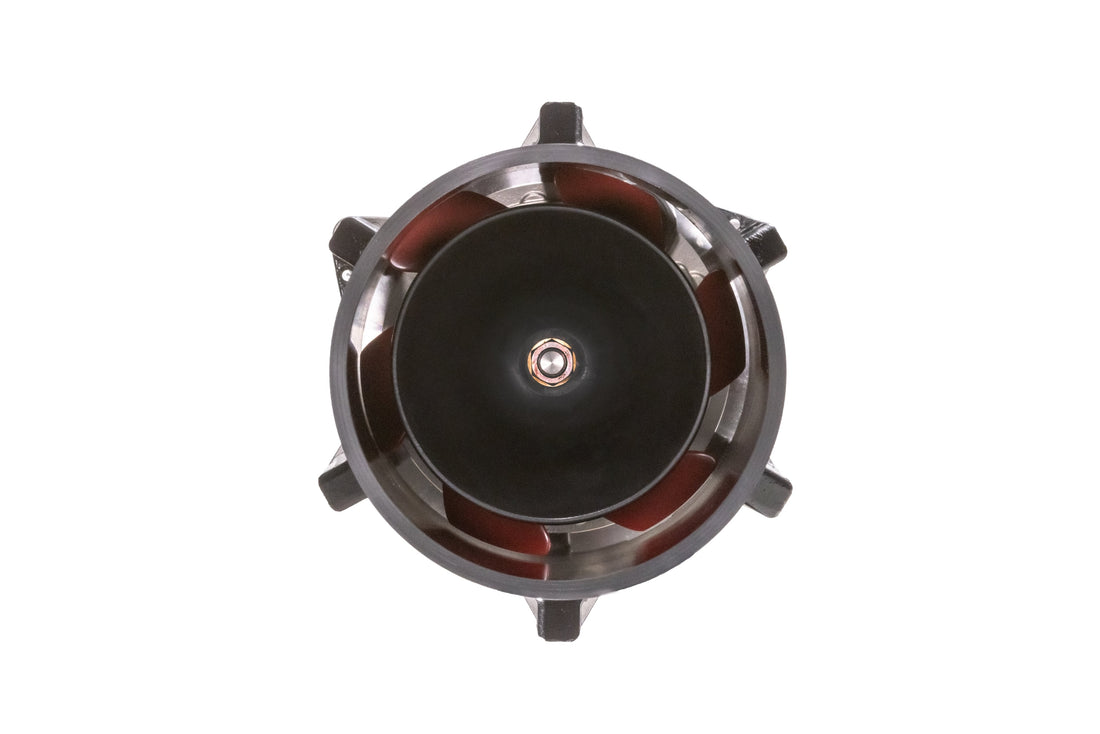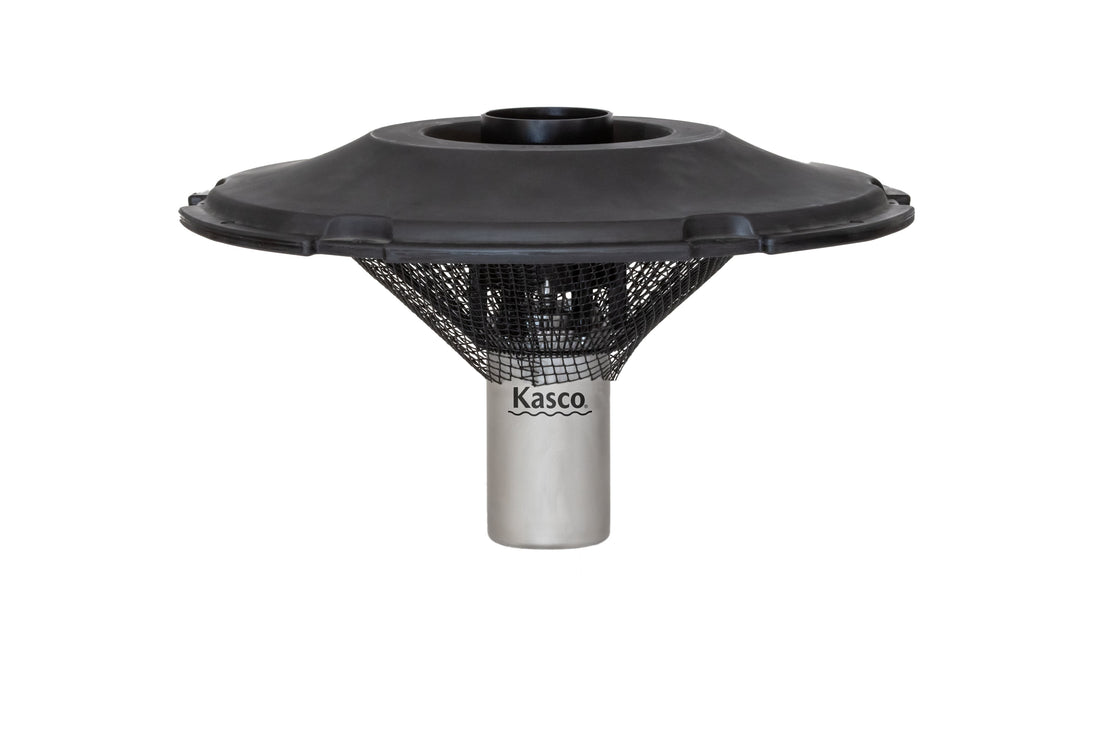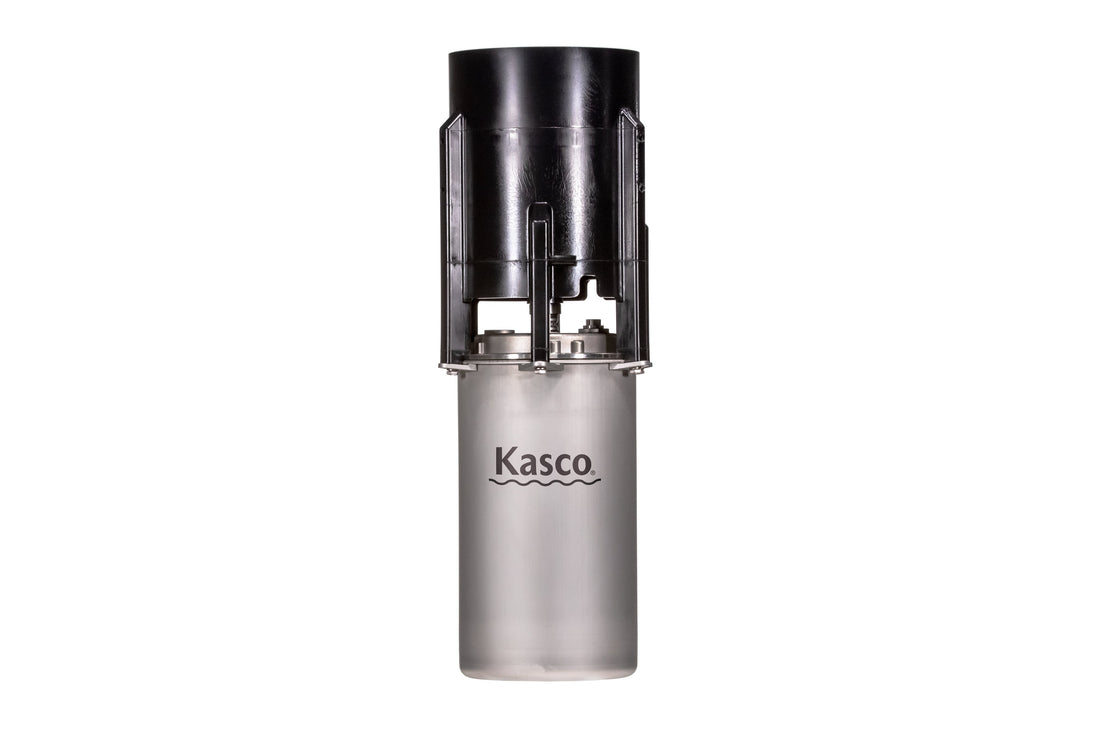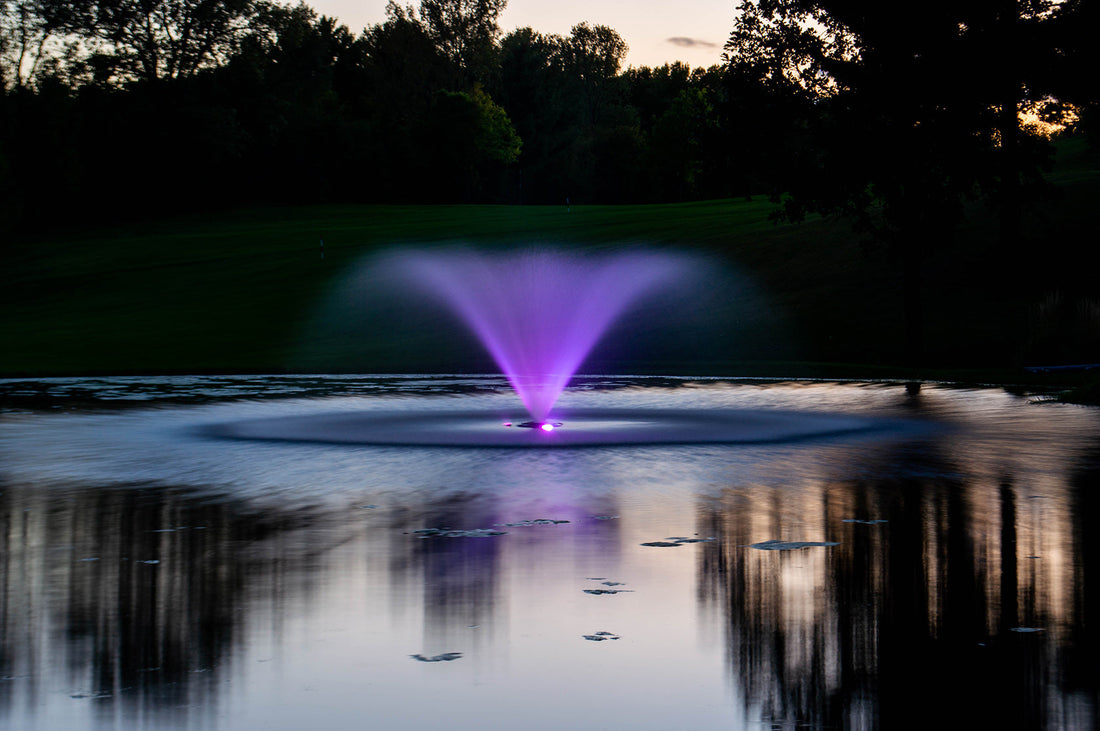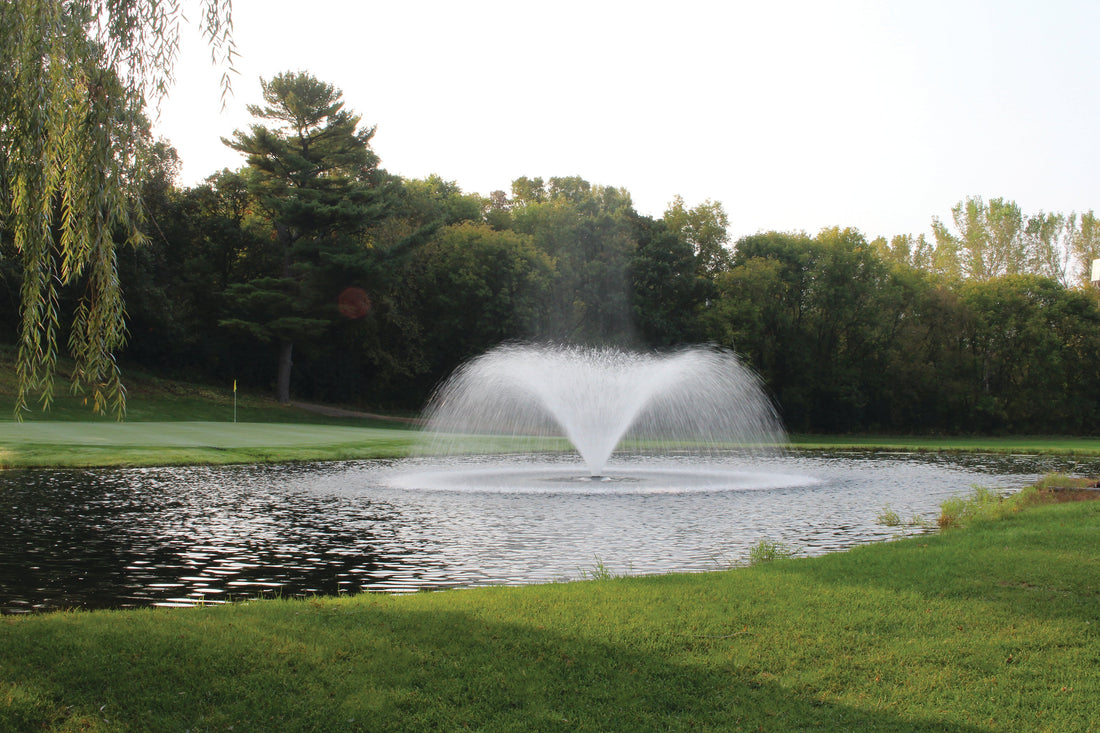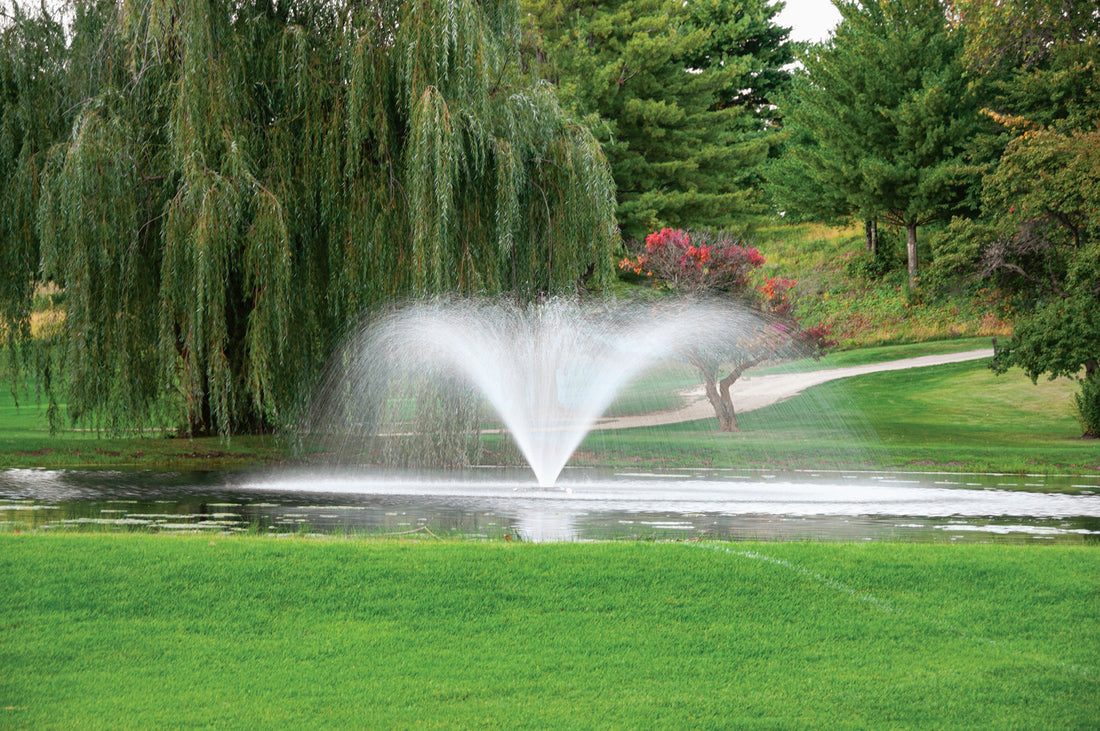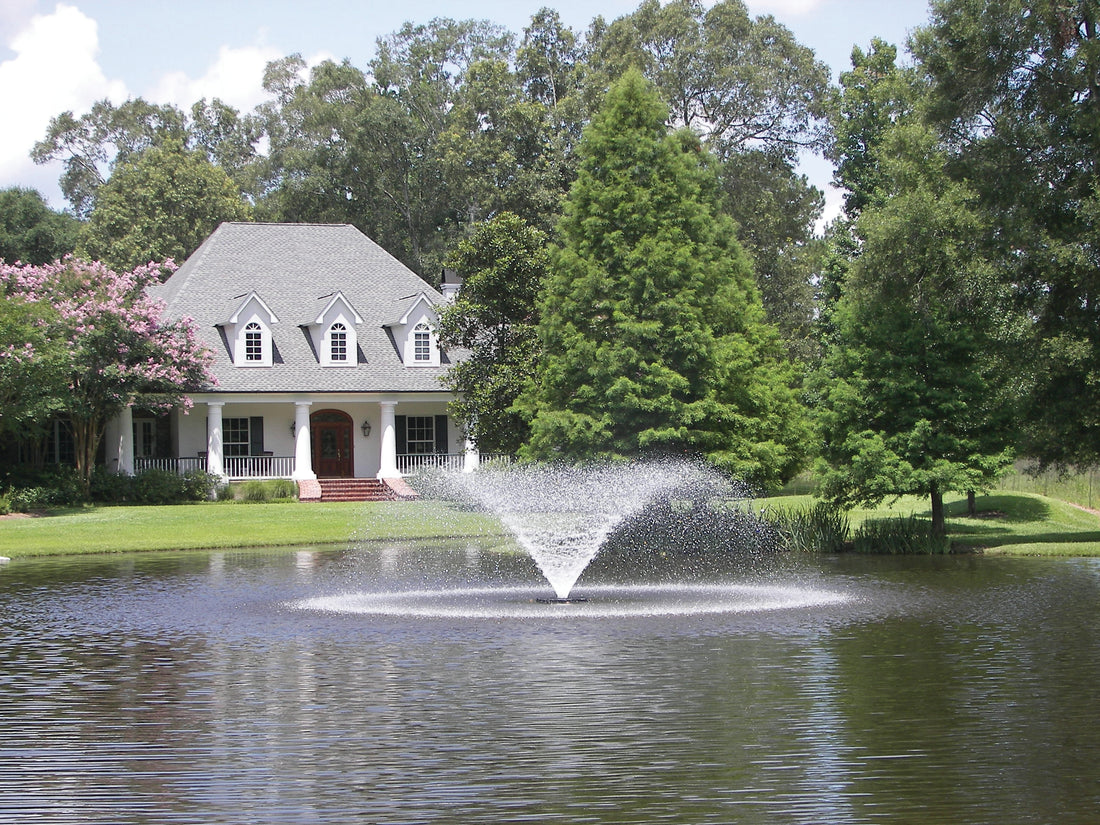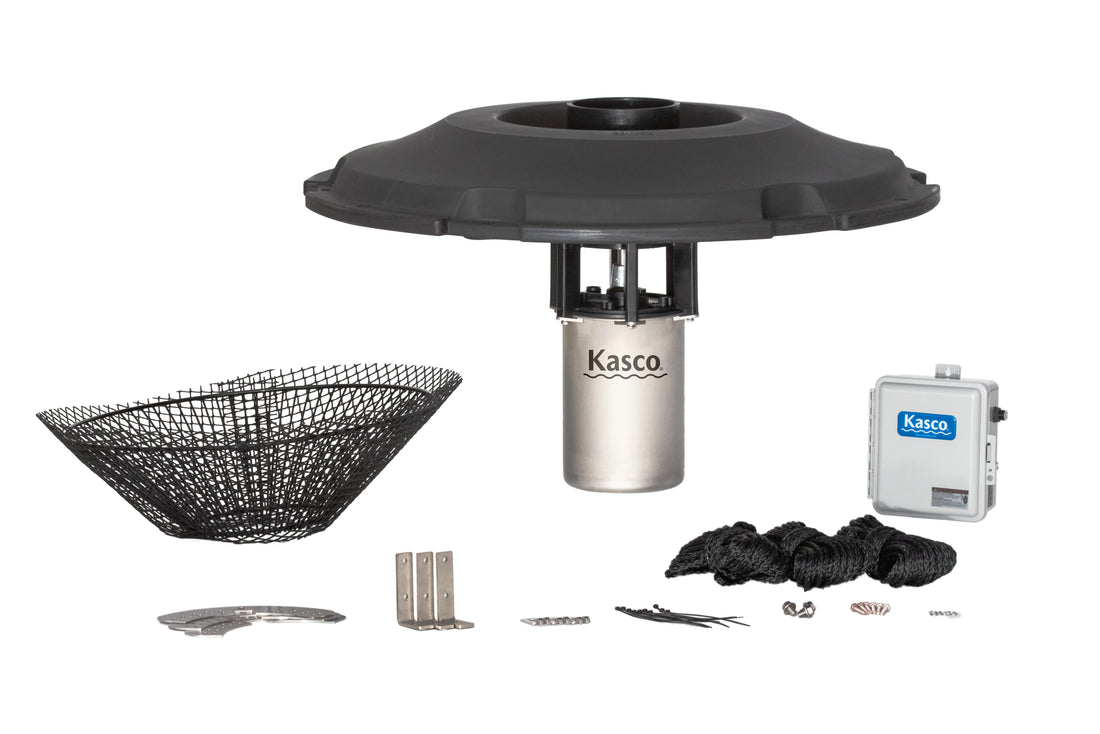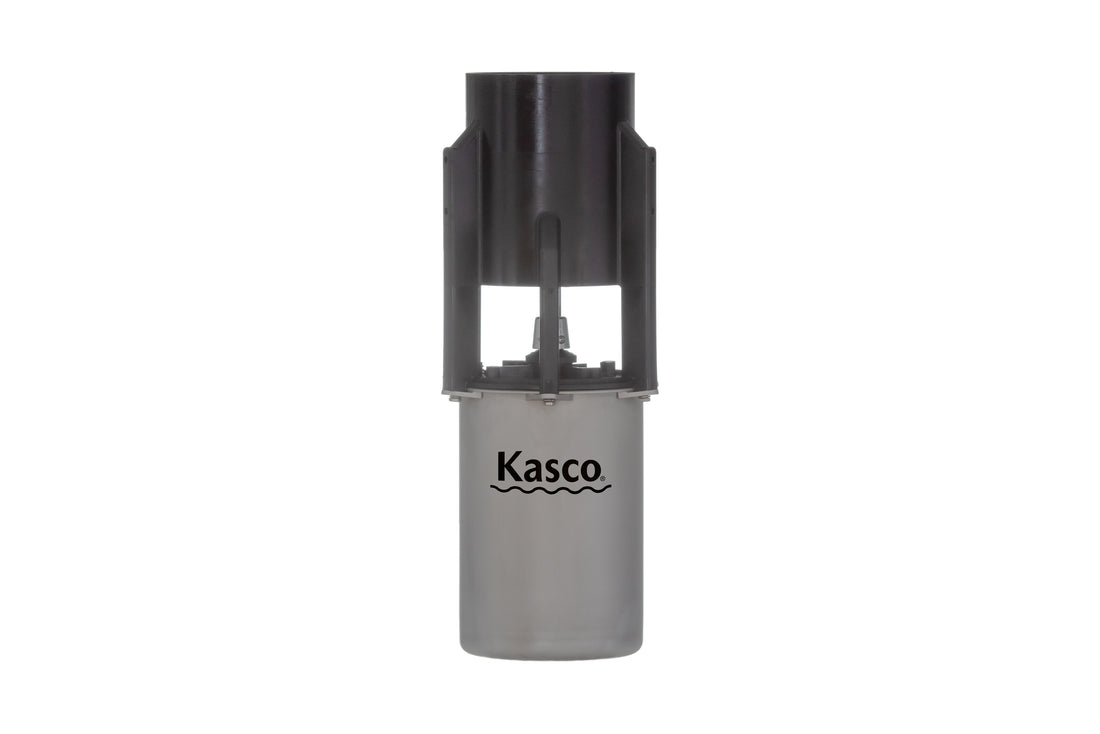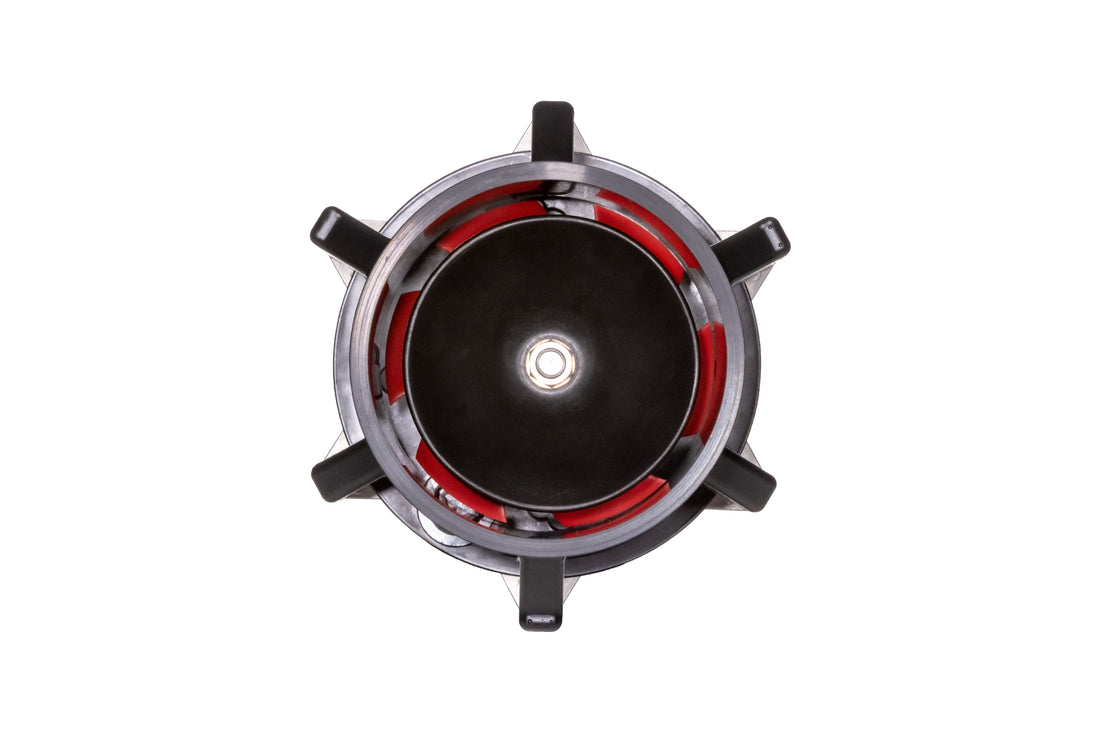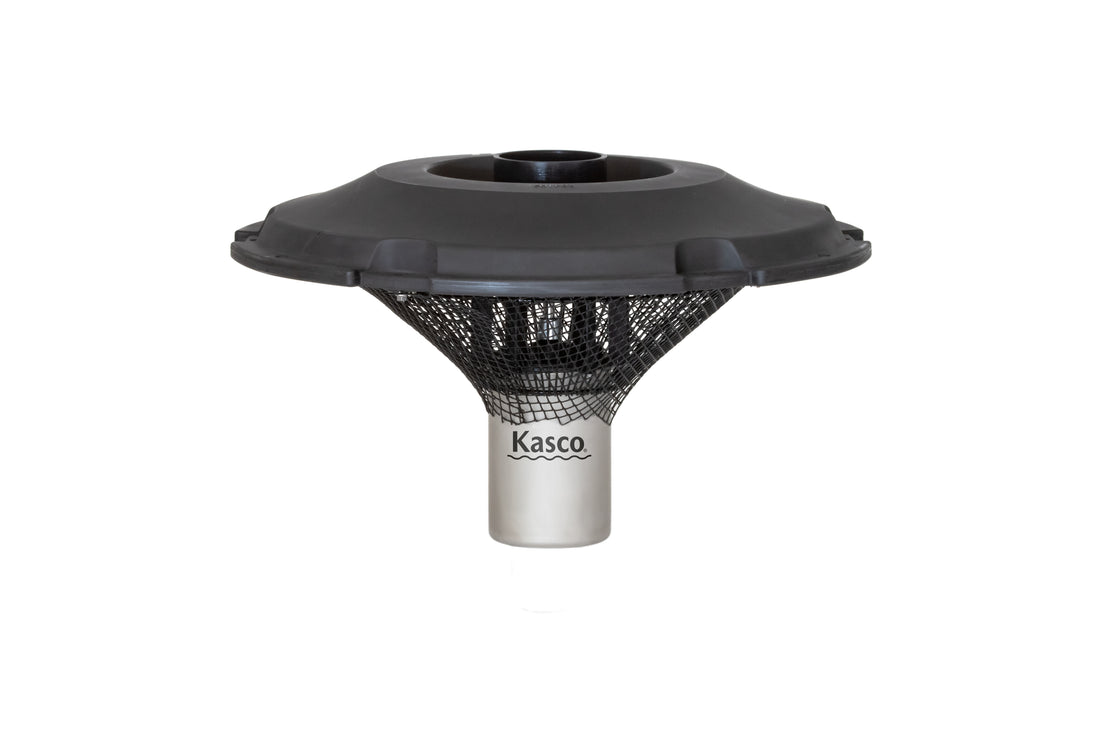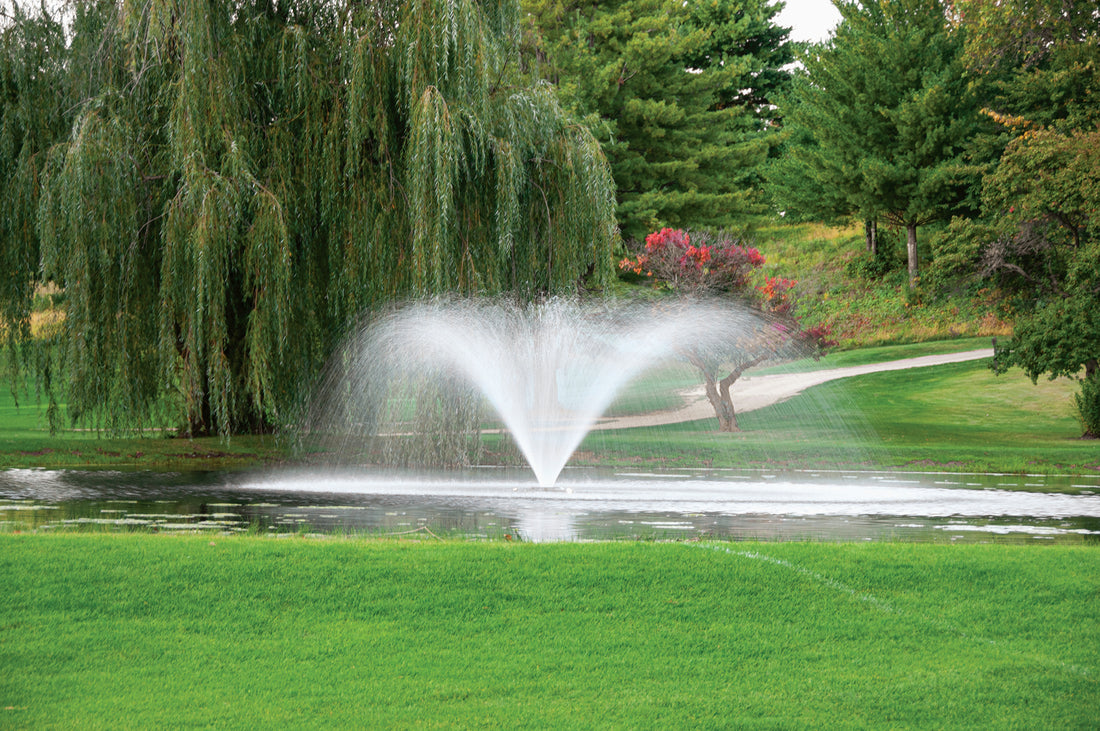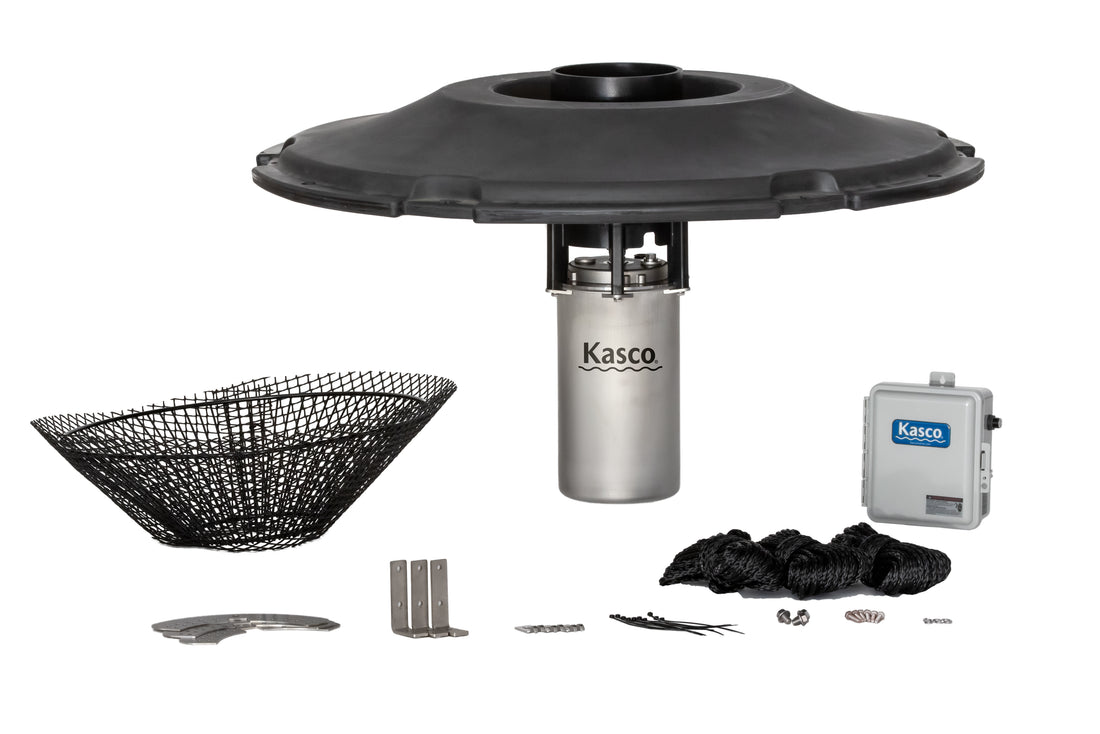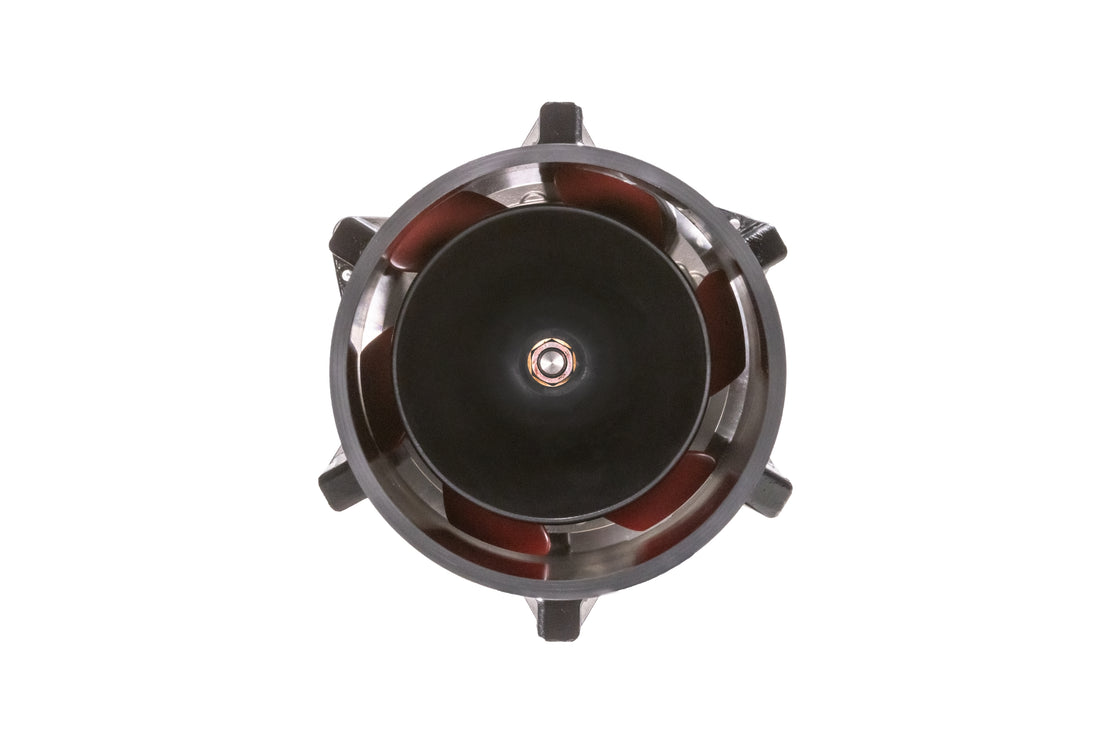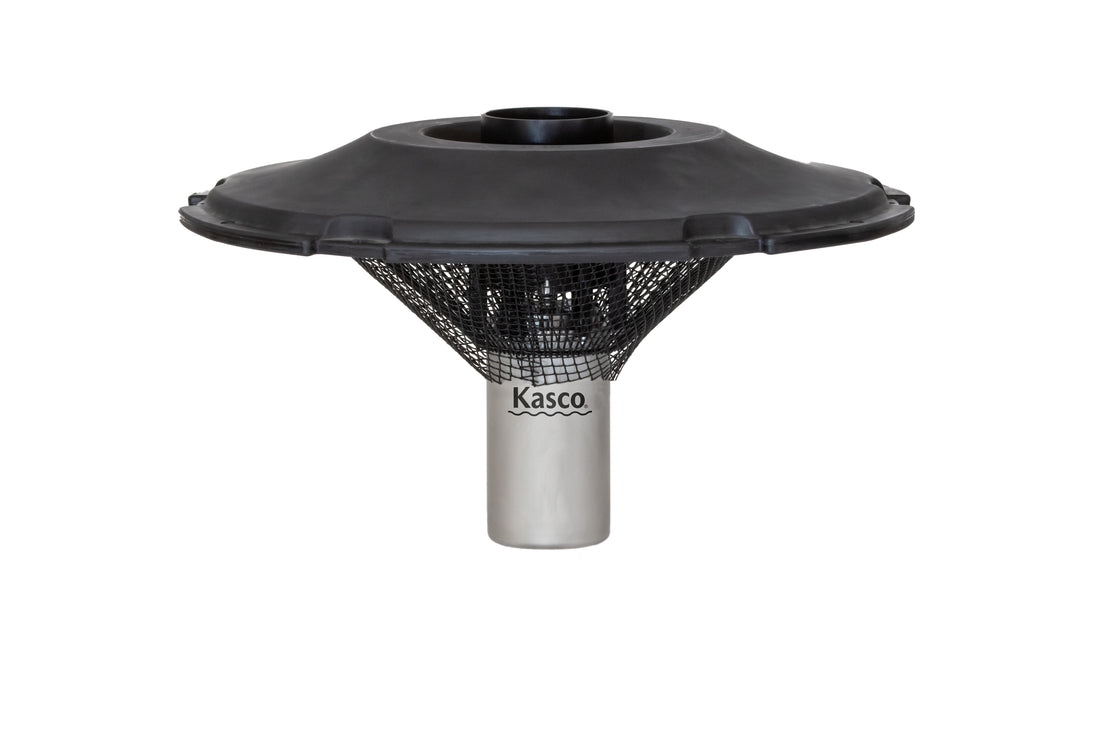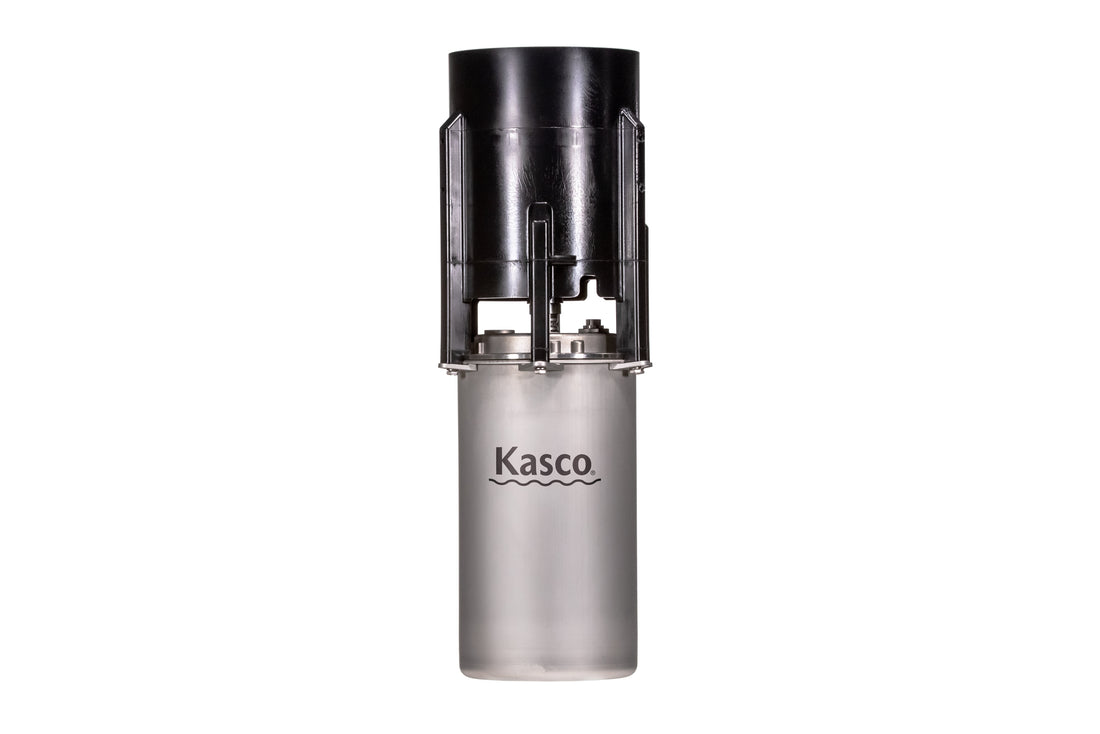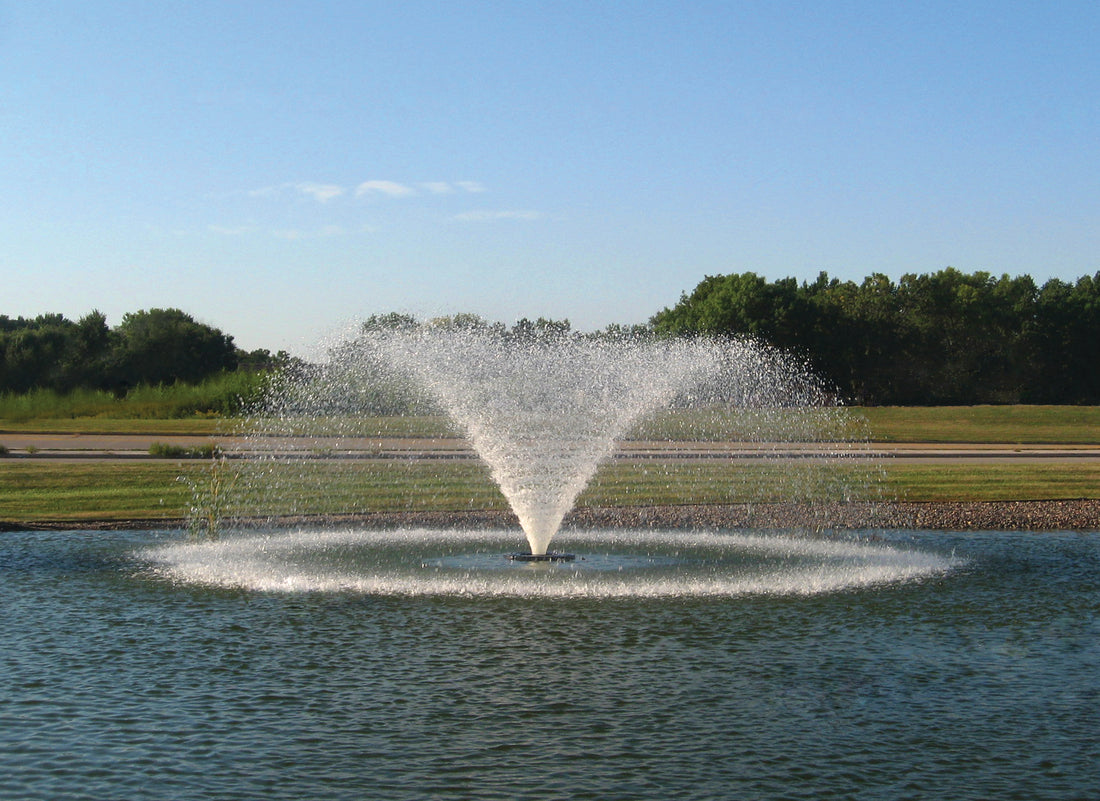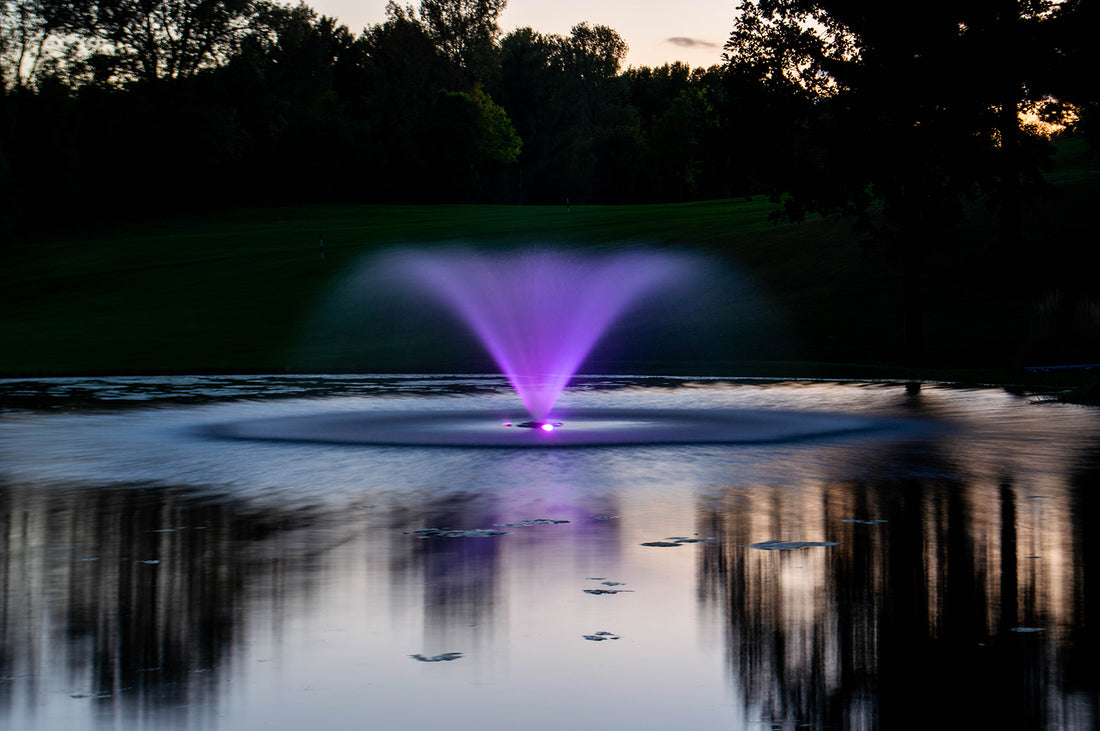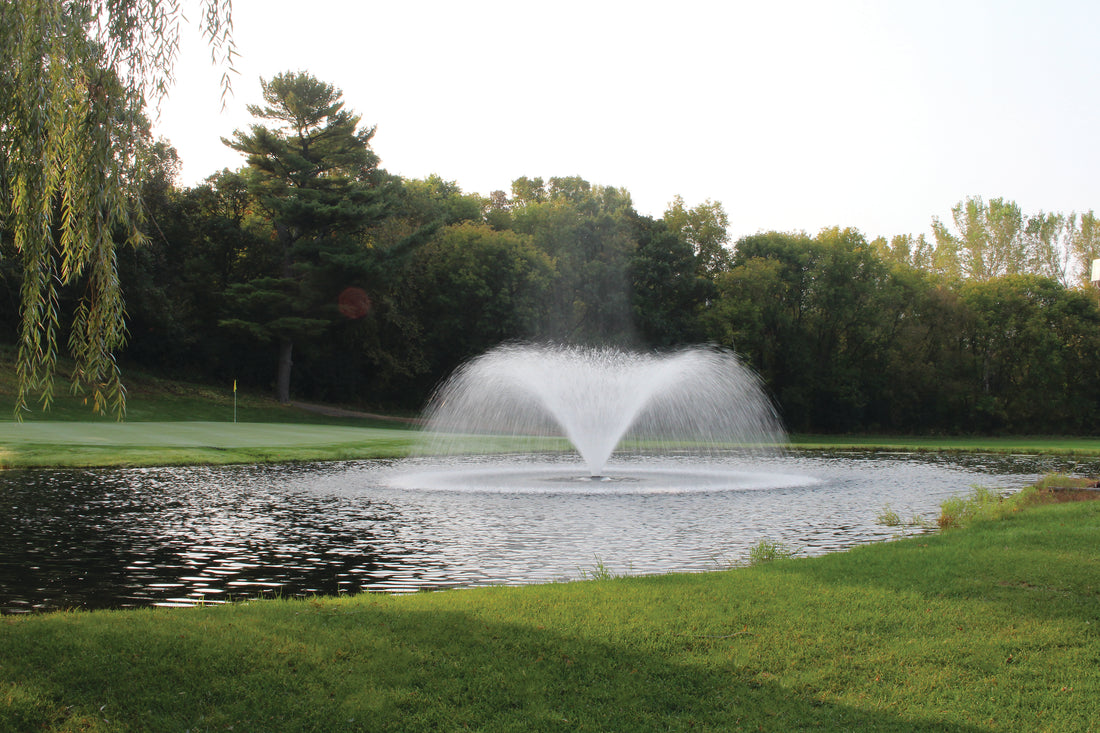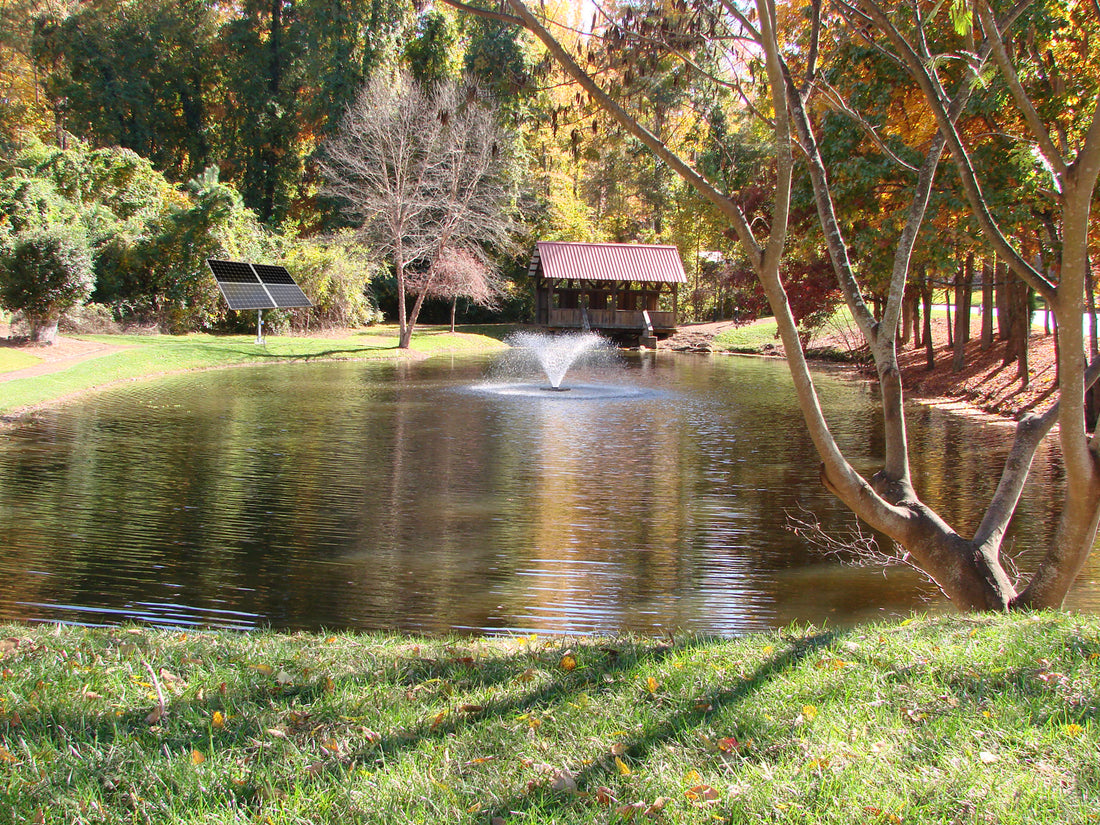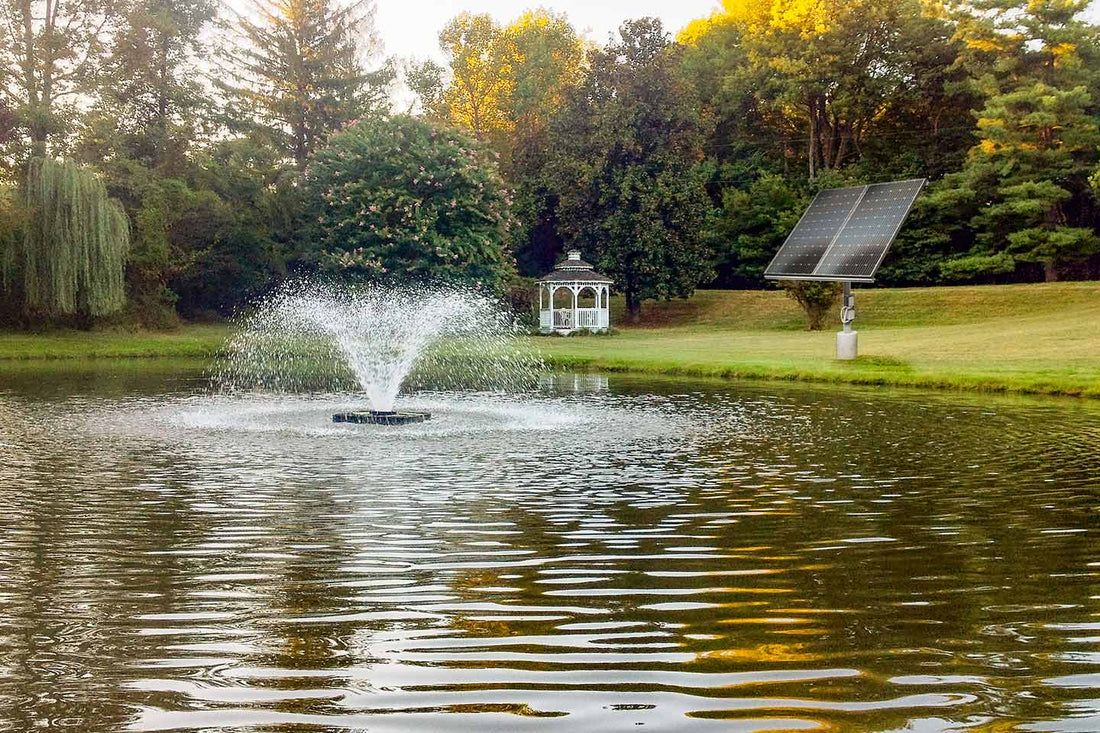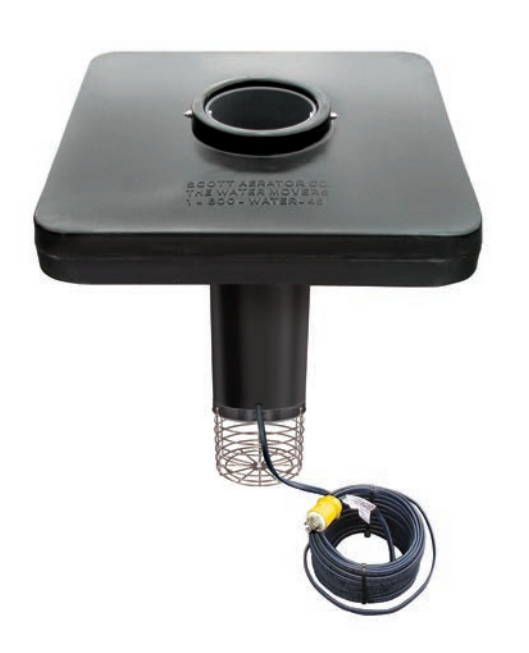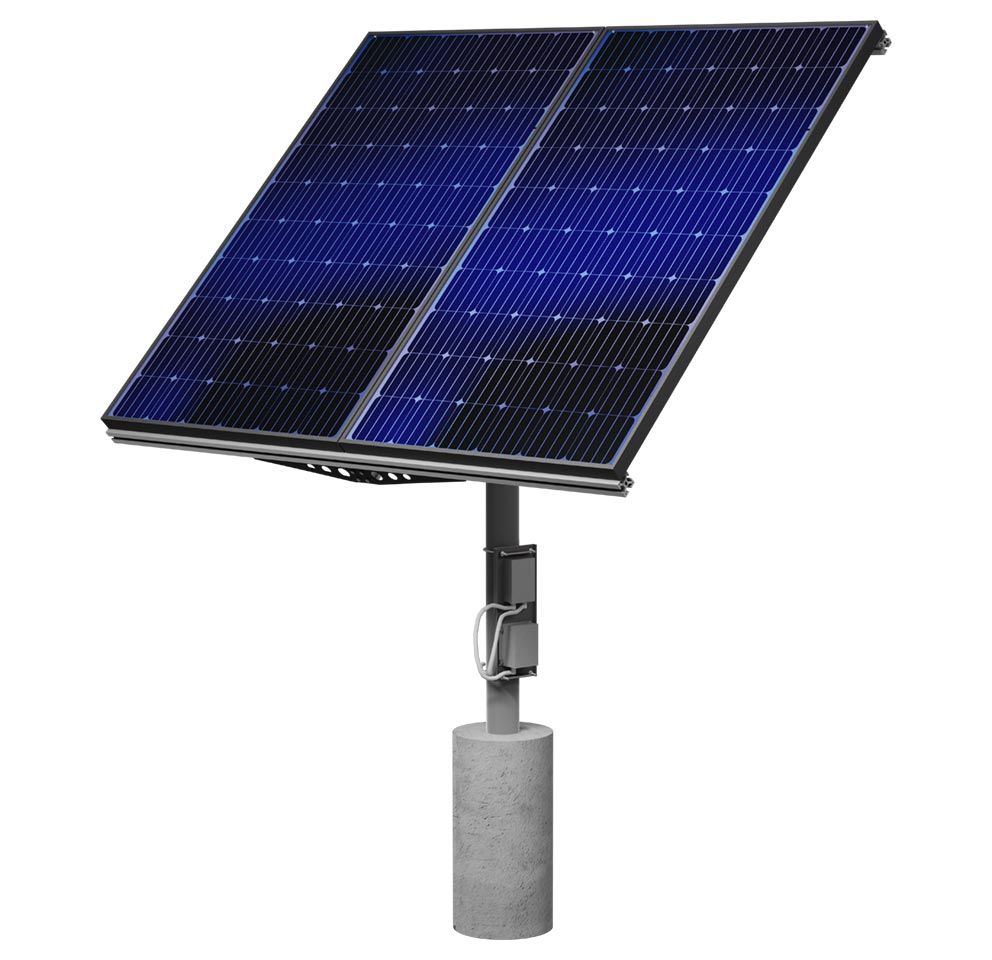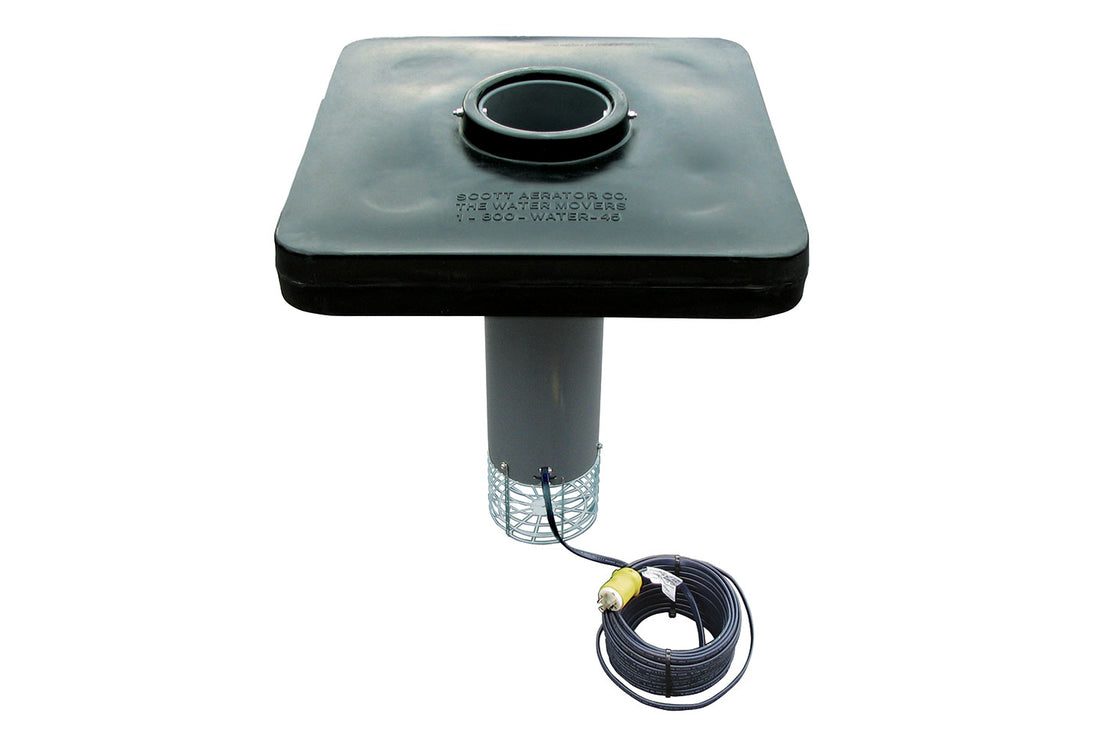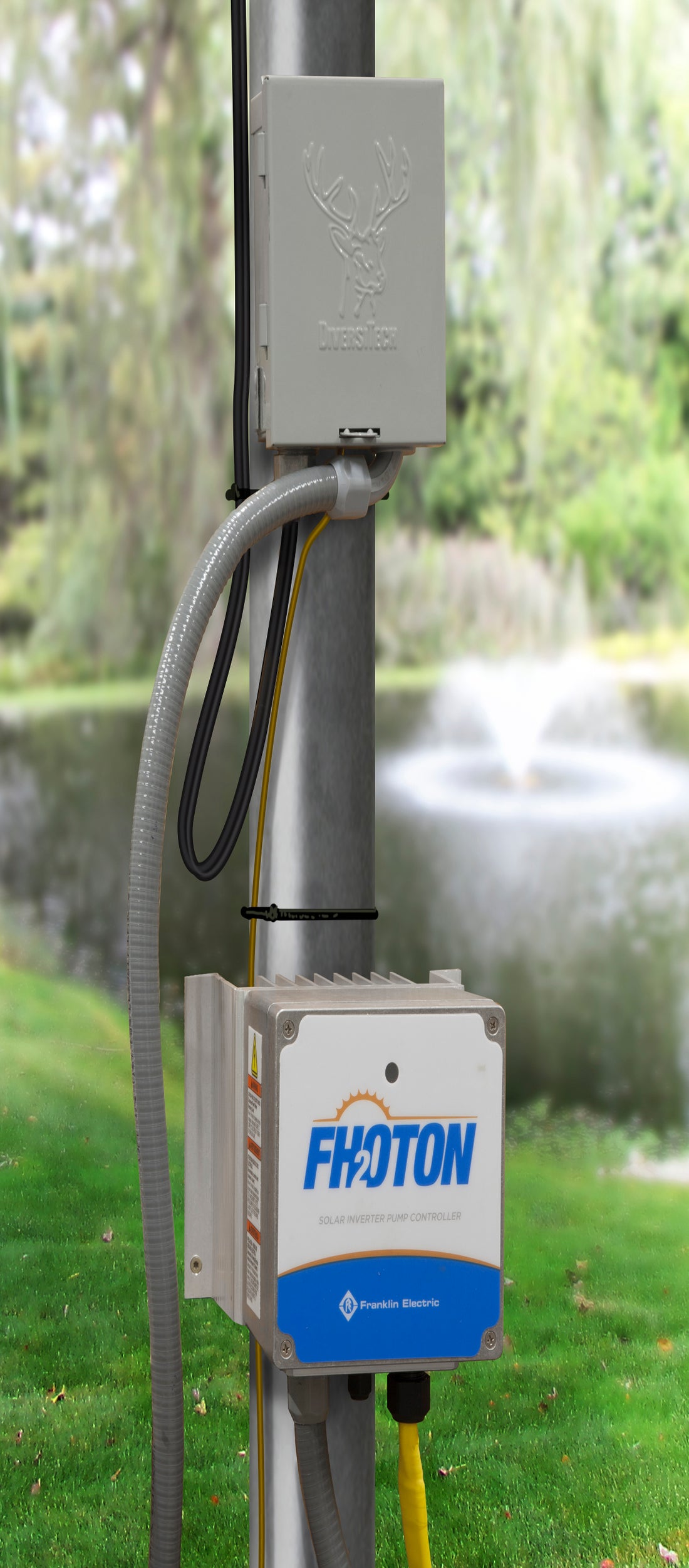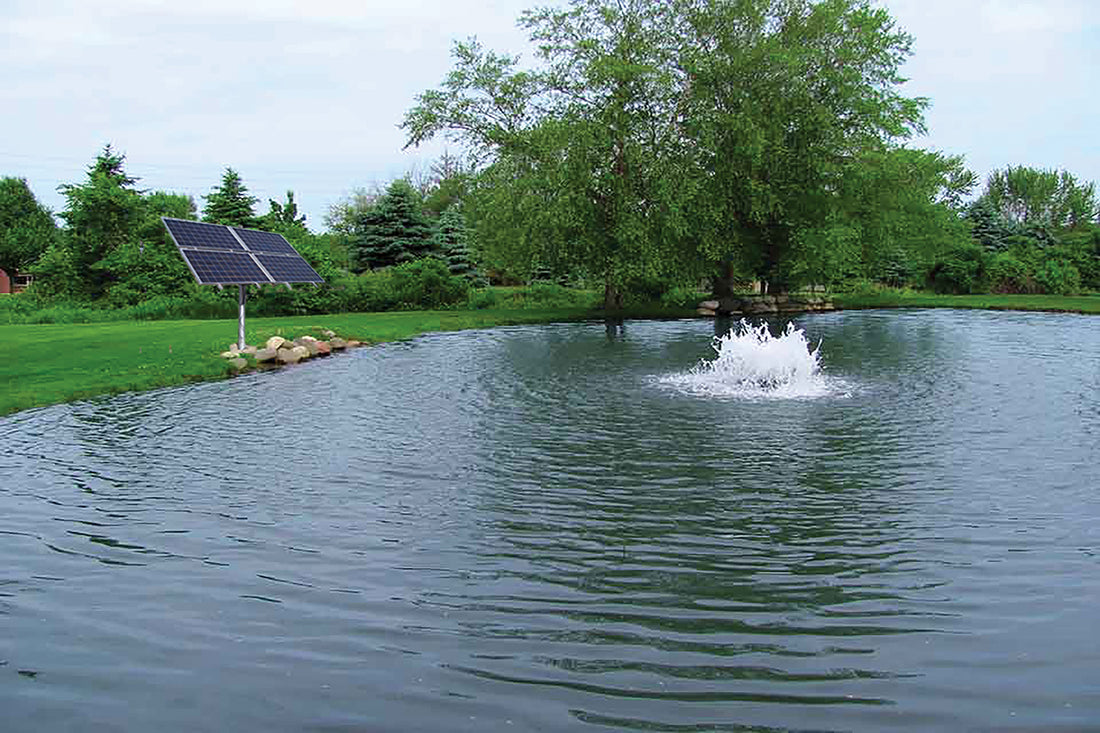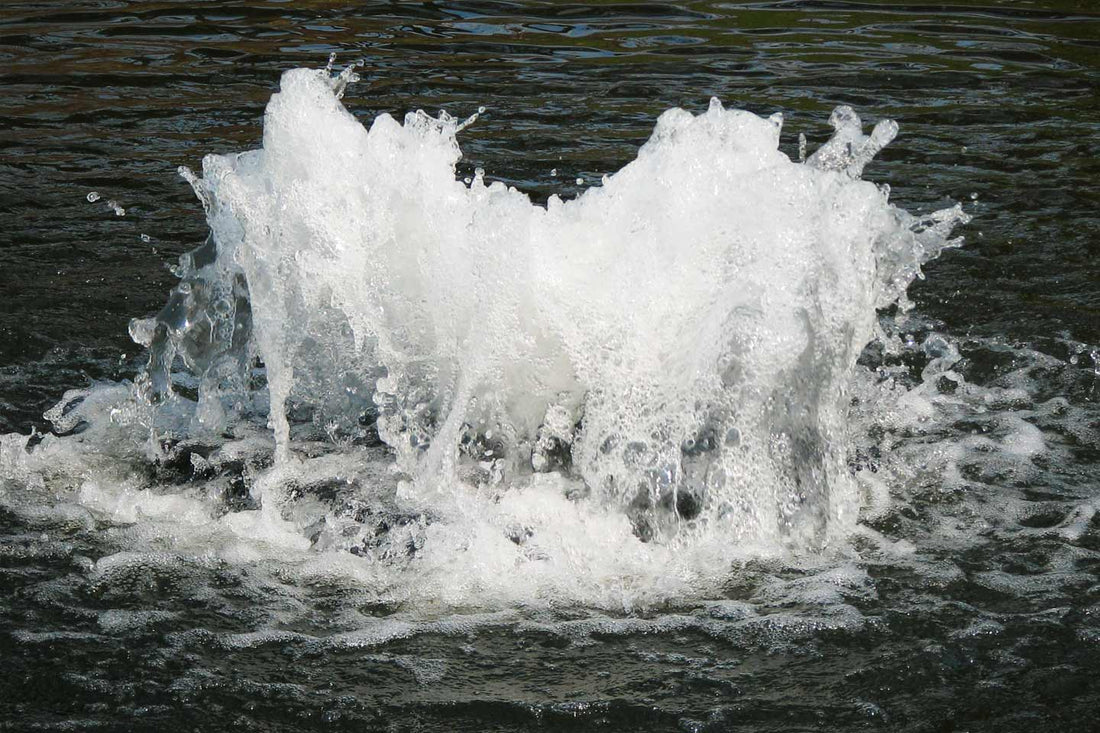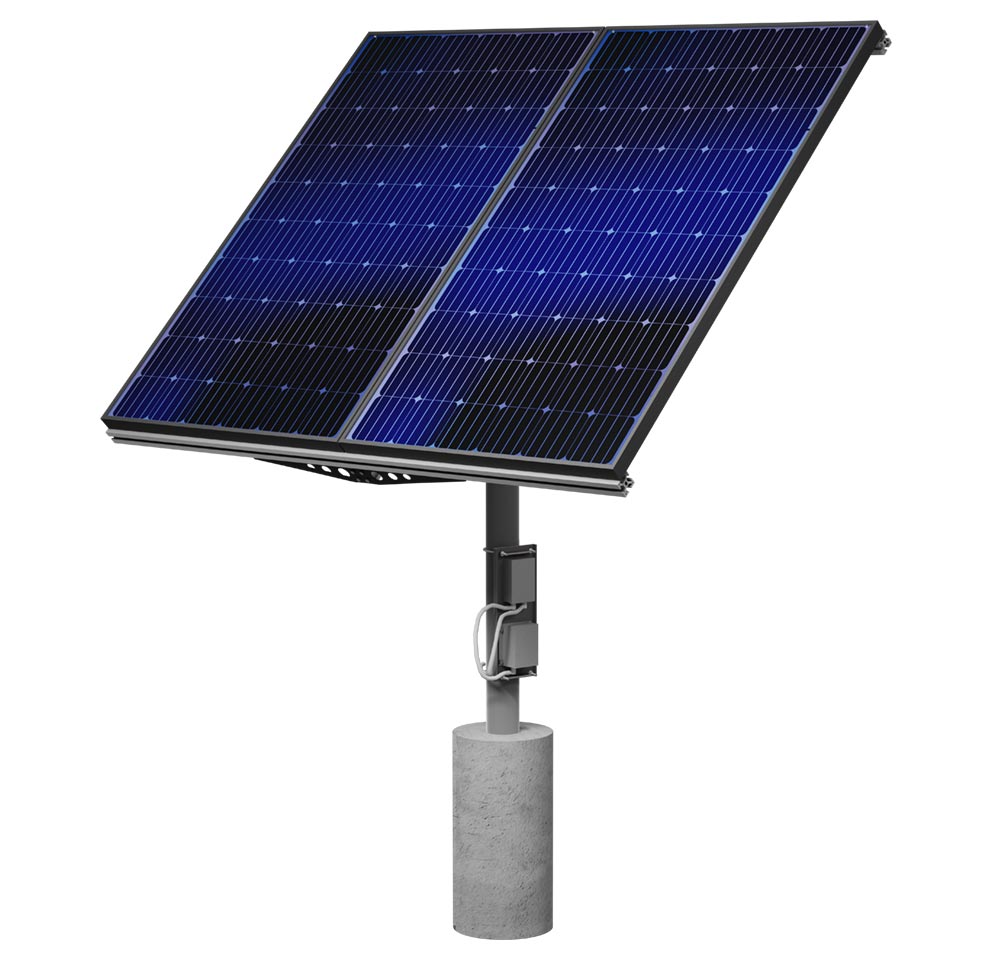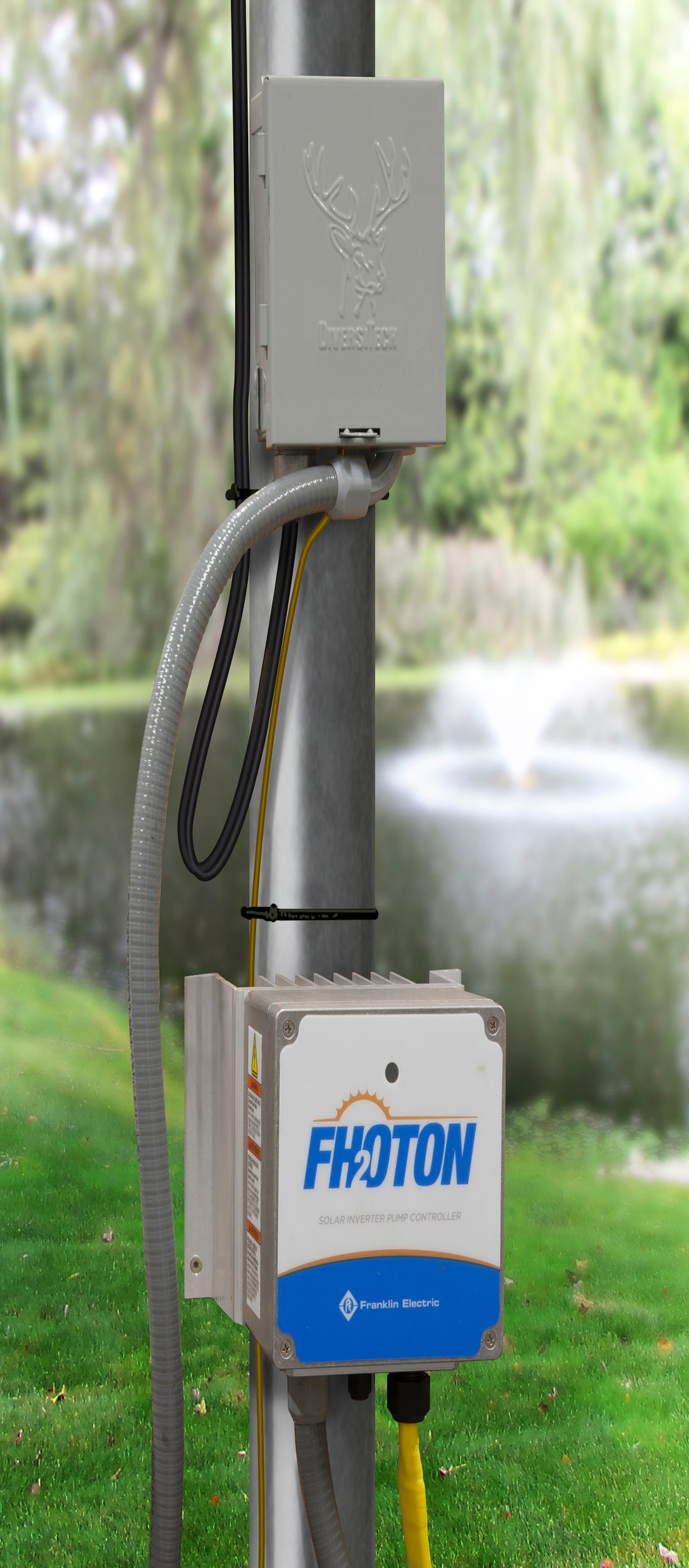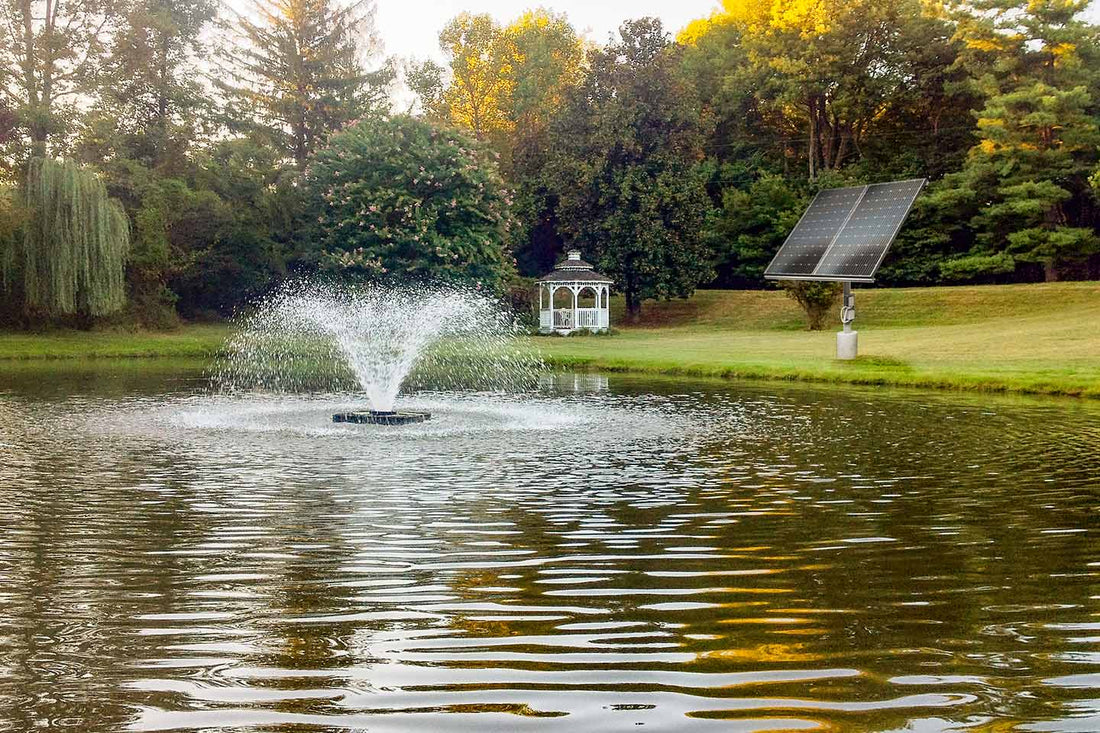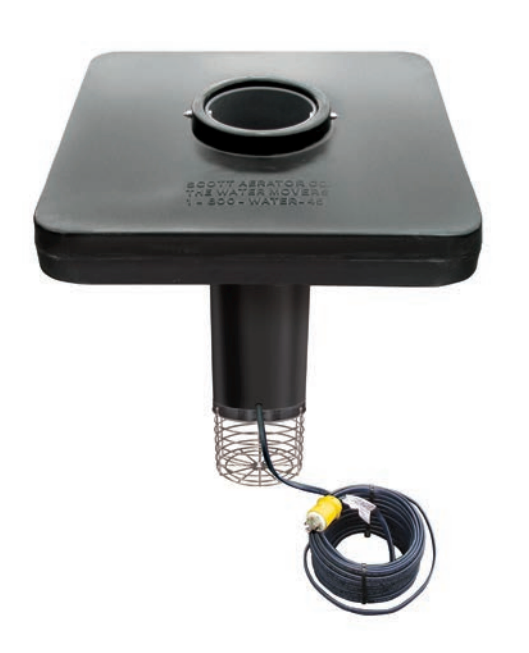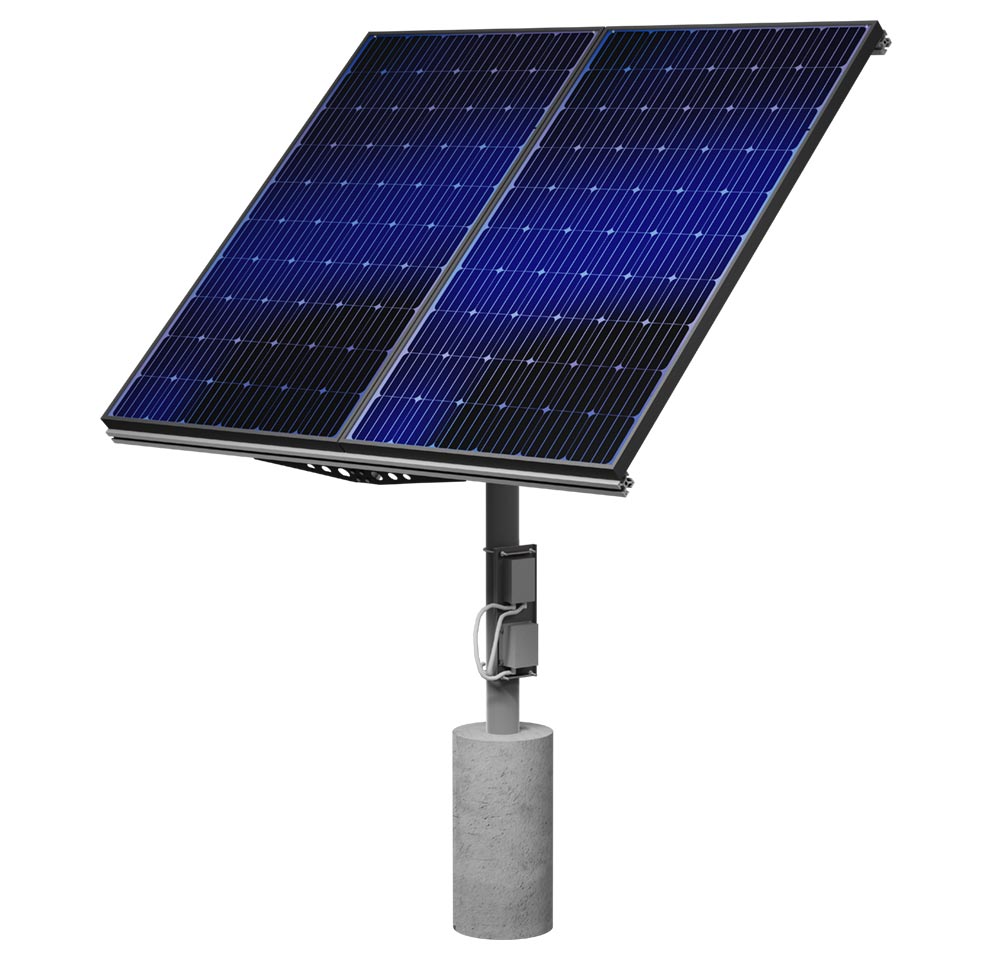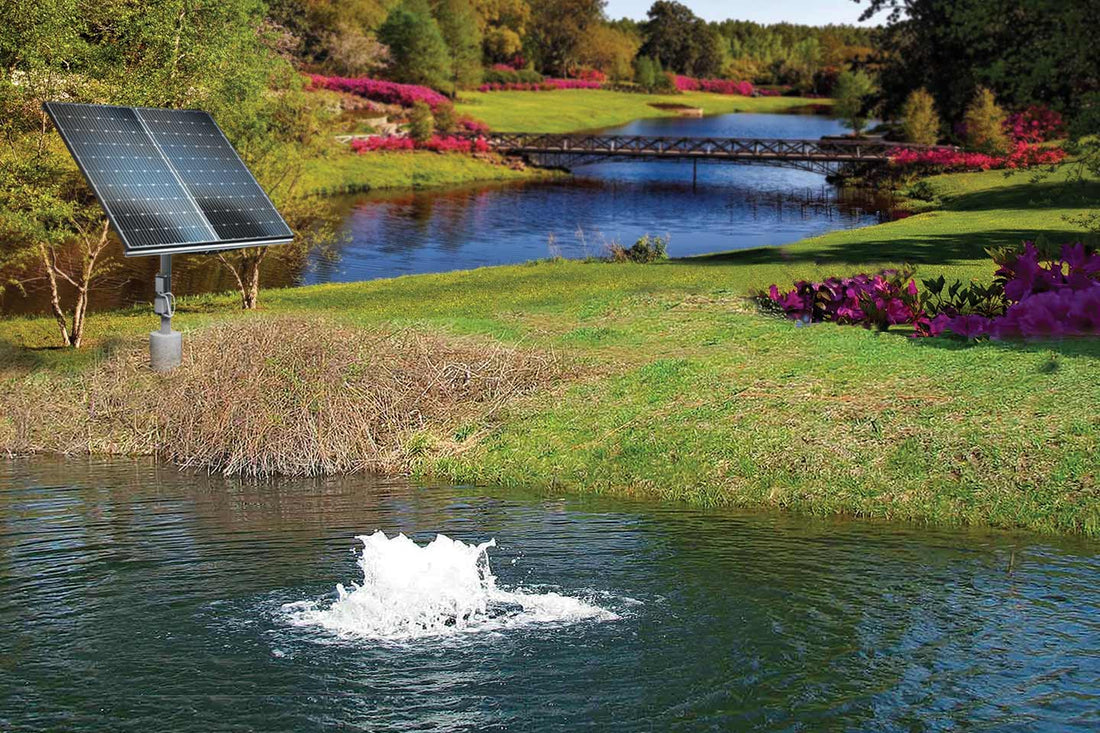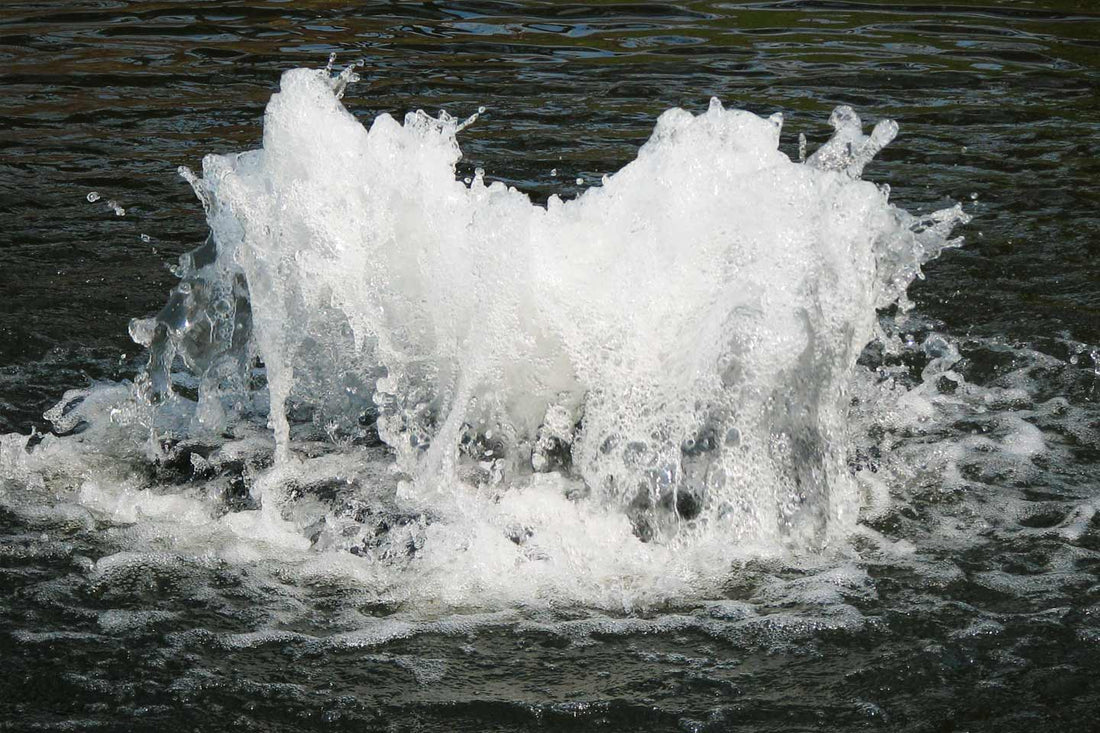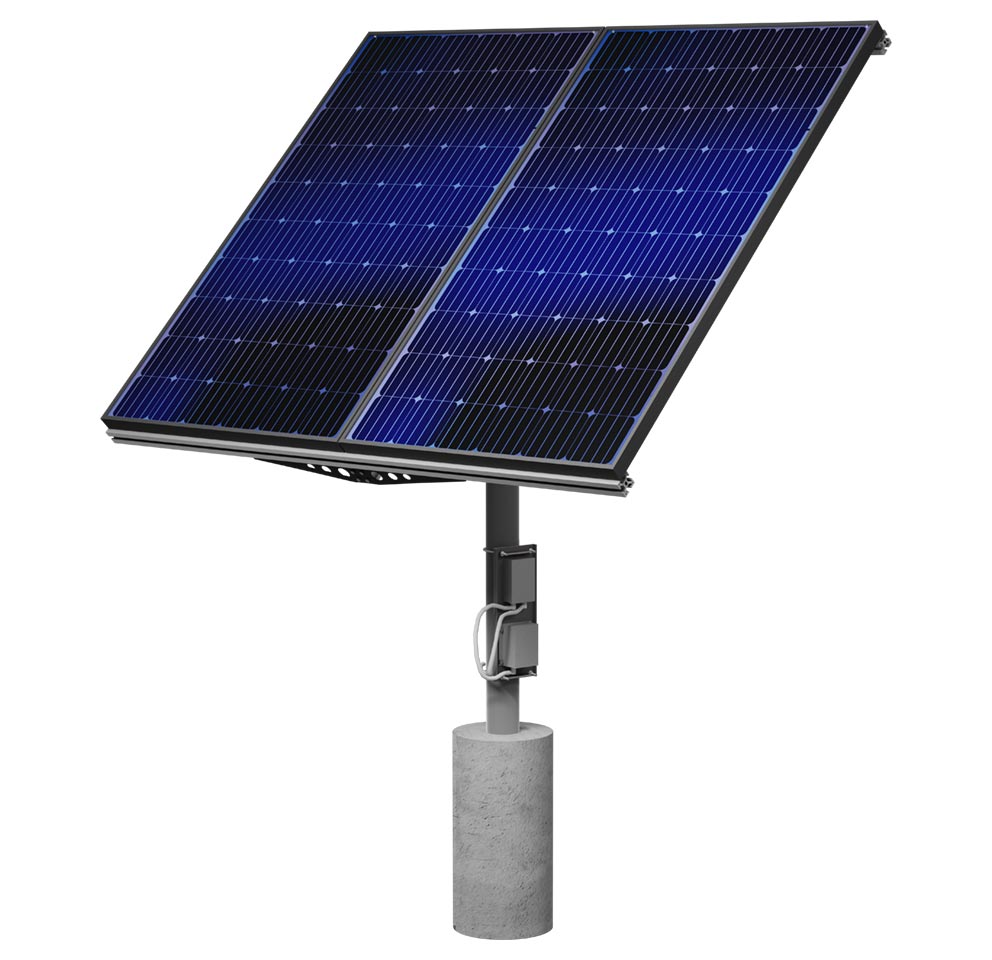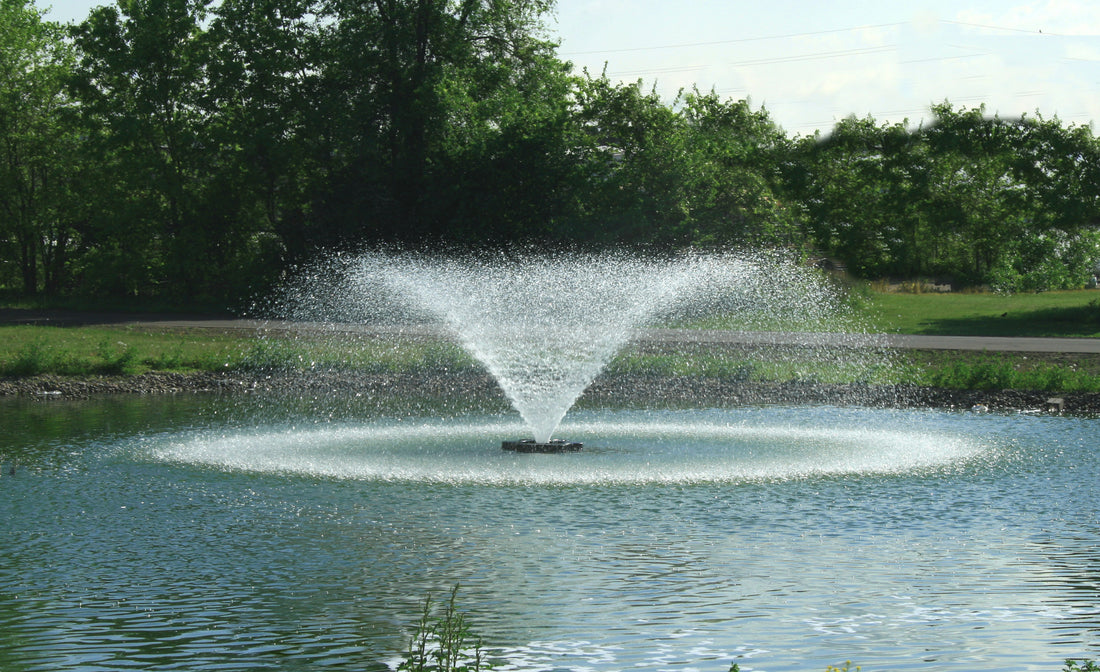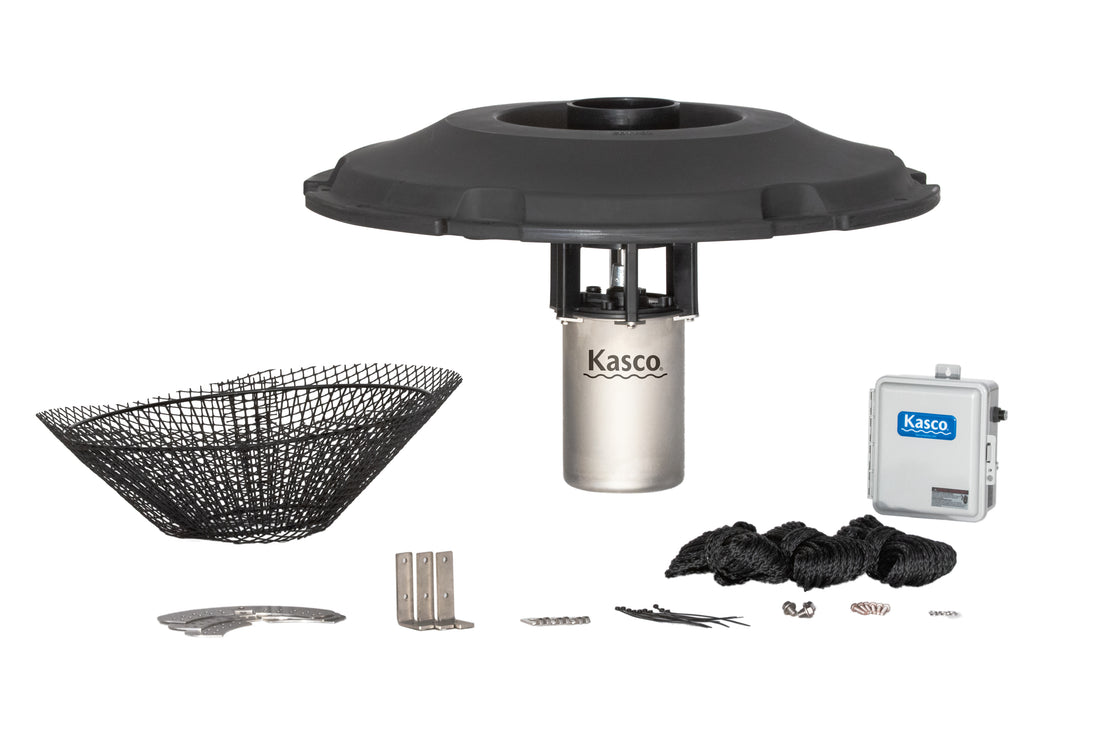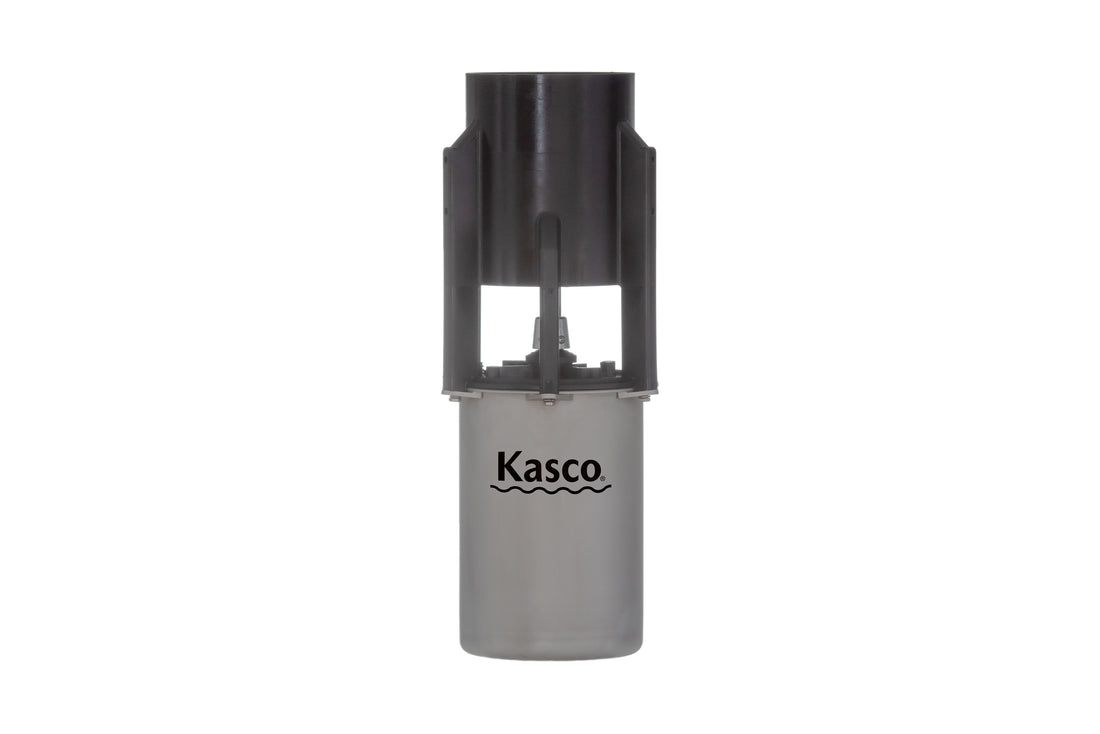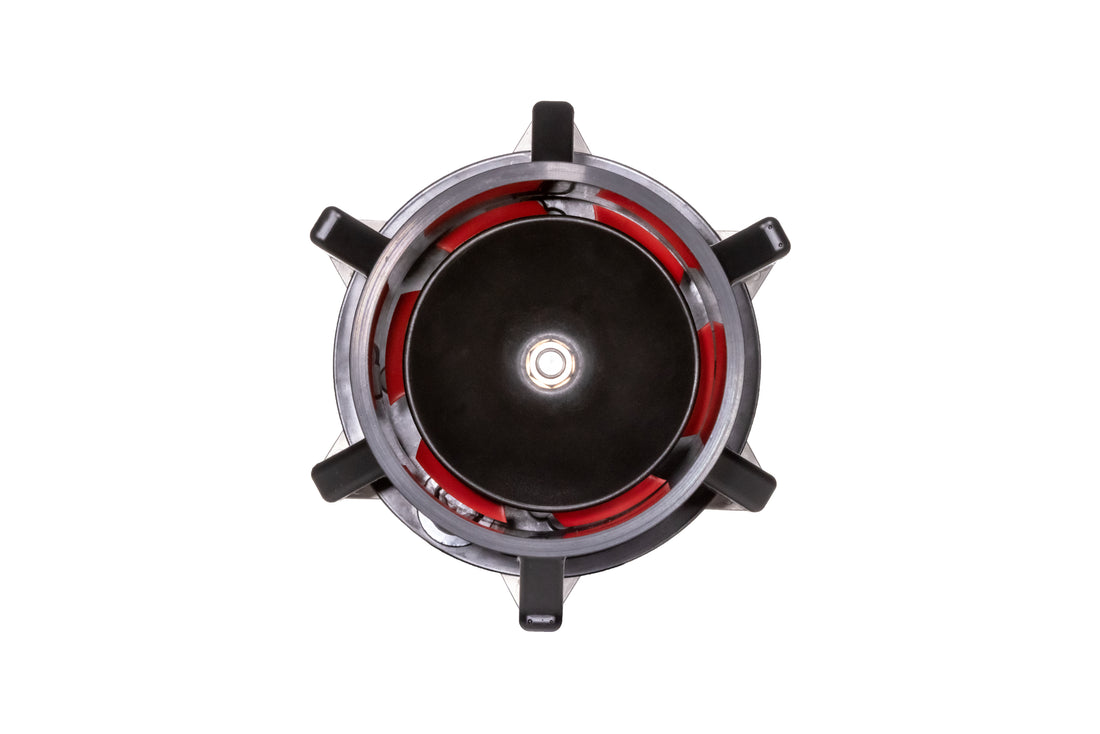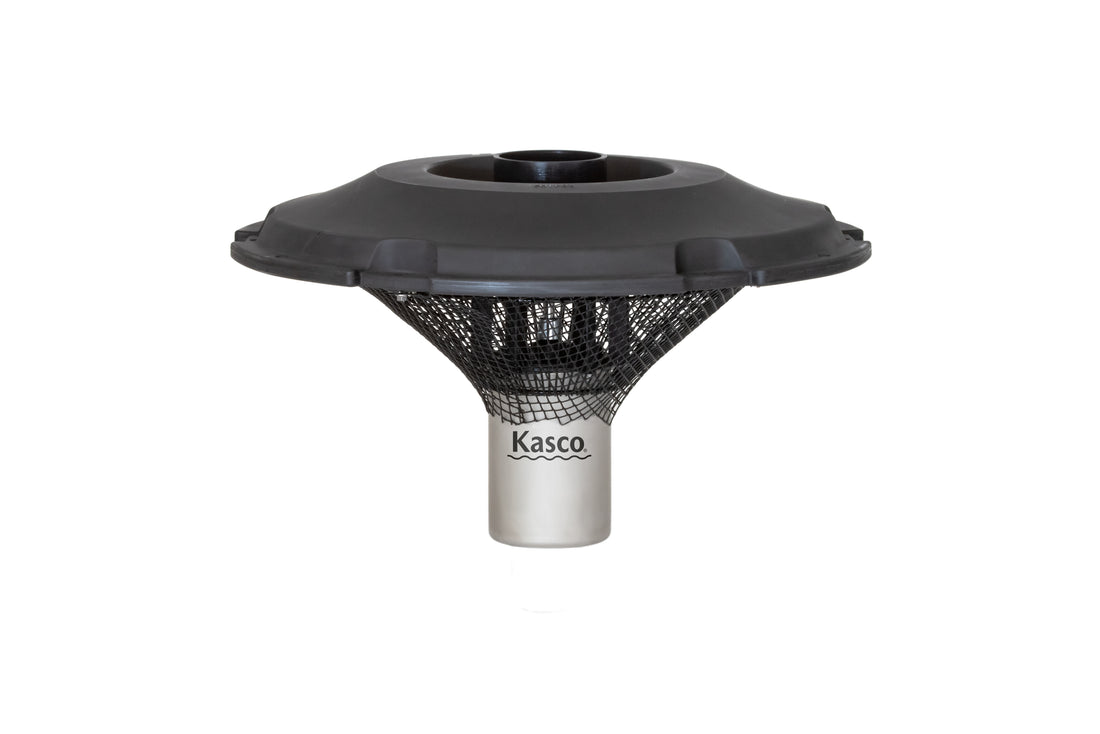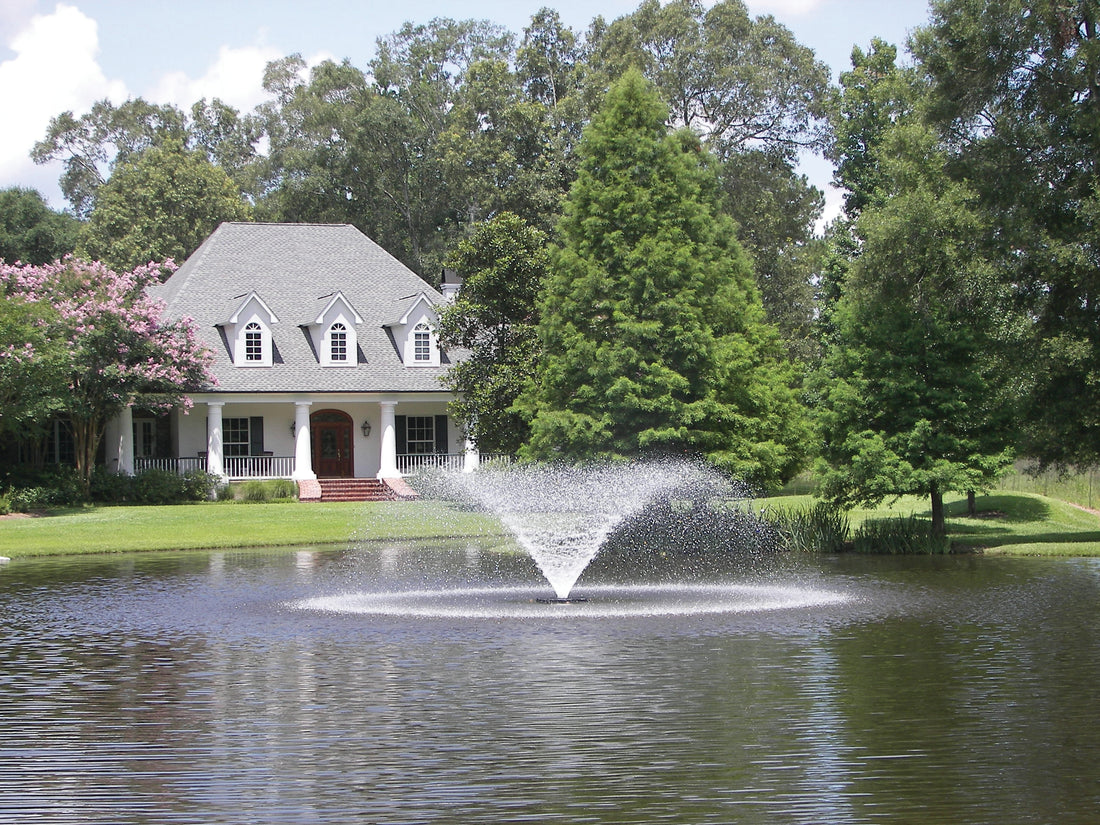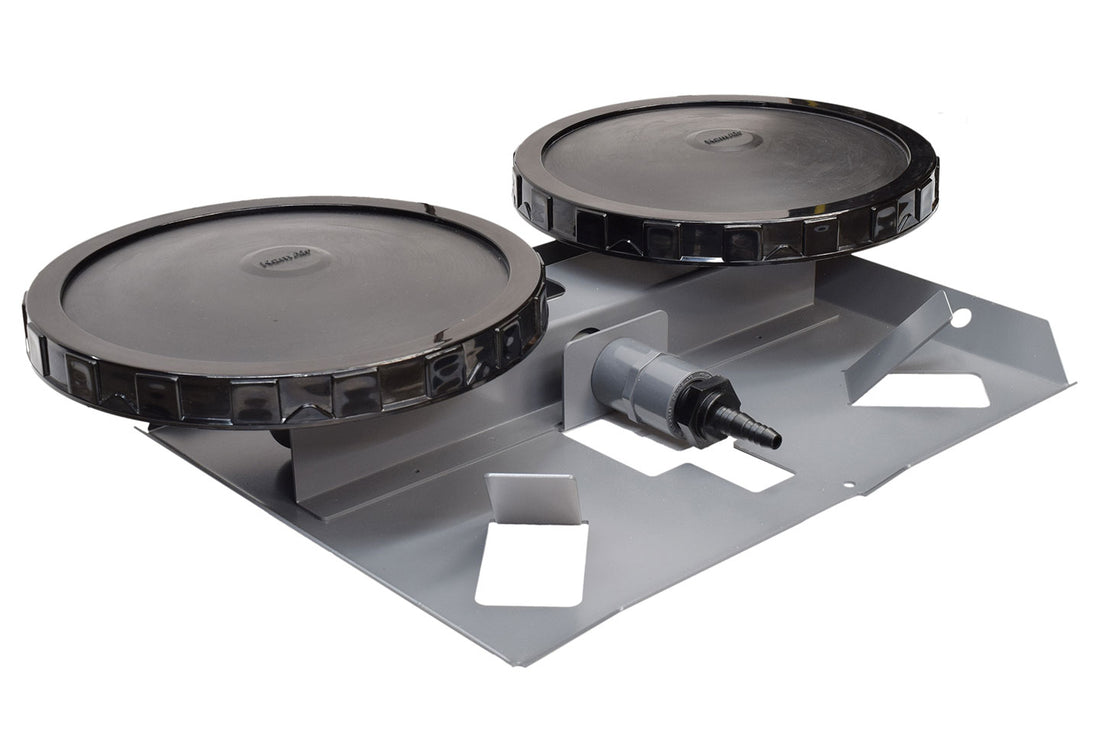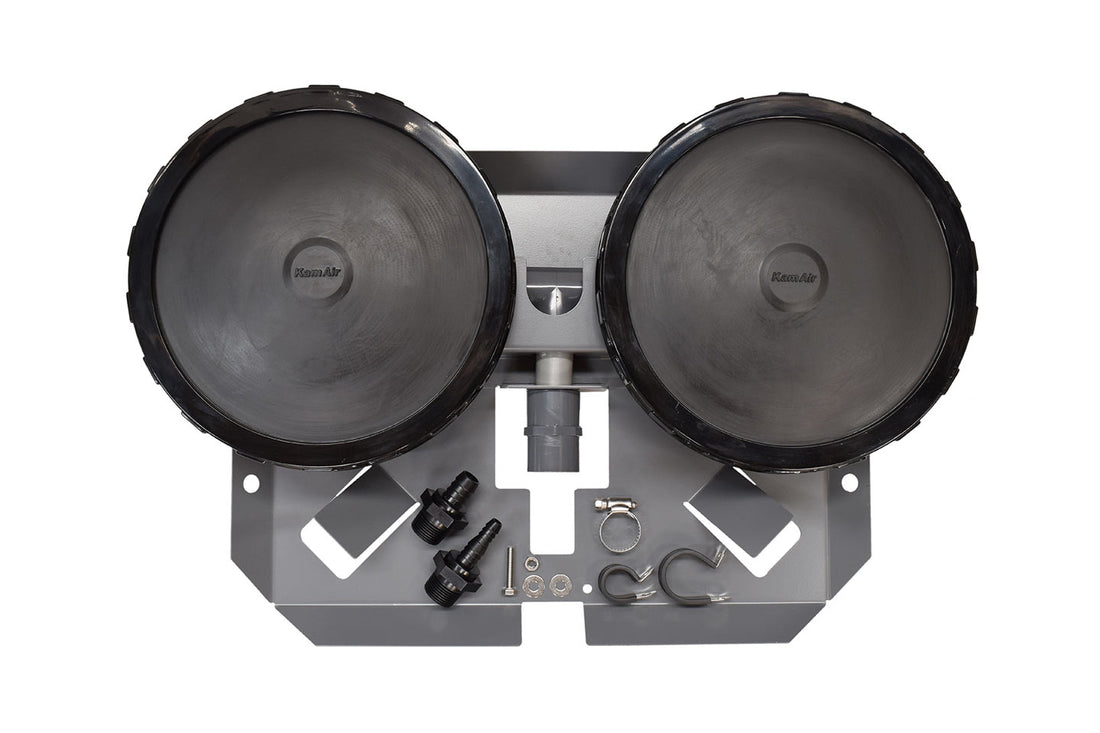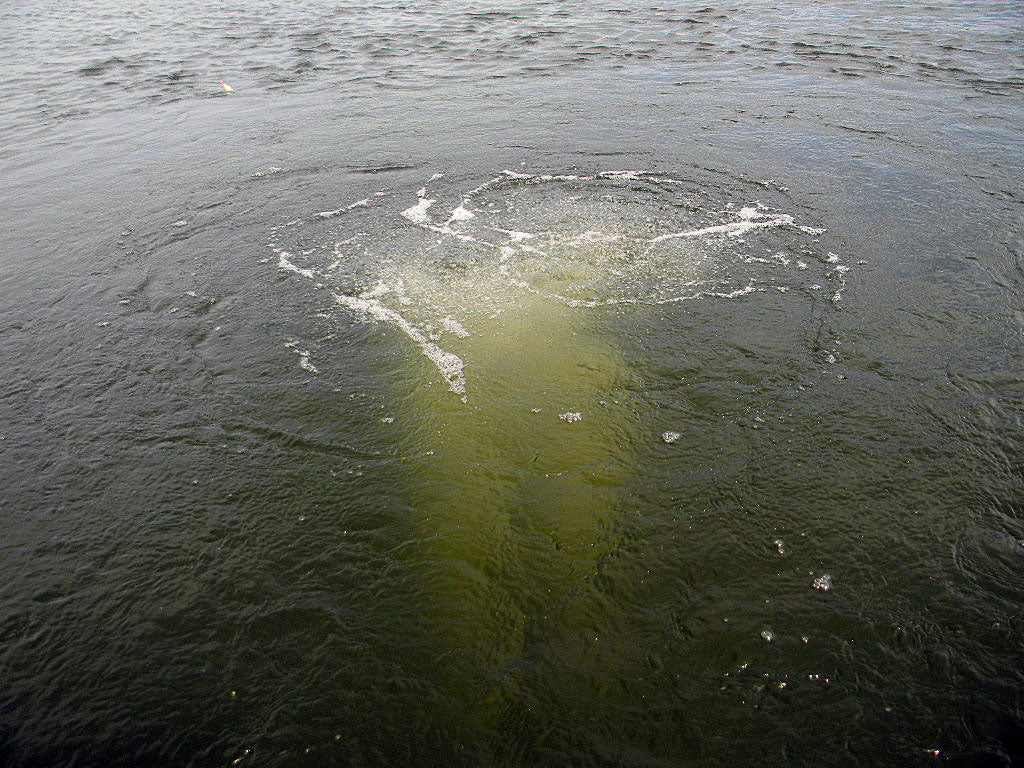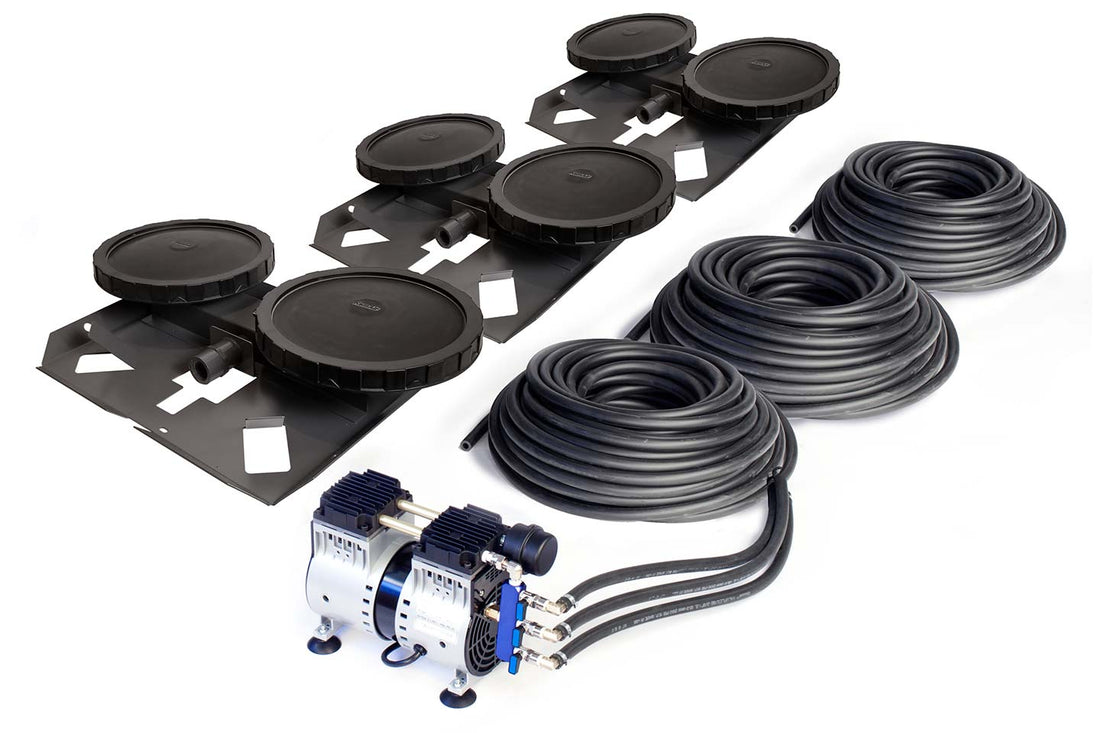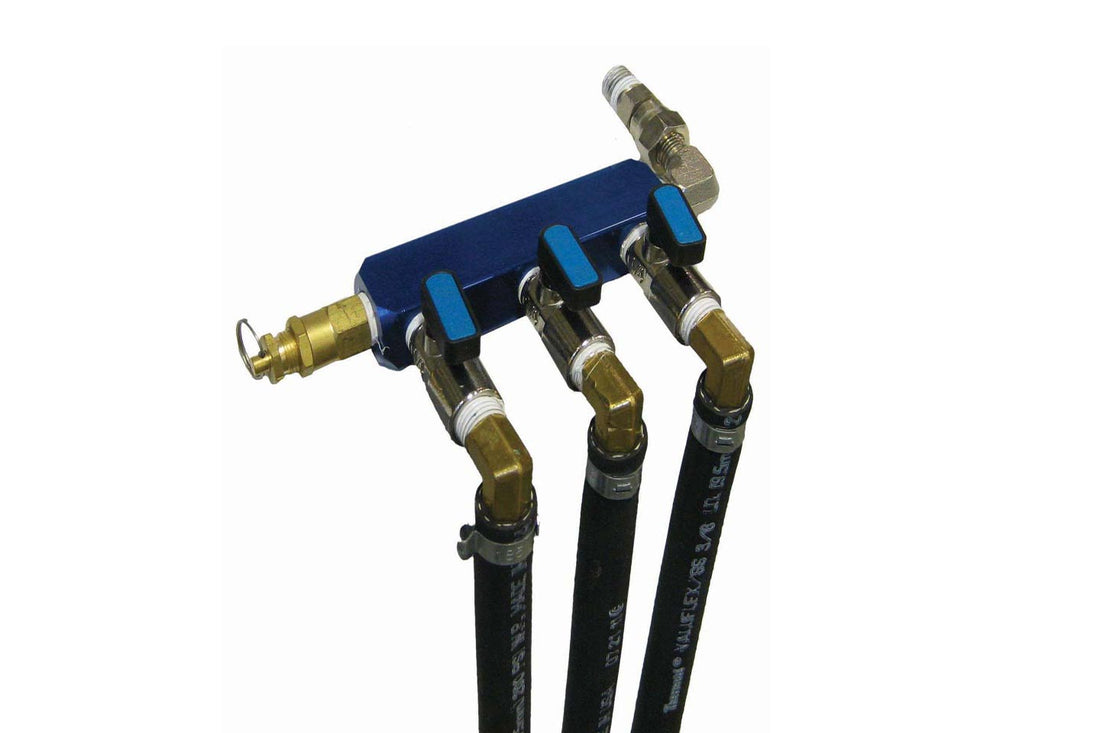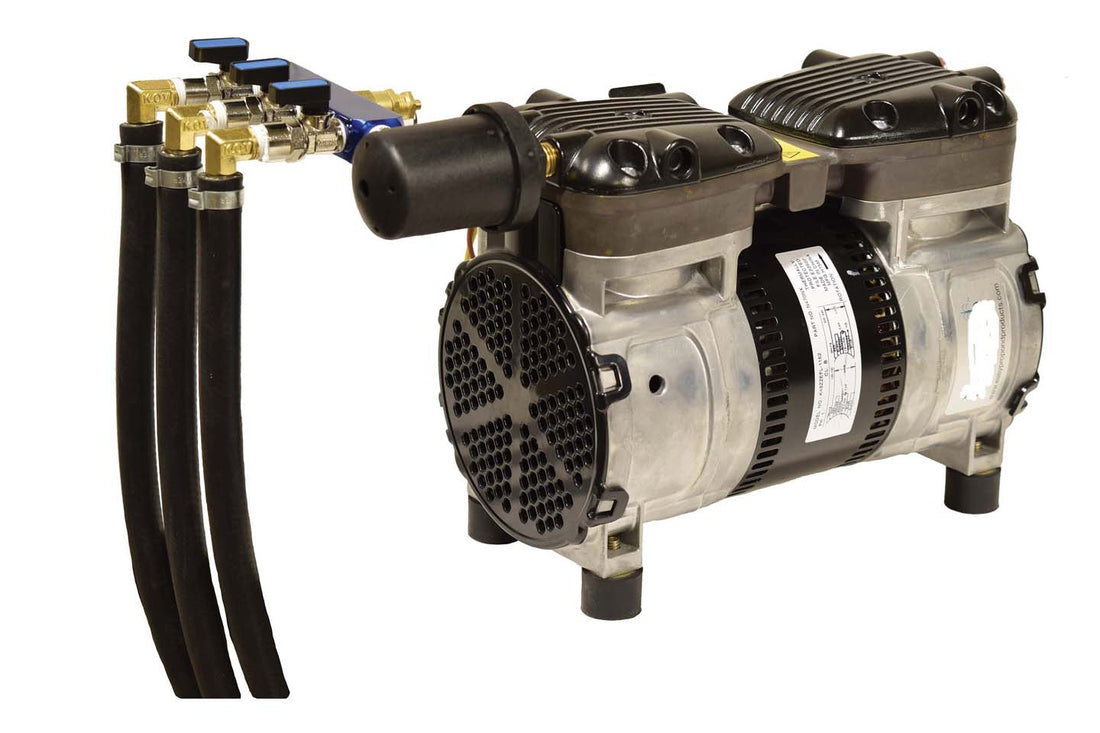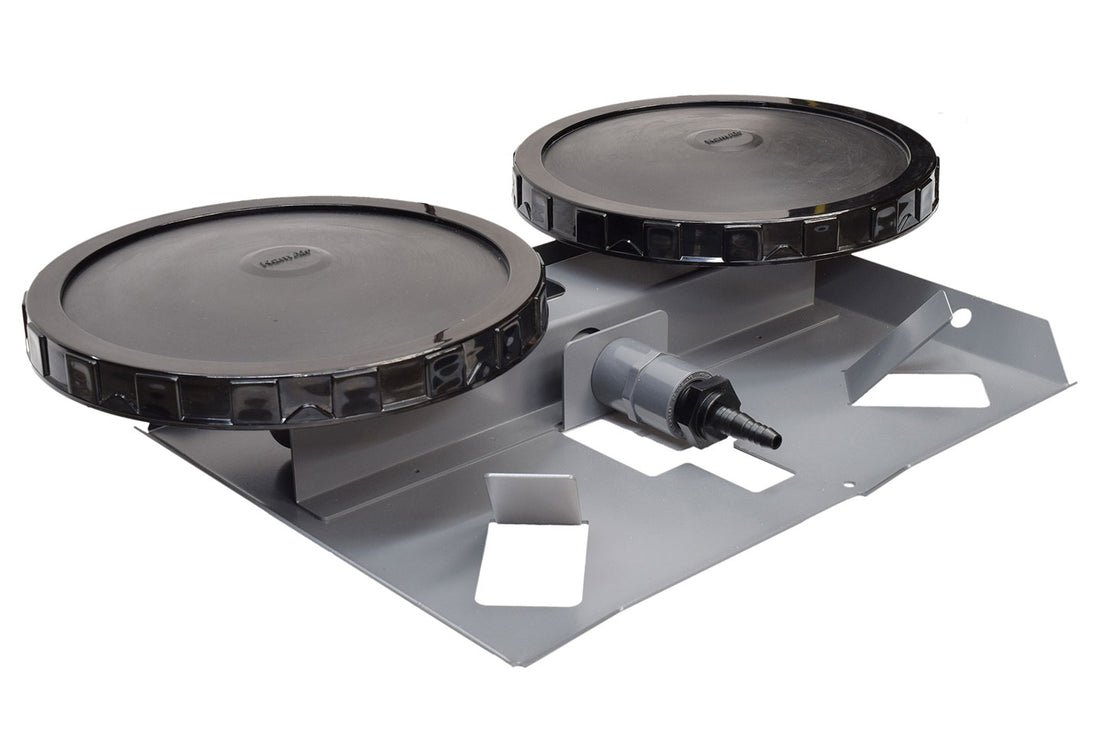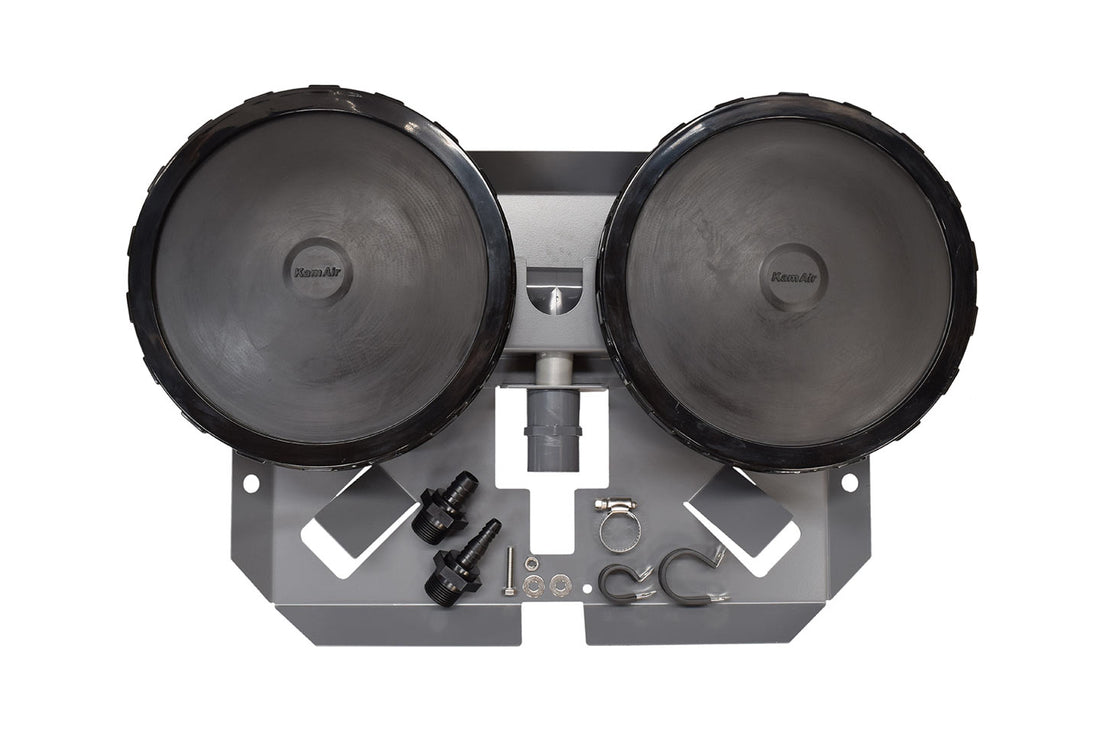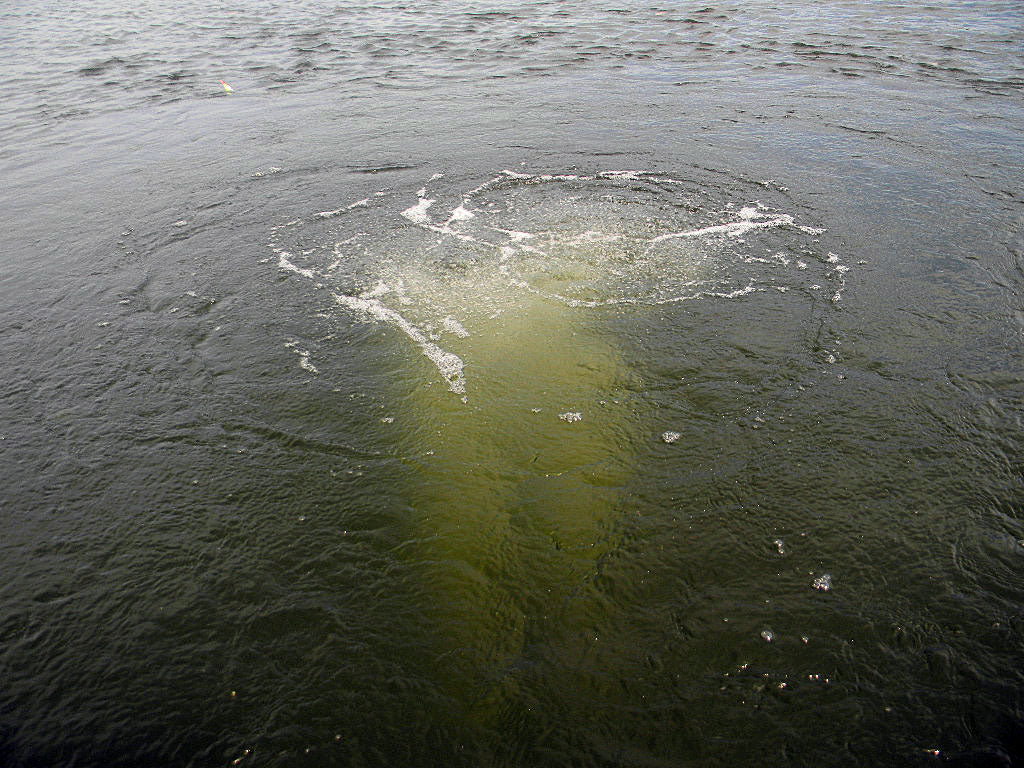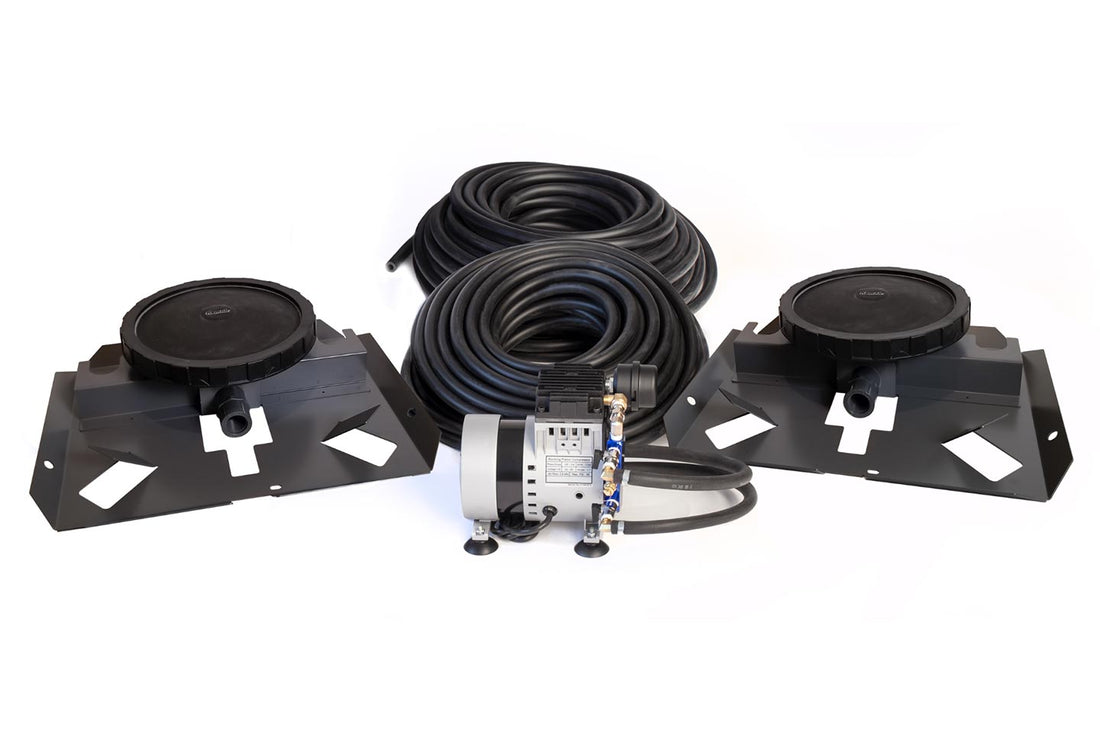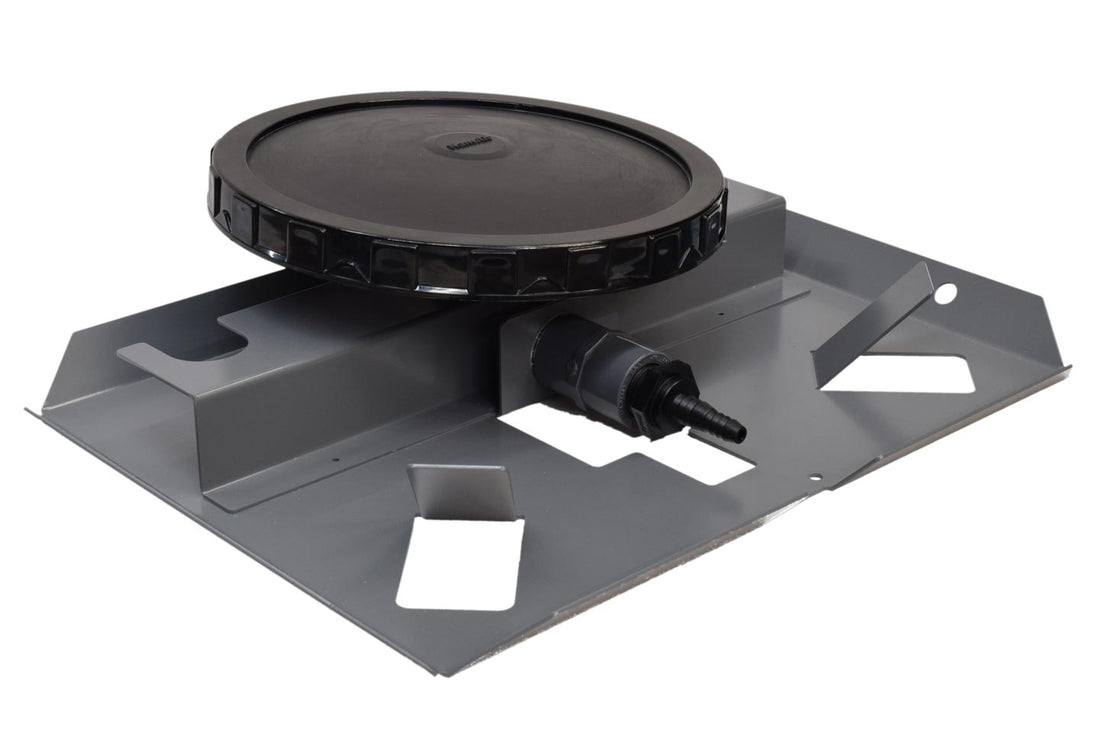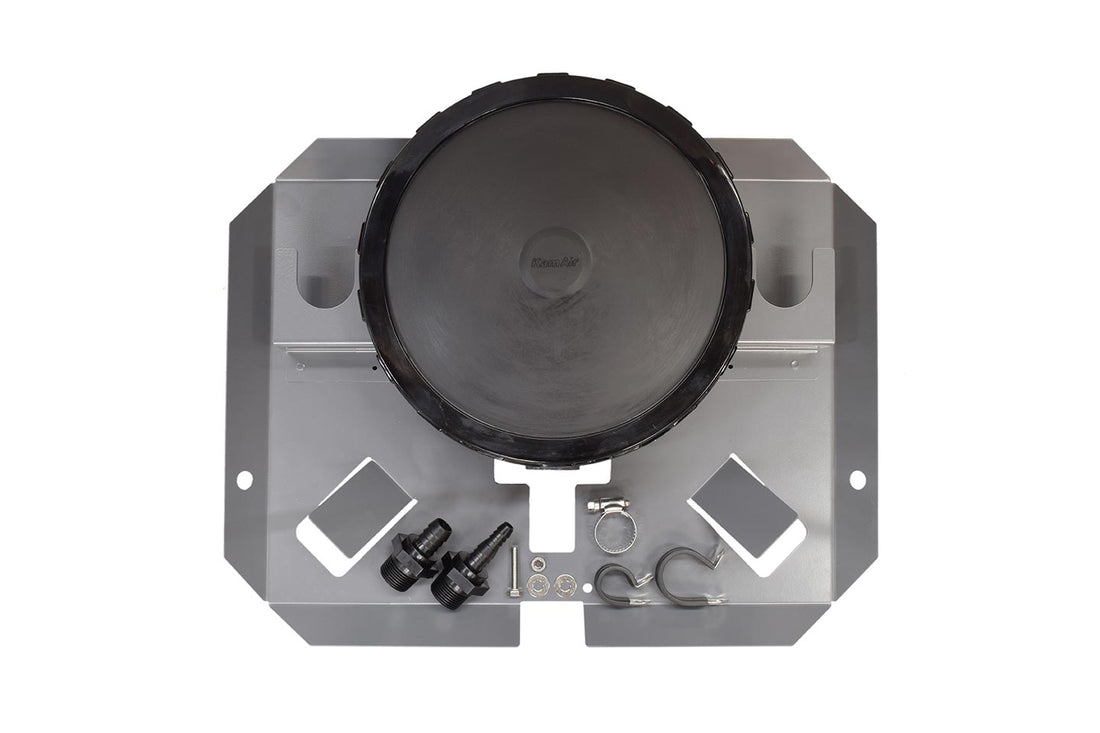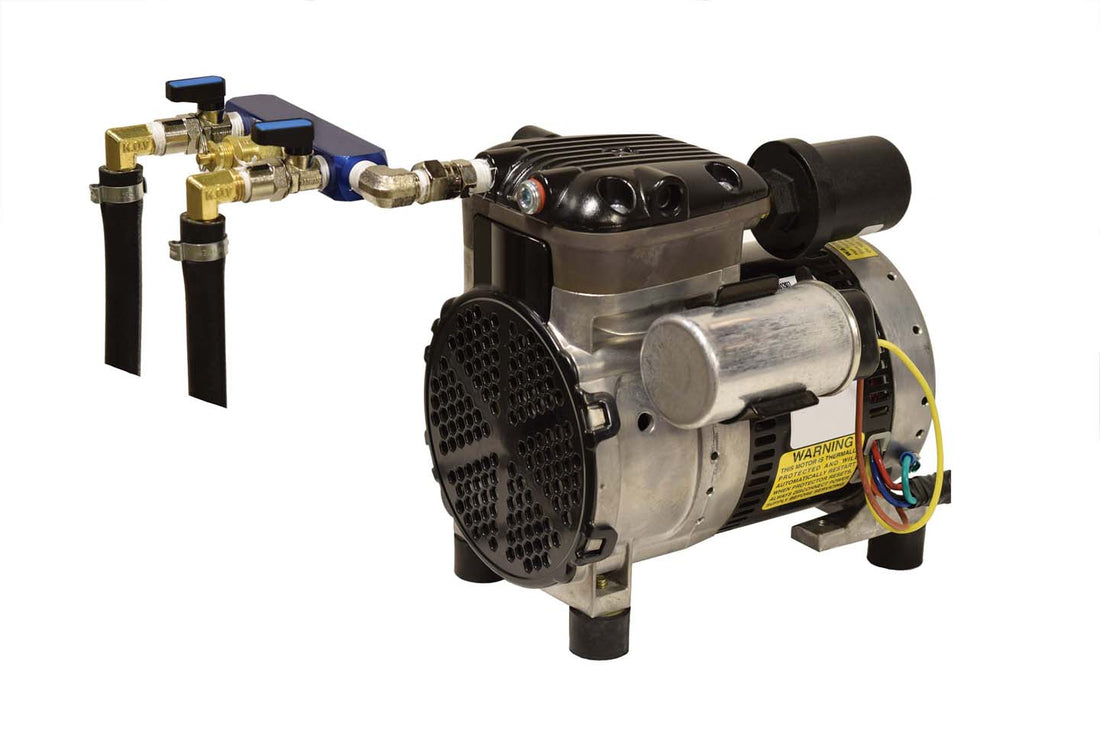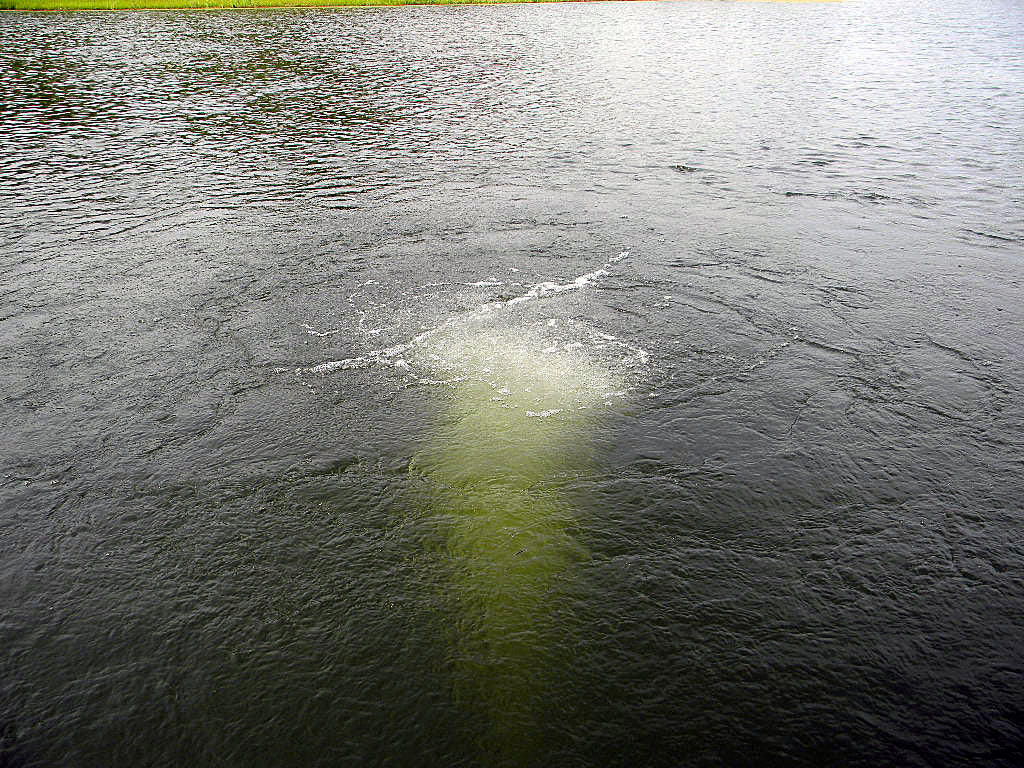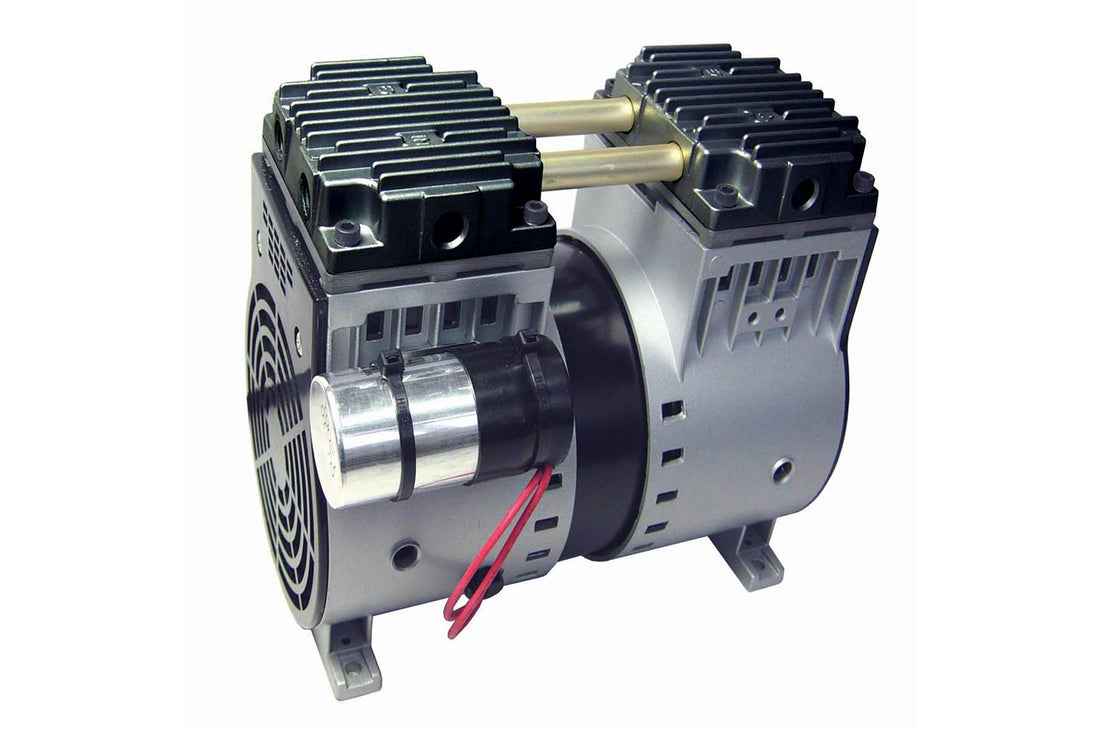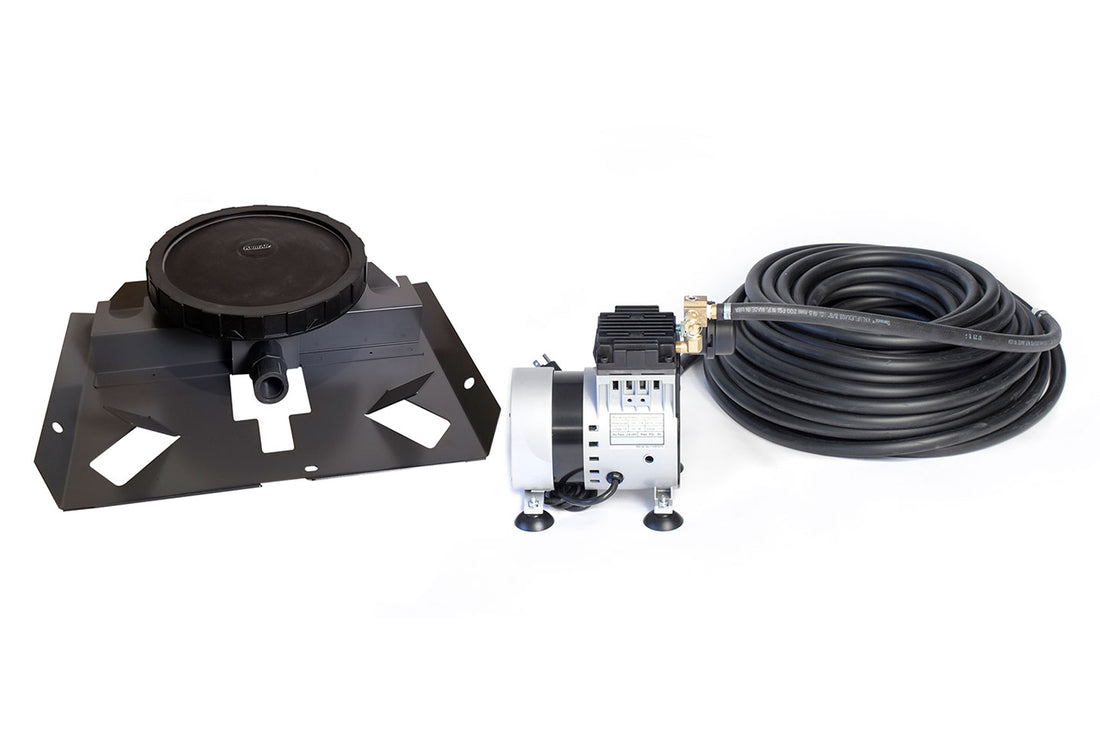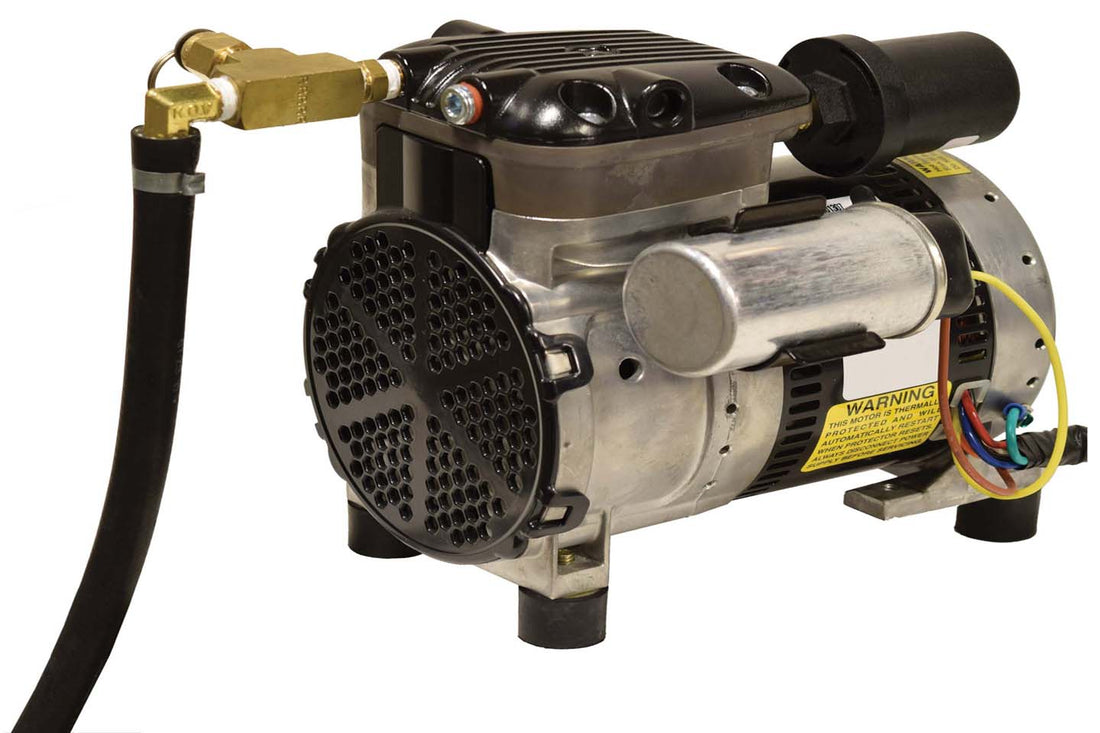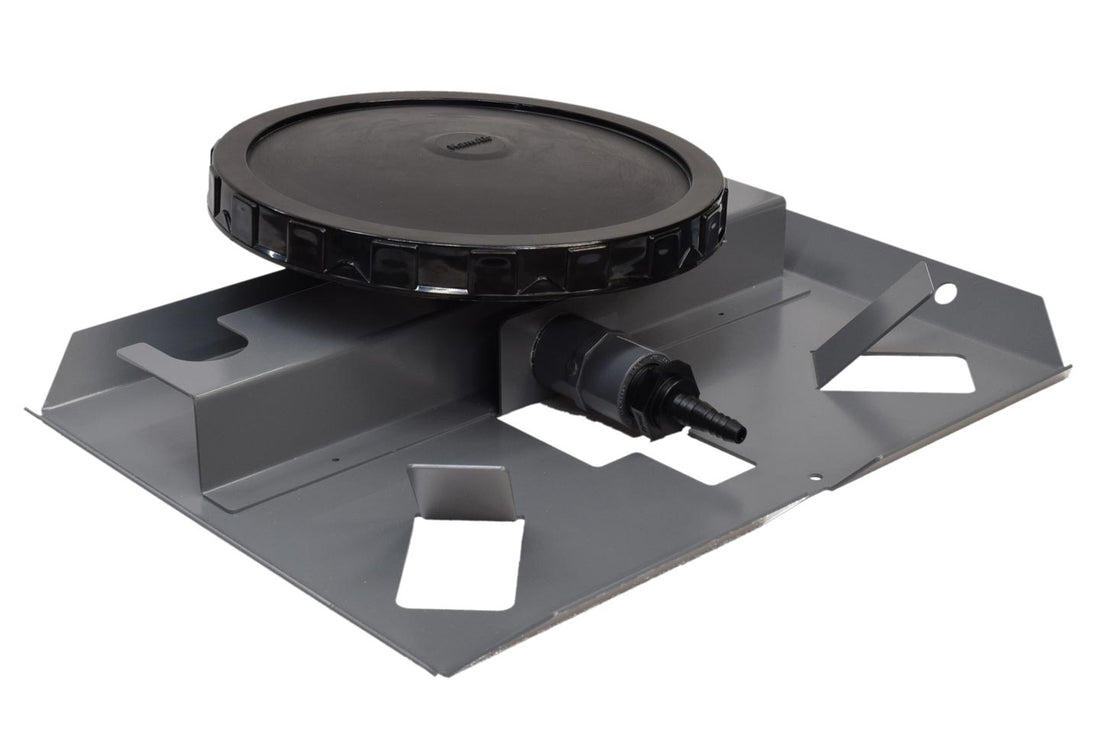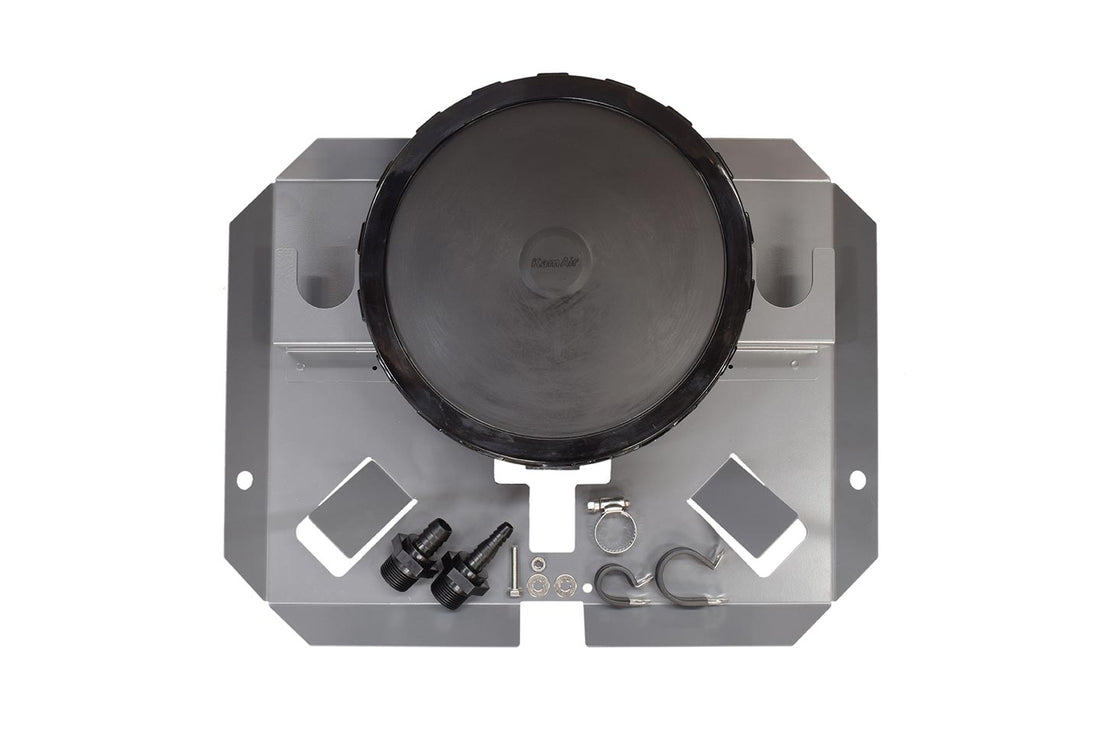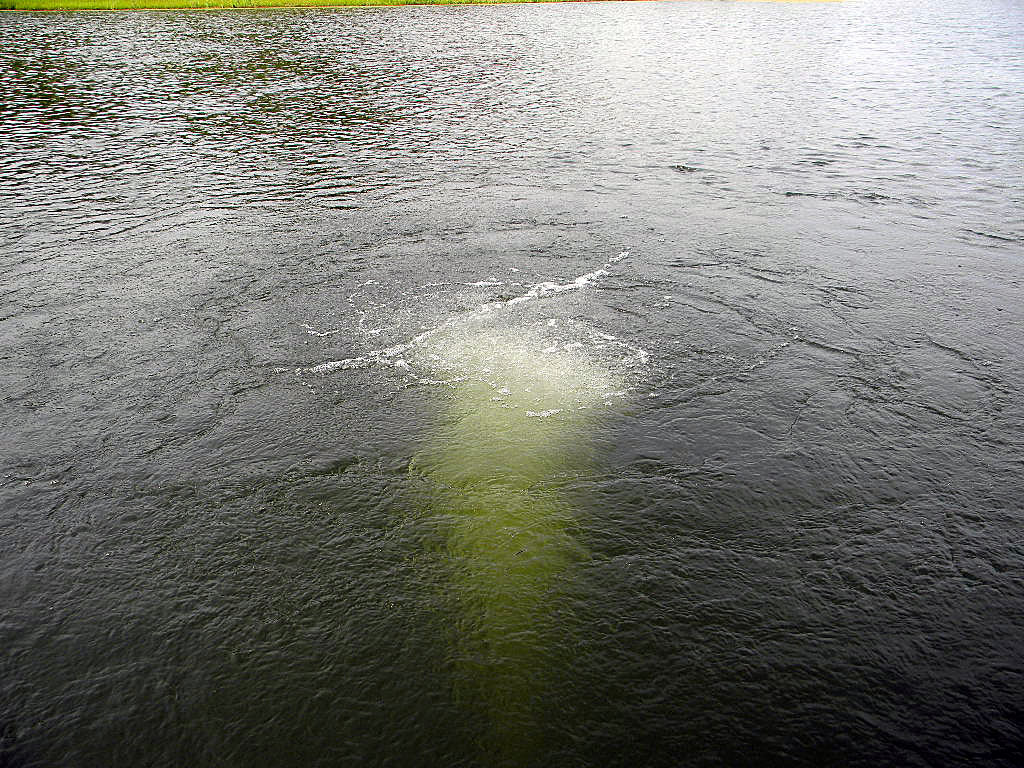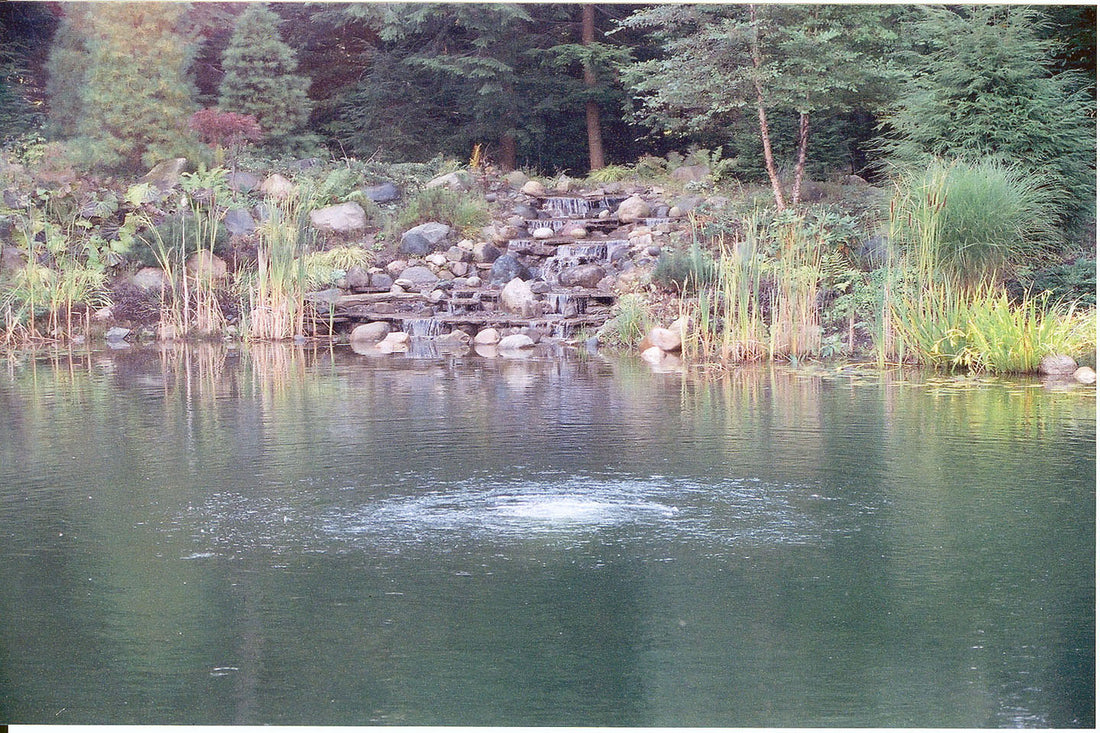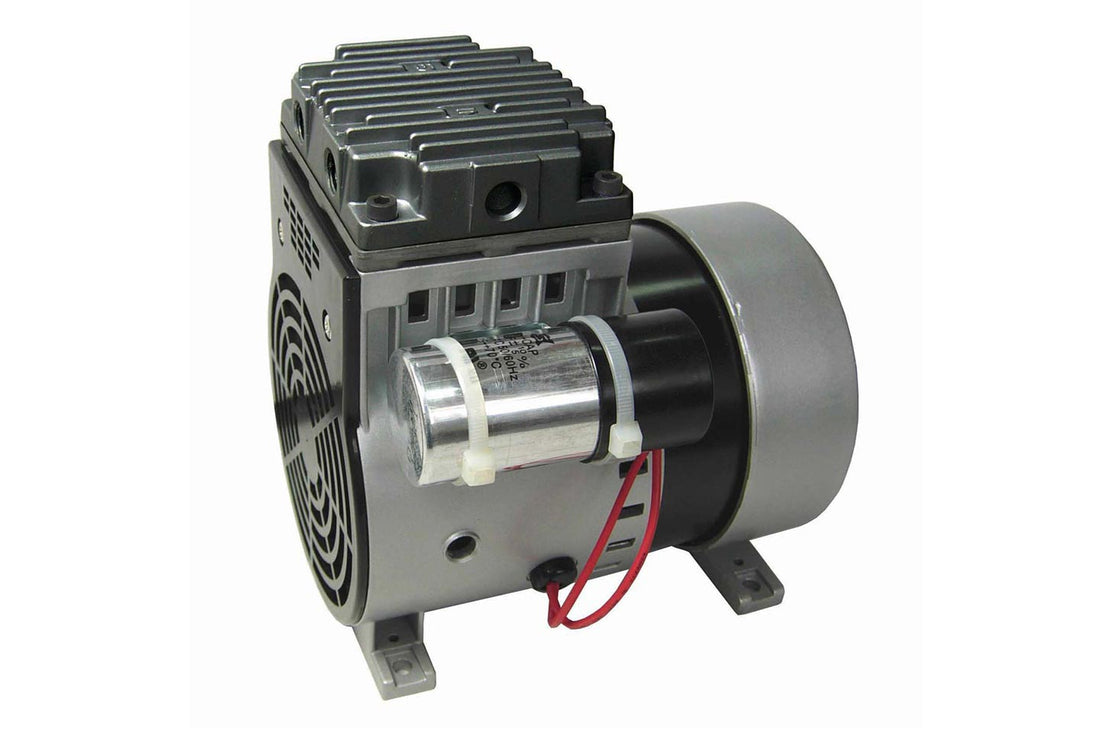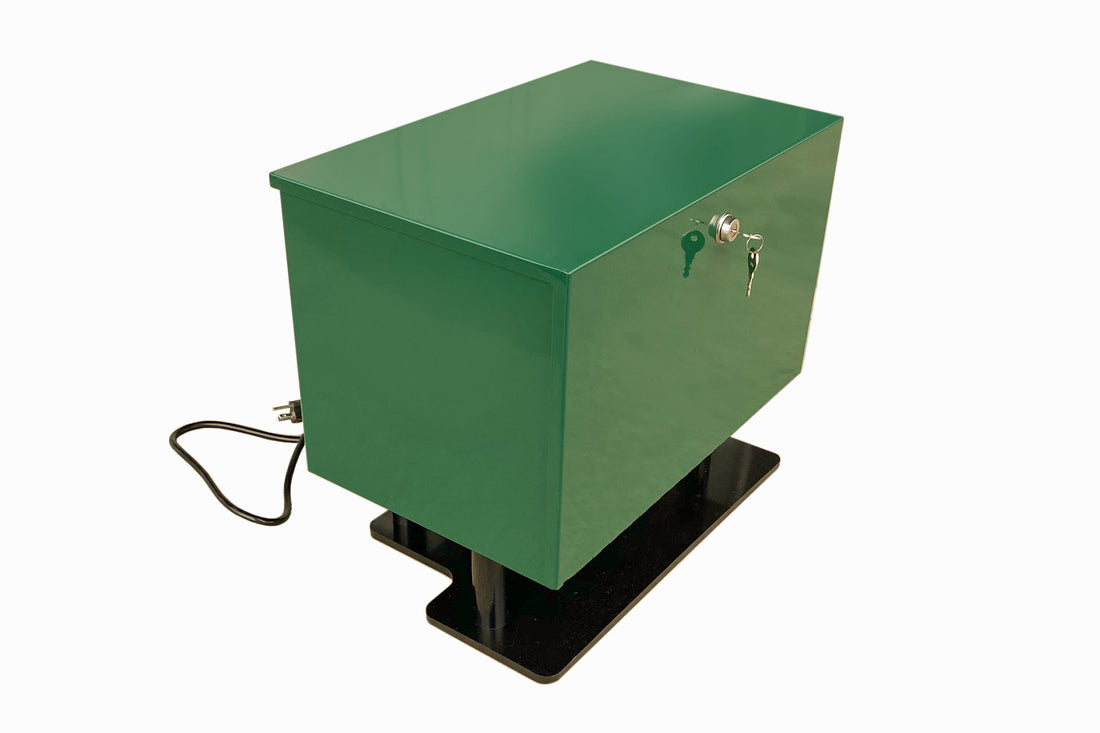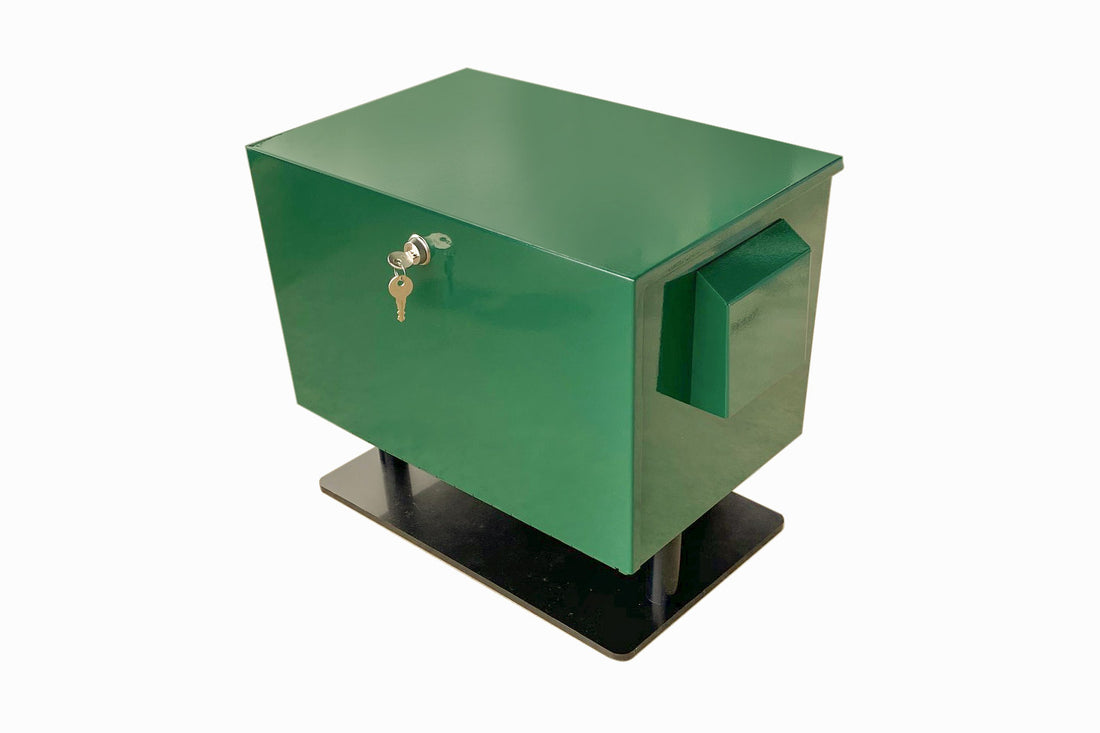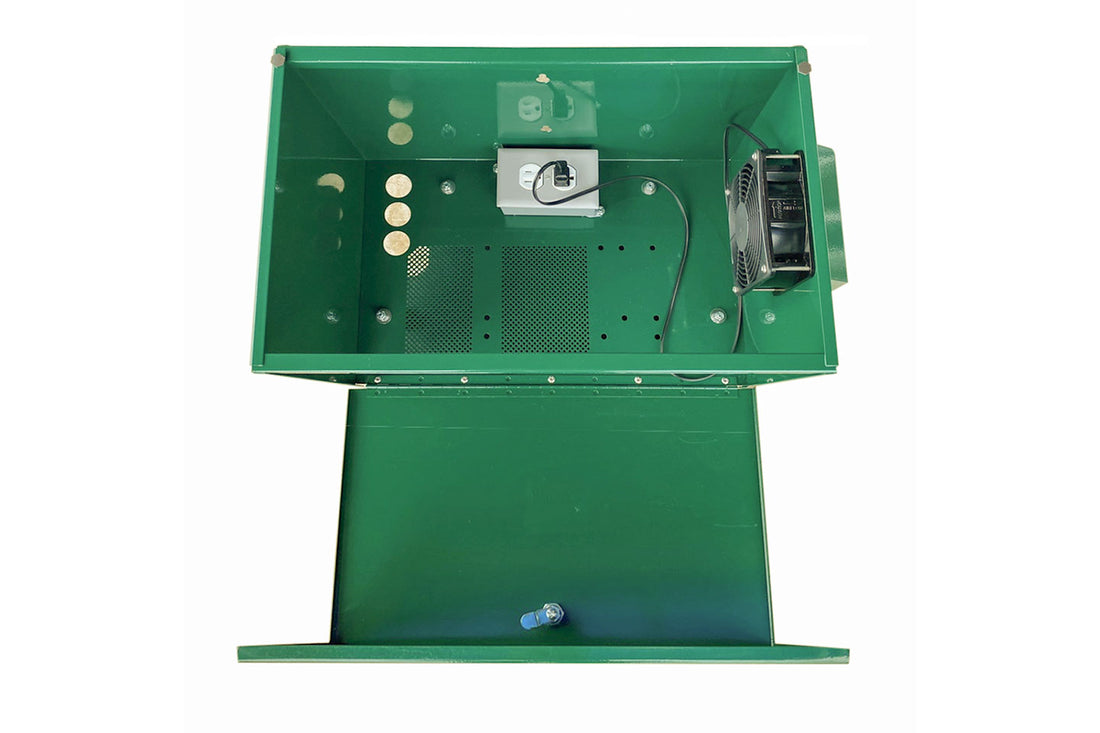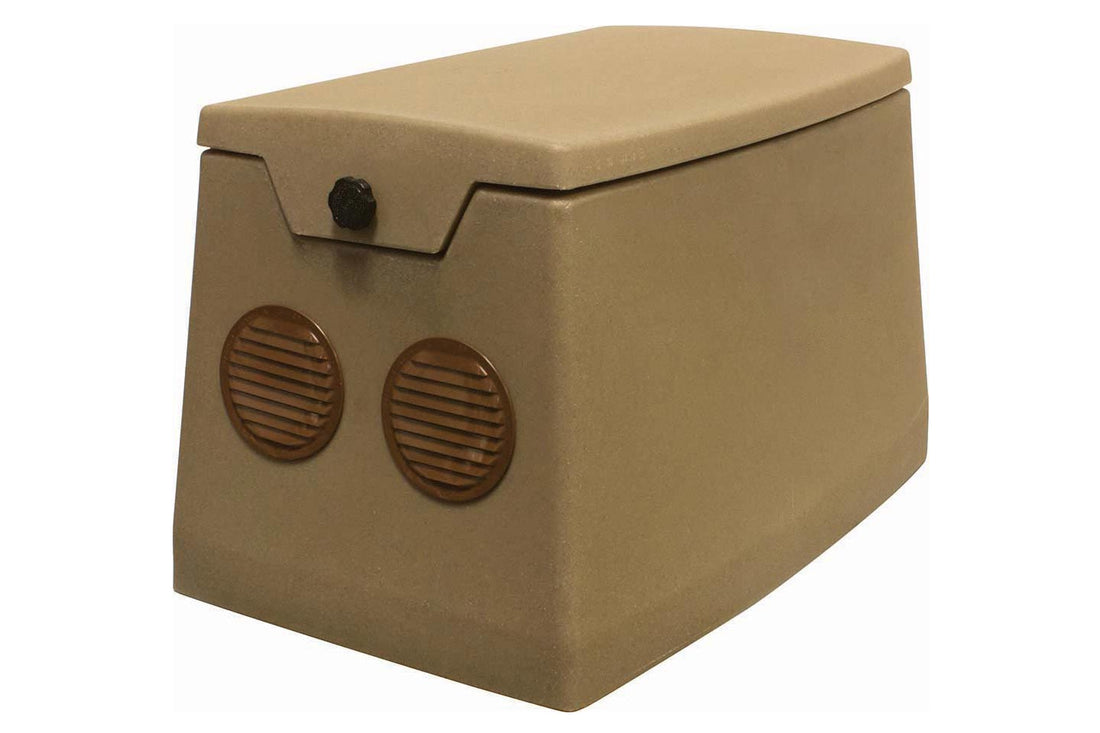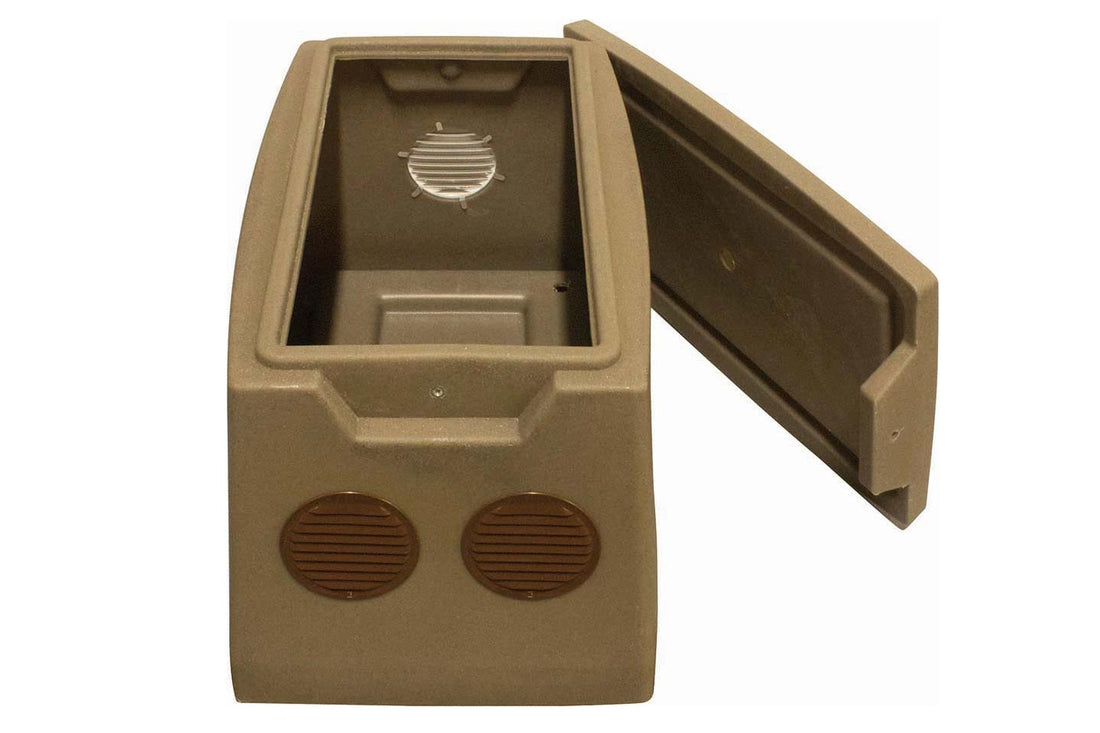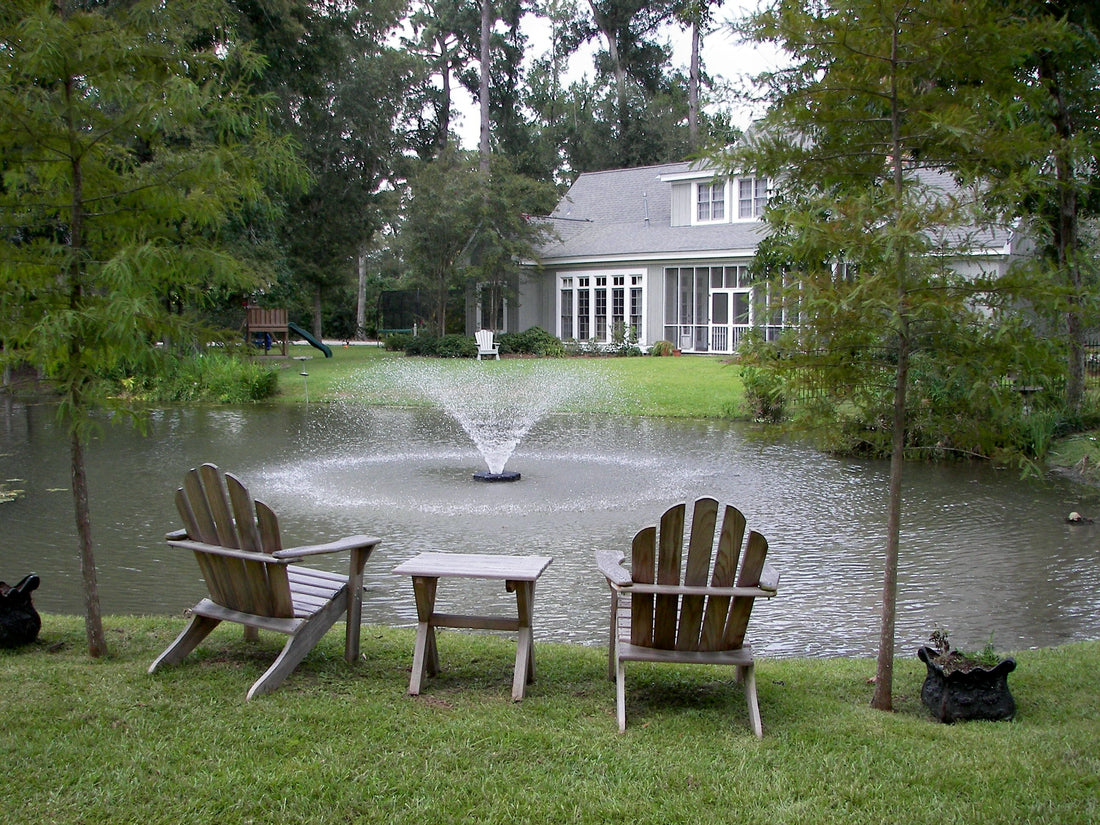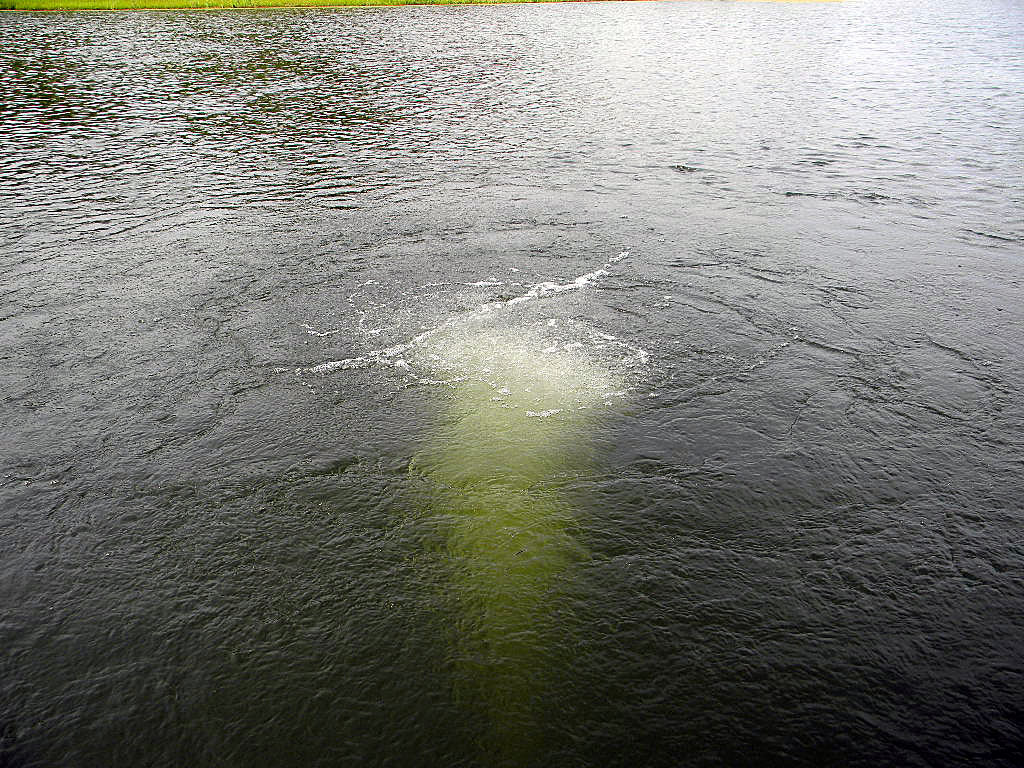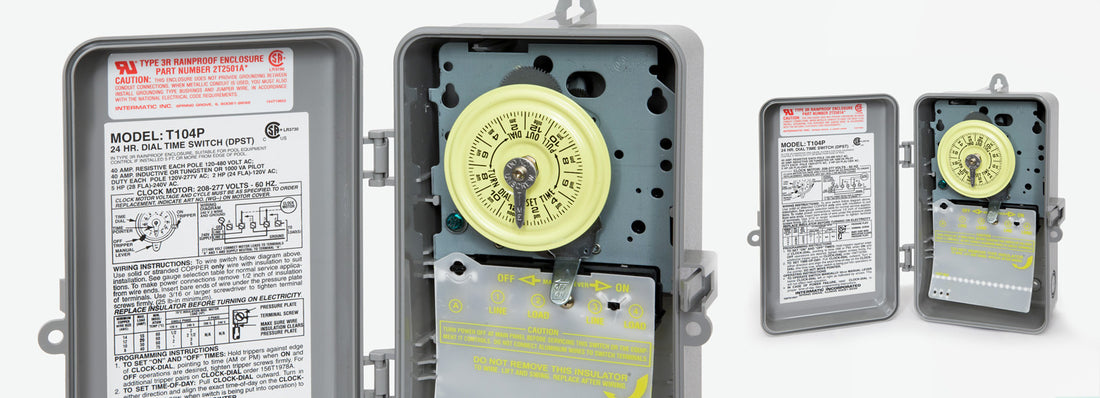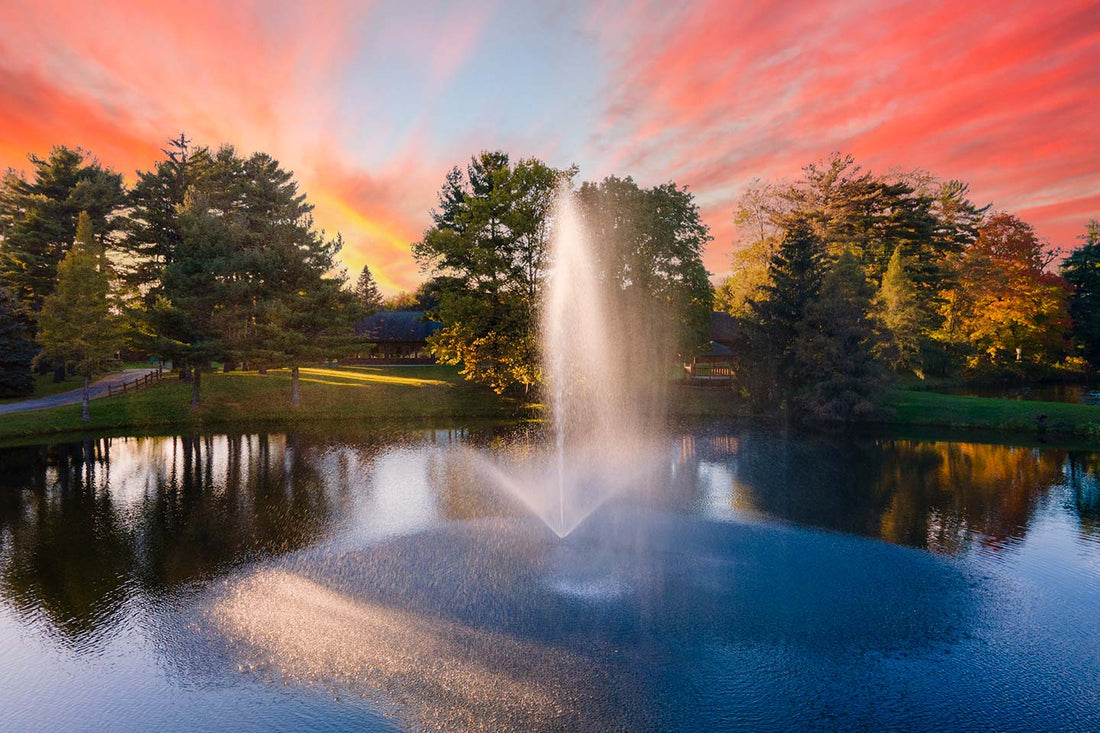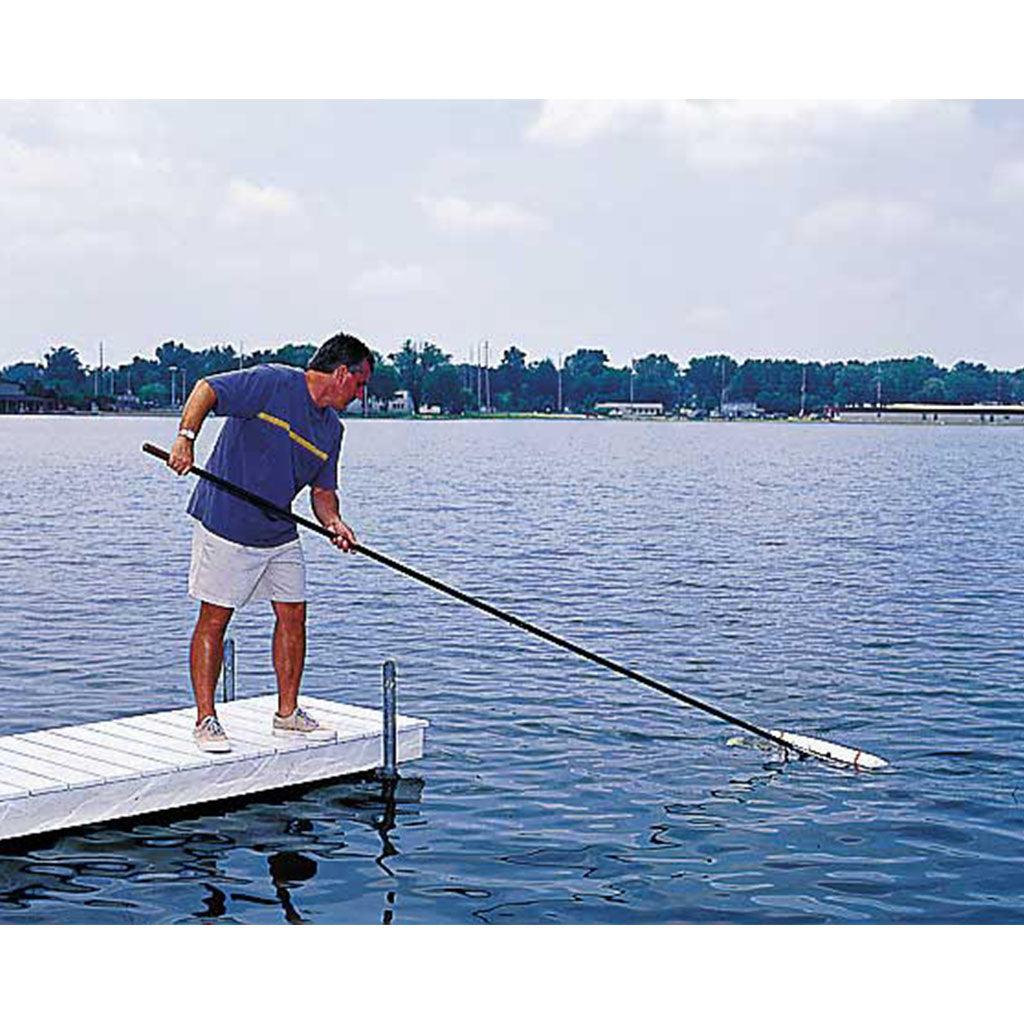How to Choose a Fountain for Your Pond
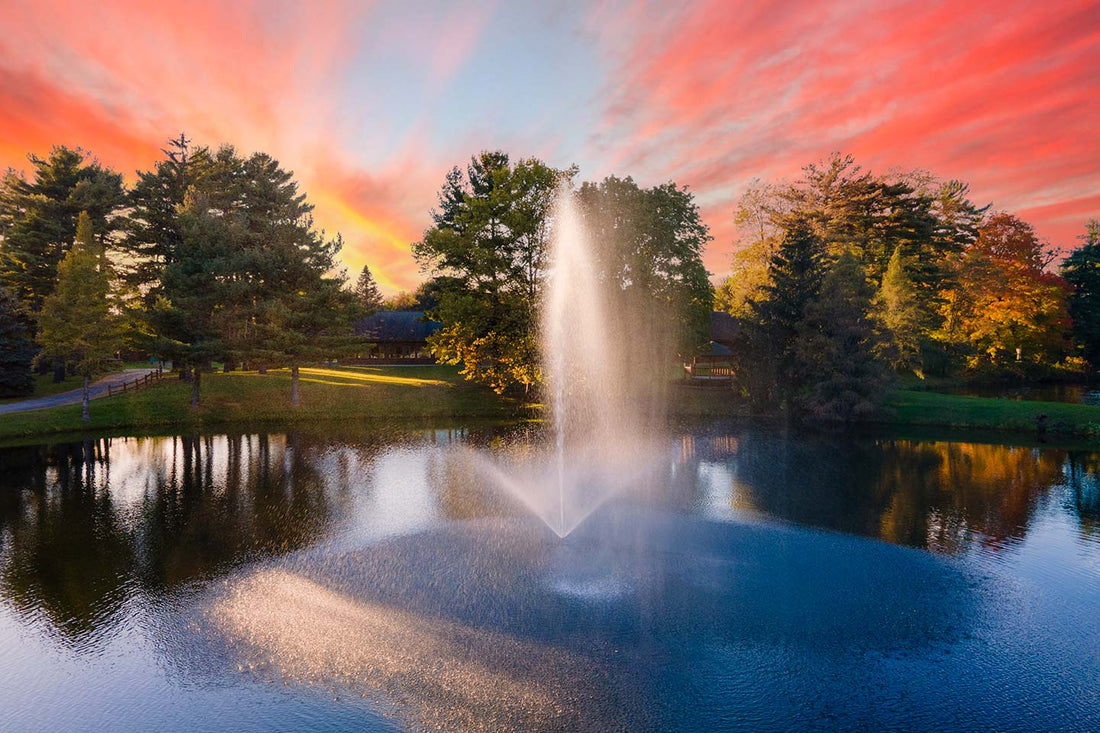
Perhaps nothing accentuates the tranquility of a garden oasis like the gentle dance of water from a pond fountain. Not only do they elevate the aesthetics of the landscape around you, but they also serve a grander purpose – fostering a healthy ecosystem. Choosing the right fountain for your pond is more than a mere decoration; it’s a decision with far-reaching impacts on the environment and the ambiance.
The Elegance and Importance of Pond Fountains
A Vision of Serenity in your Backyard
Pond fountains are an architectural feat in natural settings, a harmonious blend of art and science. The elegance of streaming water can turn an ordinary body of water into a spectacle, captivating visitors and instilling a sense of calm.
The Operational Symphony Underneath
More importantly, fountains are key to your pond's health. Beneath the surface, fountains orchestrate an operational ballet necessary for pond health. By aiding in aeration and circulation, fountains prevent stagnation and balance oxygen levels, promoting the well-being of aquatic life and aesthetic clarity. They are truly the unsung heroes of ponds large and small.
Pond and lake aeration can provide critical improvements in water quality:
- Oxygenation of Water (Dissolved Oxygen): Dissolved oxygen (DO) is a critical indicator of water quality, crucial for the survival of fish and aquatic life.
- Prevents Stratification: This reduces the accumulation of bottom sediments (muck), maintaining a cleaner environment.
- Reduces Algae Growth: Aeration disrupts algae by pushing it away from the surface, limiting its access to sunlight that is essential for its growth.
- Eliminates Foul Odors: Oxygenating the bottom water through aeration reduces the hydrogen sulfide gas responsible for unpleasant smells.
- Decreases Mosquito Activity: Mosquitoes thrive in stagnant water for breeding. A pond aerator or fountain disrupts this calm, making the area less appealing for mosquito breeding.
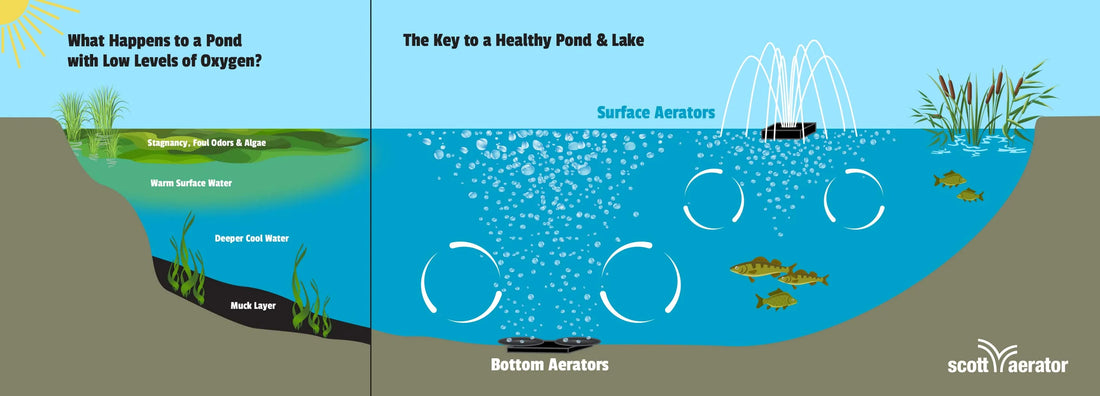
Understanding Your Pond's Needs
Entering the world of pond fountains begins with a study of the very waters they'll inhabit. Before selecting a fountain, it’s critical to conduct a thorough analysis of your pond's needs. Here are essential factors to consider:
Pond Size and Depth
The sheer dimensions of your pond play a pivotal role in fountain selection. A small water body may be overpowered by a towering geyser, while a large lake may require multiple fountains for an effective display.
You can find information on the optimal pond size for all fountains on the APM Store!
Existing Aquatic Life
Aeration, a key benefit of many pond fountains, is crucial for sustaining a healthy aquatic environment. Fountains help in oxygen transfer and preventing stratification, both supporting fish and plant life.
Water Circulation
Stagnant water can foster algae growth. An optimally placed fountain can create a gentle current that discourages algae blooms and promotes a thriving ecosystem.
Type of Fountains for Ponds
Aerating Fountains
- Primarily designed to aerate and destratify the water
- Efficient in oxygenating large bodies of water
- Offer a subtle yet significant flow that's more functional than ornate
- Recommended for larger, deeper ponds with a focus on water quality
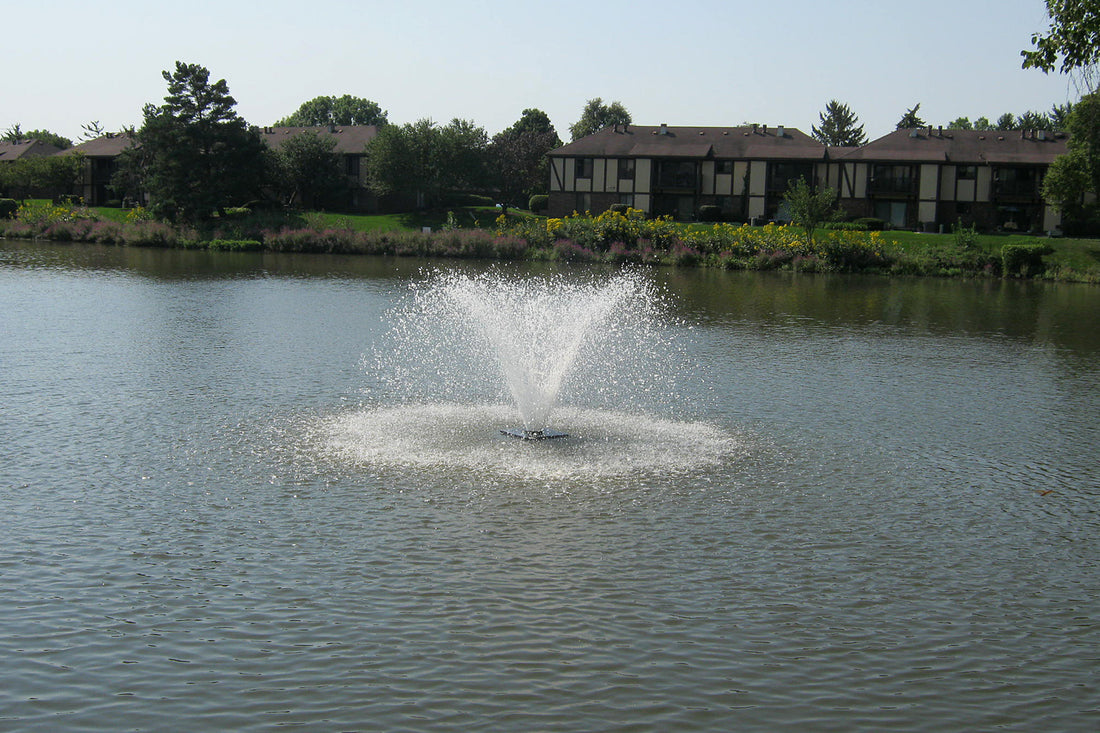
-
Aerating Fountains at APM
Shop now
Decorative Fountains
- Mainly for visual appeal, adding a touch of grandeur
- Available in a myriad of designs like statuary, urns, or basalt columns
- Often combined with LED lights for dramatic night-time displays
- Work best in tandem with additional aerators for complete water health management

-
Decorative Fountains at APM
Shop now
Surface Aerators
- Ideal for smaller to medium-sized ponds
- A self-contained unit that floats on the water’s surface
- Easy to install and relocate
- Available in a range of heights and patterns, from delicate sprays to dramatic cascades
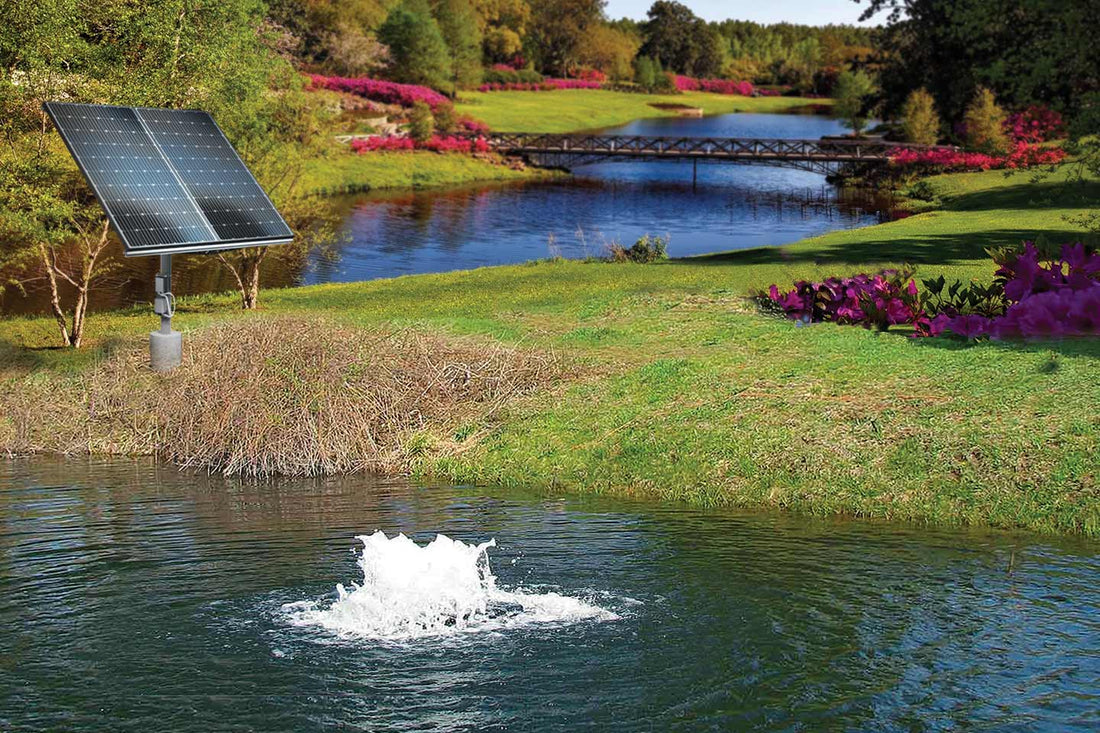
-
Surface Aerators at APM
Shop now
Sub Surface Aerators
- High Efficiency in Deep Water: Sub surface aerators are exceptional for deeper ponds where surface aeration is less effective. They deliver oxygen directly to lower water levels, promoting thorough circulation.
- Minimal Surface Disturbance: Unlike fountains, these systems work beneath the surface, maintaining the pond's natural appearance and minimizing evaporation.
- Improved Water Clarity and Quality: By aerating from the bottom up, sub surface aerators help clear up murky water and enhance overall water quality by reducing the buildup of harmful gases and detritus.
- Energy Conservation: Often more energy-efficient than their surface counterparts, sub surface aerators can offer a cost-effective solution for large-scale aeration needs.
- Wildlife-Friendly: The lack of visible equipment and reduced surface disturbance make these aerators ideal for ponds that serve as habitats for fish and other aquatic animals.
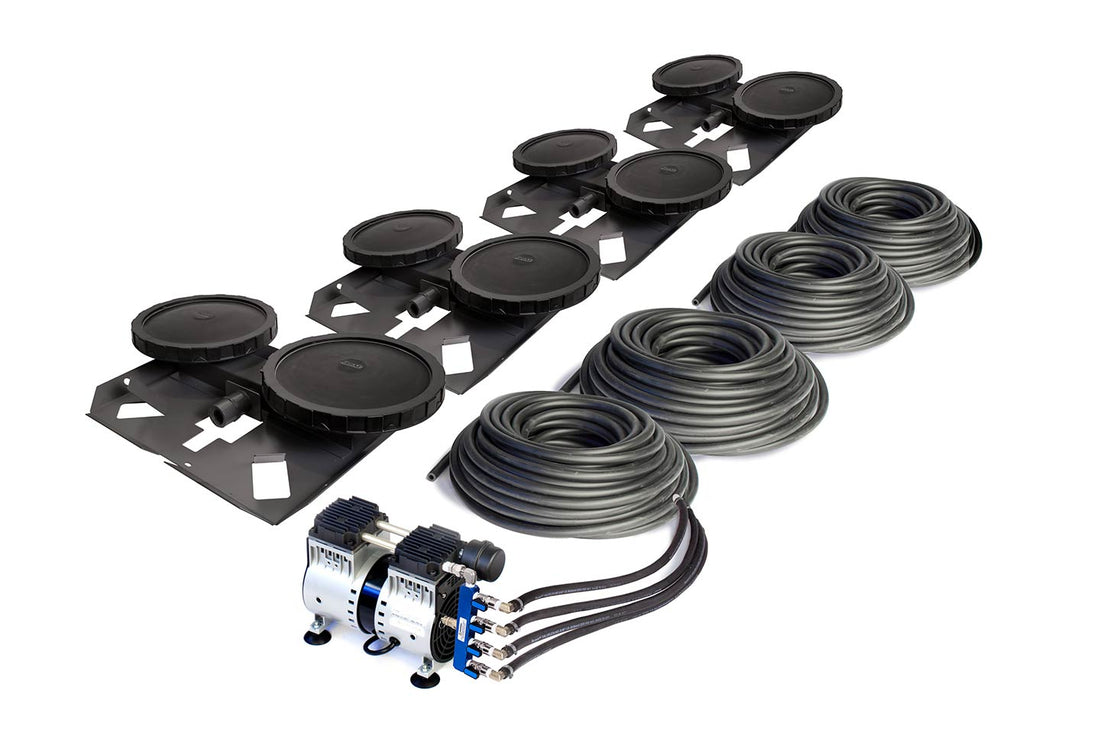
-
Sub Surface Aerators at APM
Shop now
All Pond Fountains at APM
-
Decorative Fountains
View all
-
Fountains & Aeration Systems
View all
-
Sub-Surface Aerators
View all
Power Considerations: 115V or 230V
Most pond fountains come with two power options: 115V or 230V. Disclaimer: here at APM we are not and do not want to be electricians. Please consult your local electrician before committing to and installing a pond fountain for your home.
Below is a quick explanation of a few things to consider and the pros and cons of each type of power:
115V
- Works with most home electrical systems without any special conversion setups
- Uses more electricity in the long run
- Decreases electrical efficiency and decreases distance the unit can be from the power source
- Ponds far from the power source can brush up against the limits of the 115V capabilities and cause issues
230V
- More efficient
- Can serve more powerful fountains with longer wire options
- Can provide more distance between the fountain and power source
- Requires a conversion from normal 120V household electrical systems
Again, please consult an electrician to ensure you are choosing the correct voltage and wire length for your fountain.
Installation and Maintenance Tips
Once the perfect fountain has been procured, the next vital step is installation. Correct placement, electrical considerations, and proper anchoring are all paramount to ensure your fountain operates seamlessly.
Ongoing maintenance is just as crucial. Regular checks for debris, motor performance, and pump integrity can extend the life of your fountain. Seasonal adjustments to the spray pattern or height may also be necessary to combat the varying challenges of nature.
In the world of pond fountains, the fine details set magnificent displays apart. Selecting the ideal fountain for your pond is a commitment to the broader canvas of nature that you've chosen to cultivate.
This meticulous process ensures not only a stunning visual element for your landscape but also an instrumental player in the health and vigor of your water body.
Do not hesitate – consult this guide, understand your pond, and usher in the graceful cadence of water as it arcs and splays in accord with the pulse of your personal oasis.
Ready to take the plunge into a world of pond fountains? Whether you seek an environmental powerhouse, a visual centerpiece, or a synergy of both, Midwest Ponds stands ready to guide you towards the perfect selection. Visit us today and uncover the myriad ways a fountain can transform your pond – and your appreciation of its wonders.

